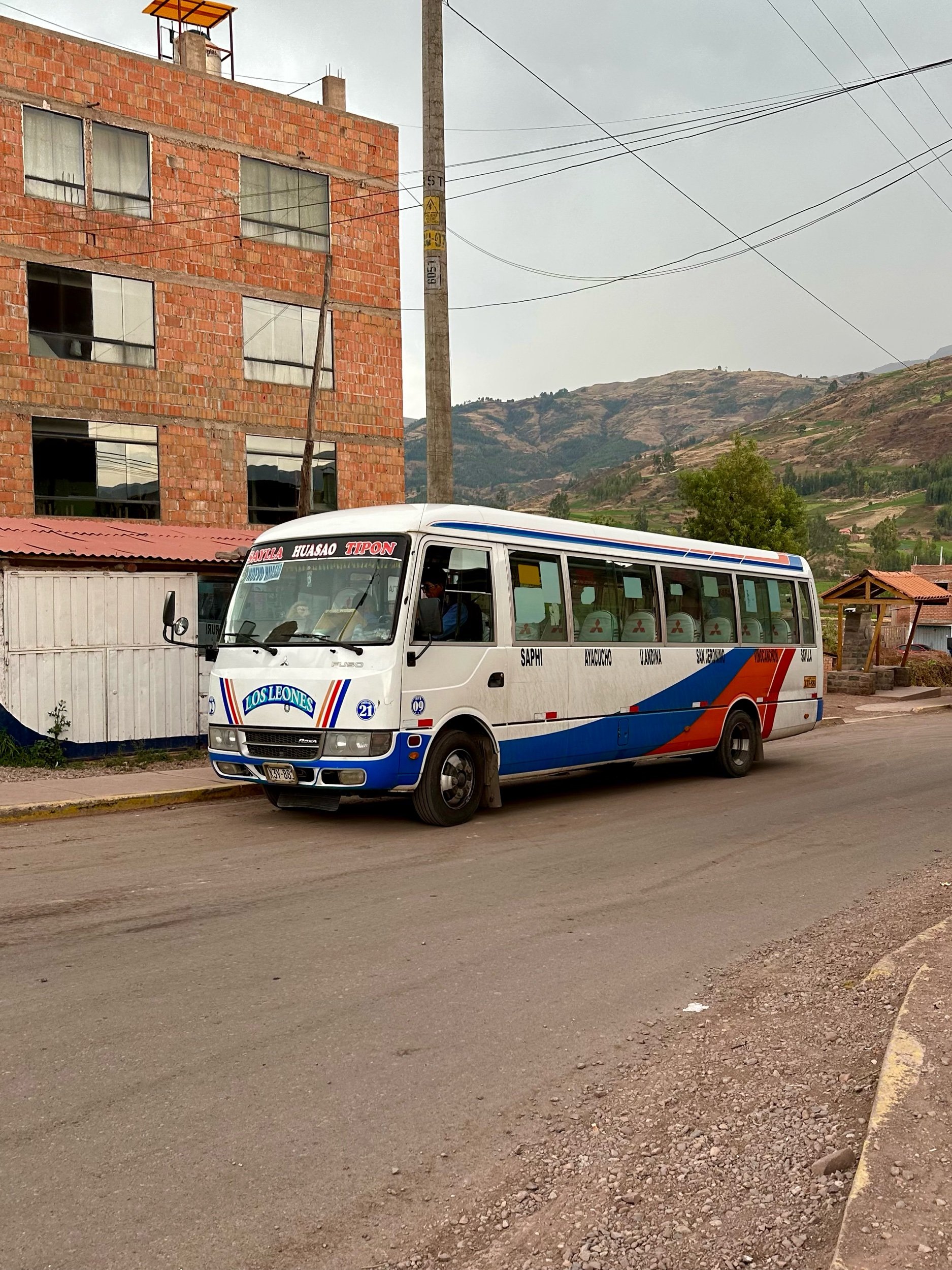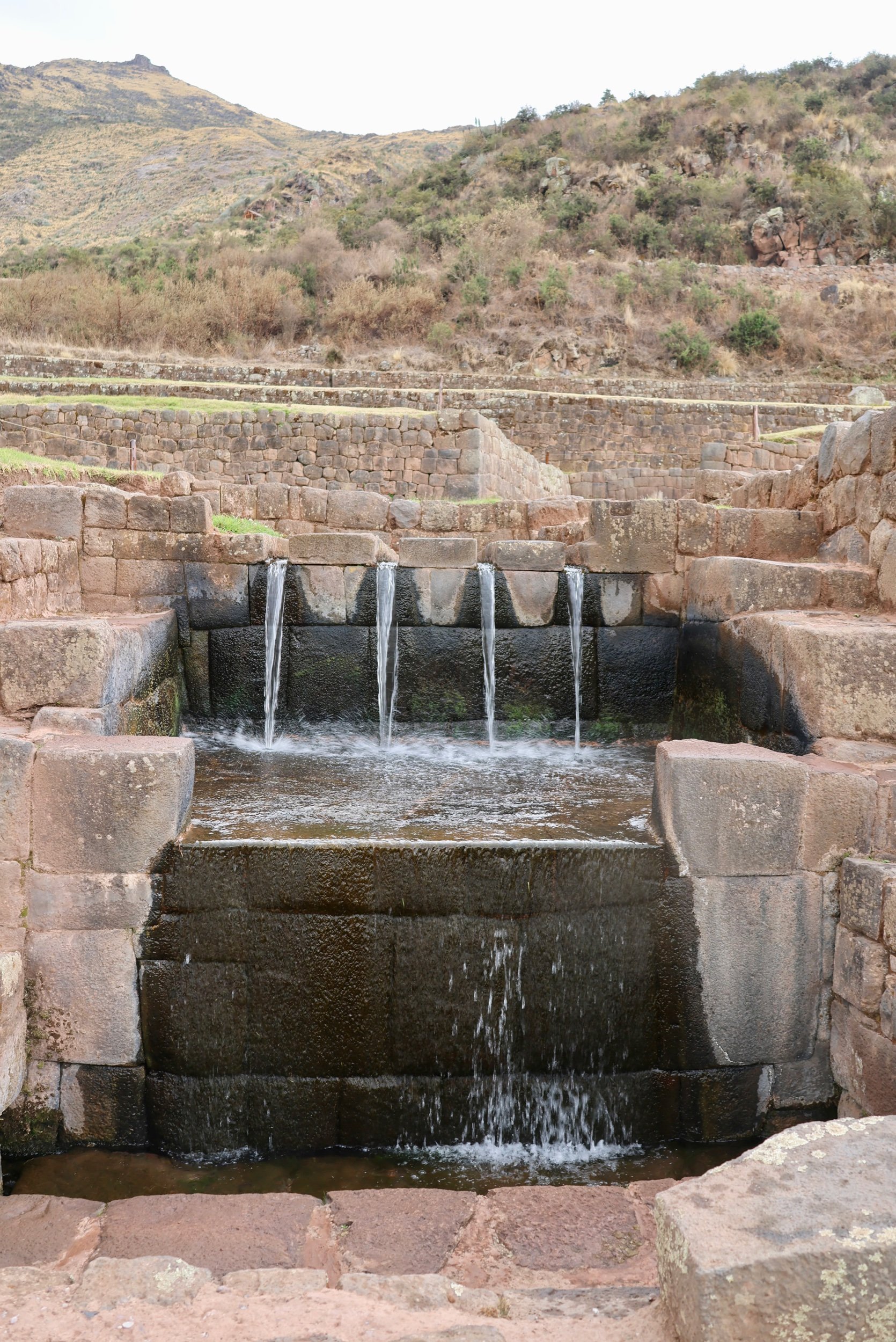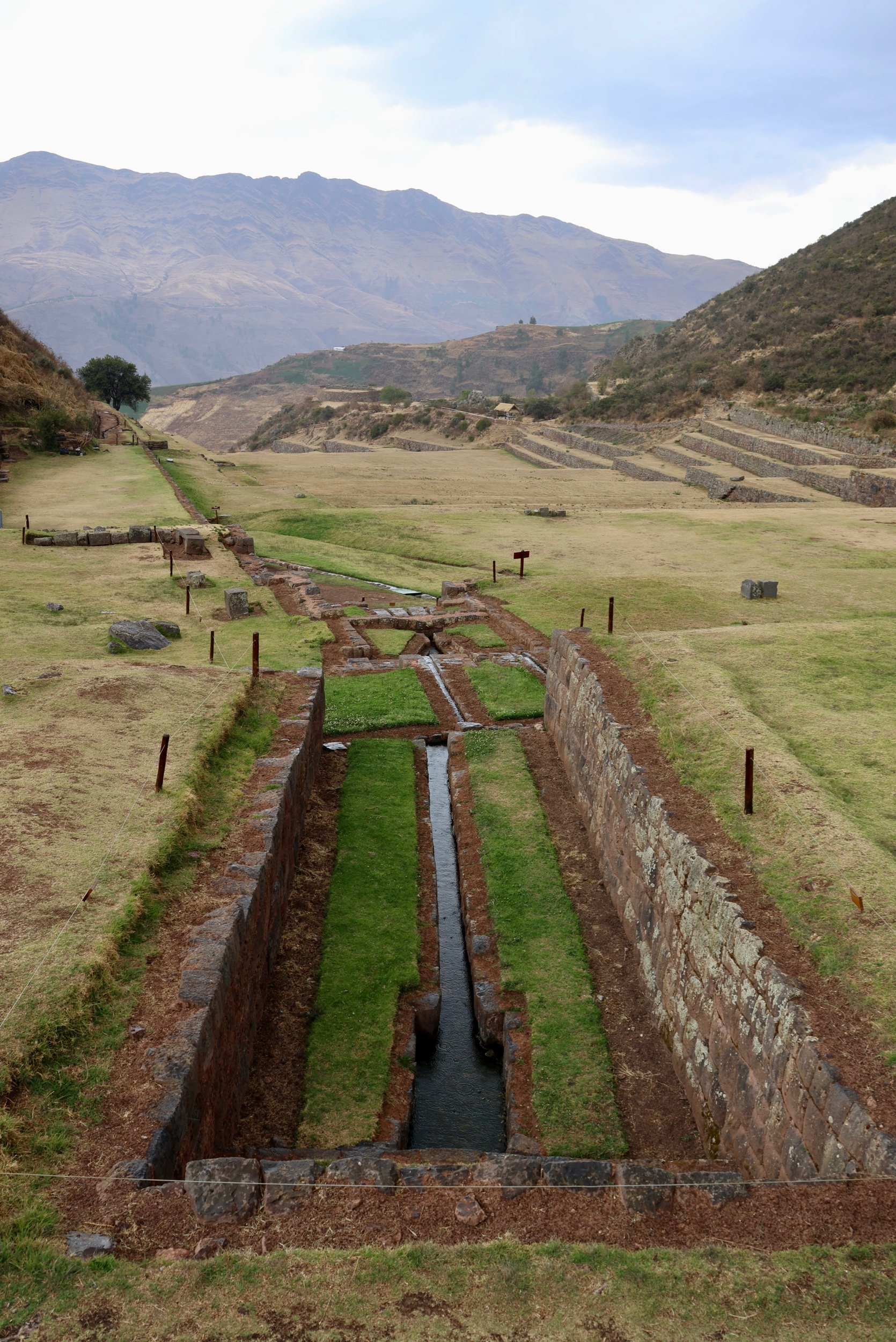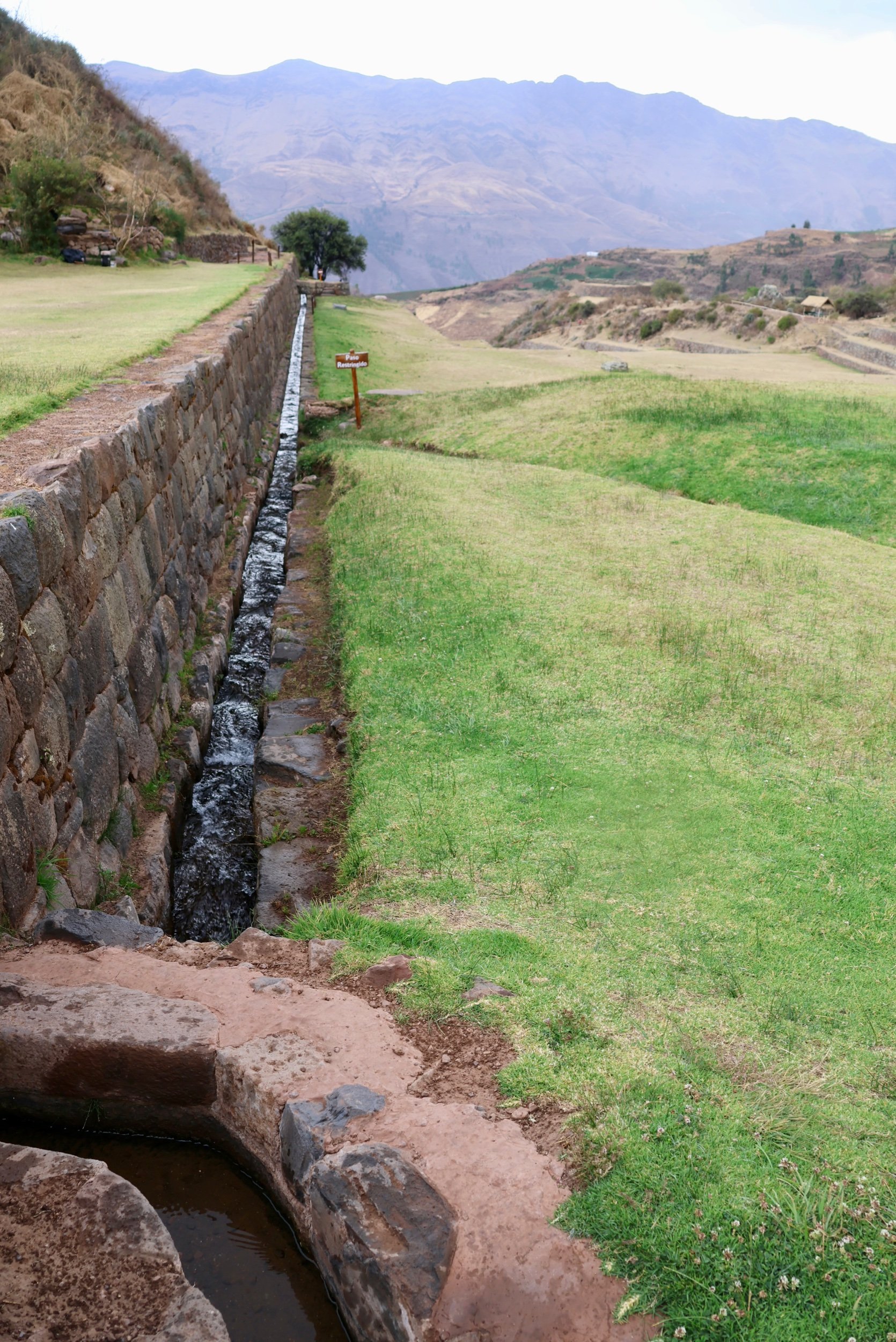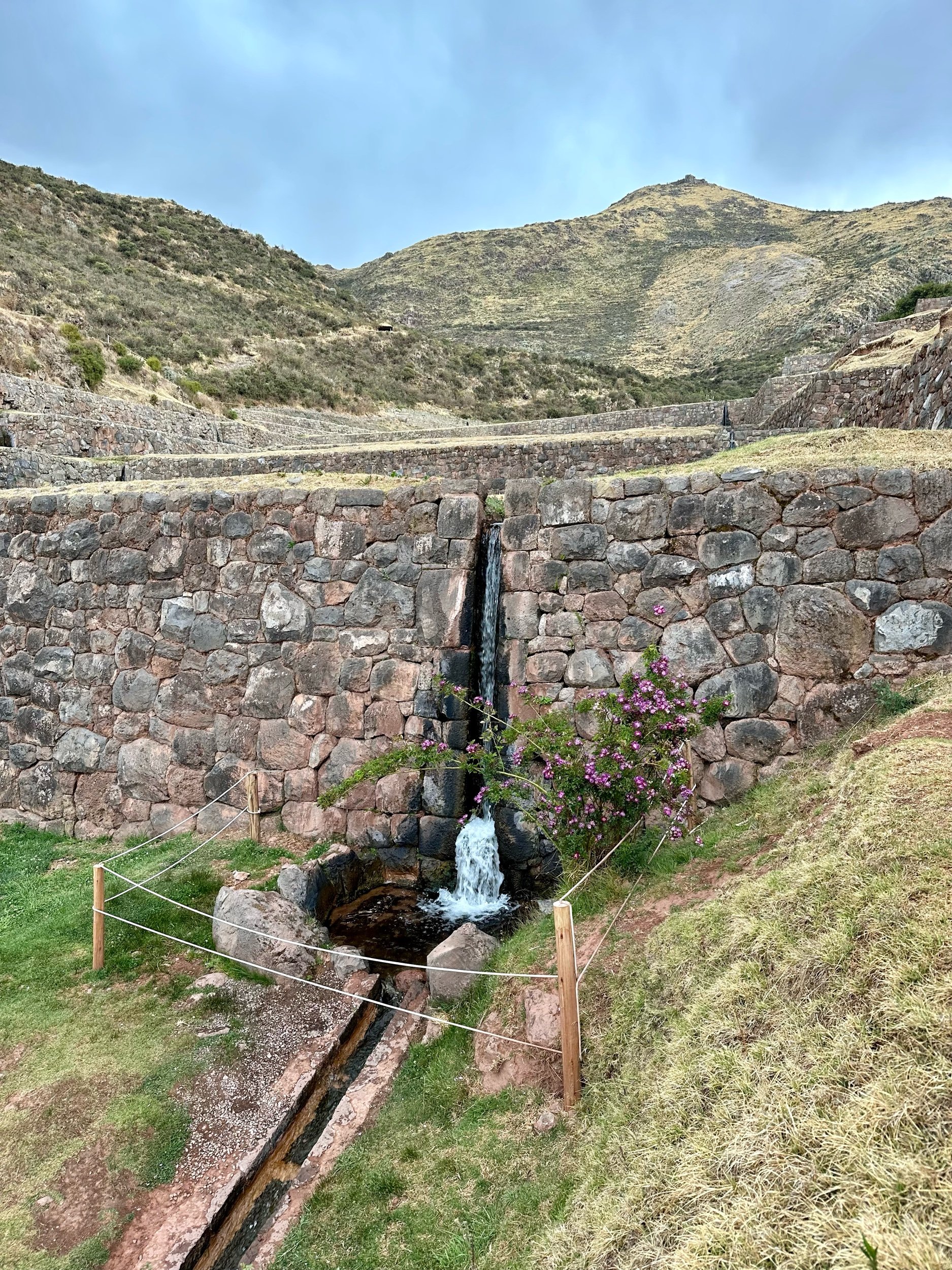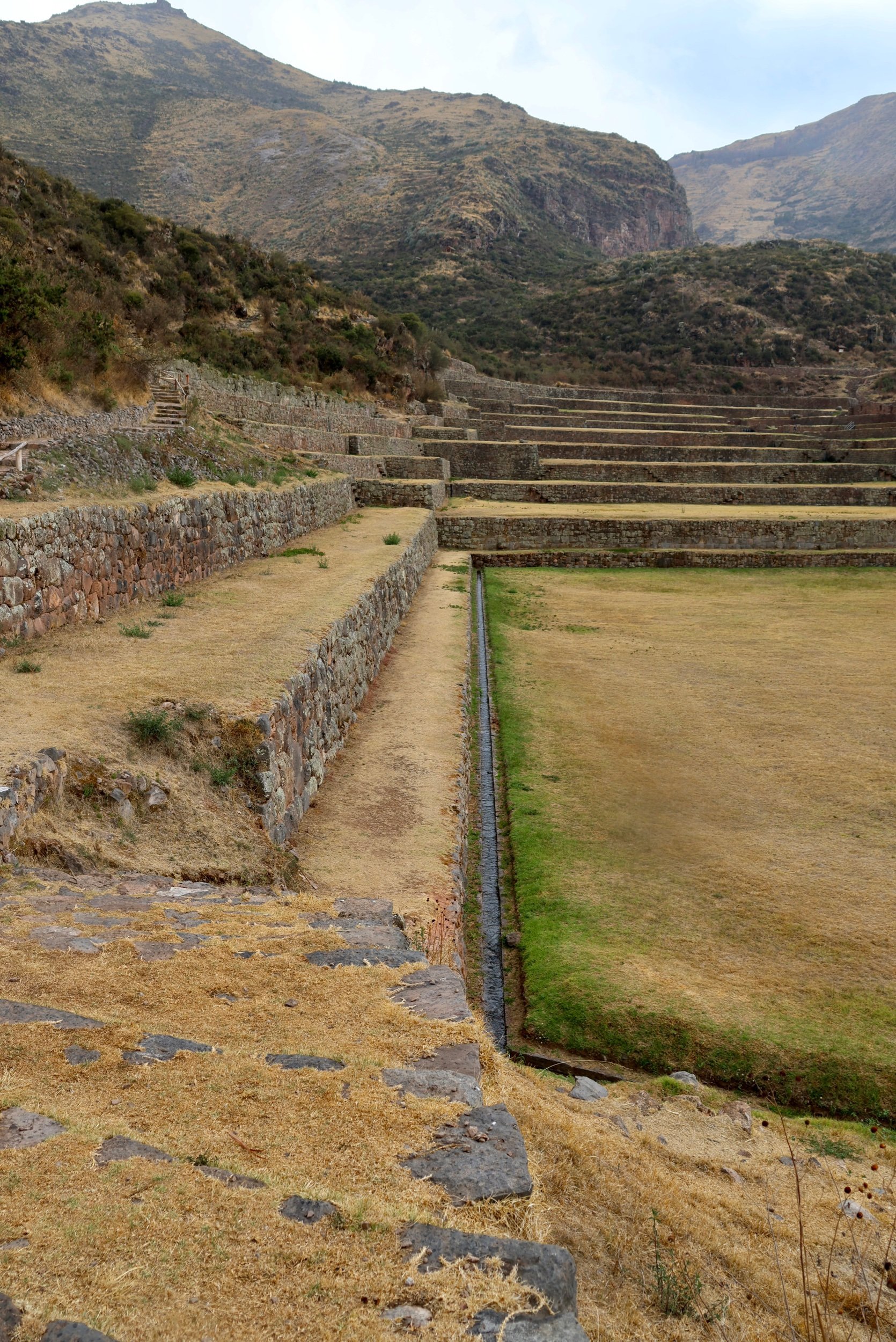Cusco, Peru
We were lucky enough to be able to spend 6 days in Cusco before our Machu Picchu trek and we definitely made the most of it. Cusco was the capital of the Incan Empire, which spanned from Ecuador to Chile and the Pacific Ocean to the Amazon; its name in Quechua (the language of the Incas) means “belly button” because it was in the middle of the four corners of the Inca Kingdom. Nowadays it is the tourism capital of Peru and has a ton of tourists, as well as plenty of locals catering to tourists, so it was quite a vibe-shift from Huaraz and even Lima. But, while the constant hustle and bustle of the tourism industry can be frustrating, we found out that Cusco offered many treasures once you got away from the Plaza de Armas.
We started our time in Cusco talking with Señor James from our Hostel, Samay Wasi. James had traveled all over the world and now works at the hostel and makes it his #1 job to make sure the guests have a wonderful time in Cusco. We told him what we were interested in doing during our time in Cusco and he gave us advice on what we should do, in what order, booked each day’s tour for us, got us the additional park entrance tickets that weren’t included, and charged us a price way less than similar tours on Trip Advisor. James was the man and we would definitely recommend Samay Wasi to any future travelers to Cusco looking for a Hostel. Not only was James great, the hostel also had phenomenal views of Cusco from it’s location in the San Blas neighborhood!
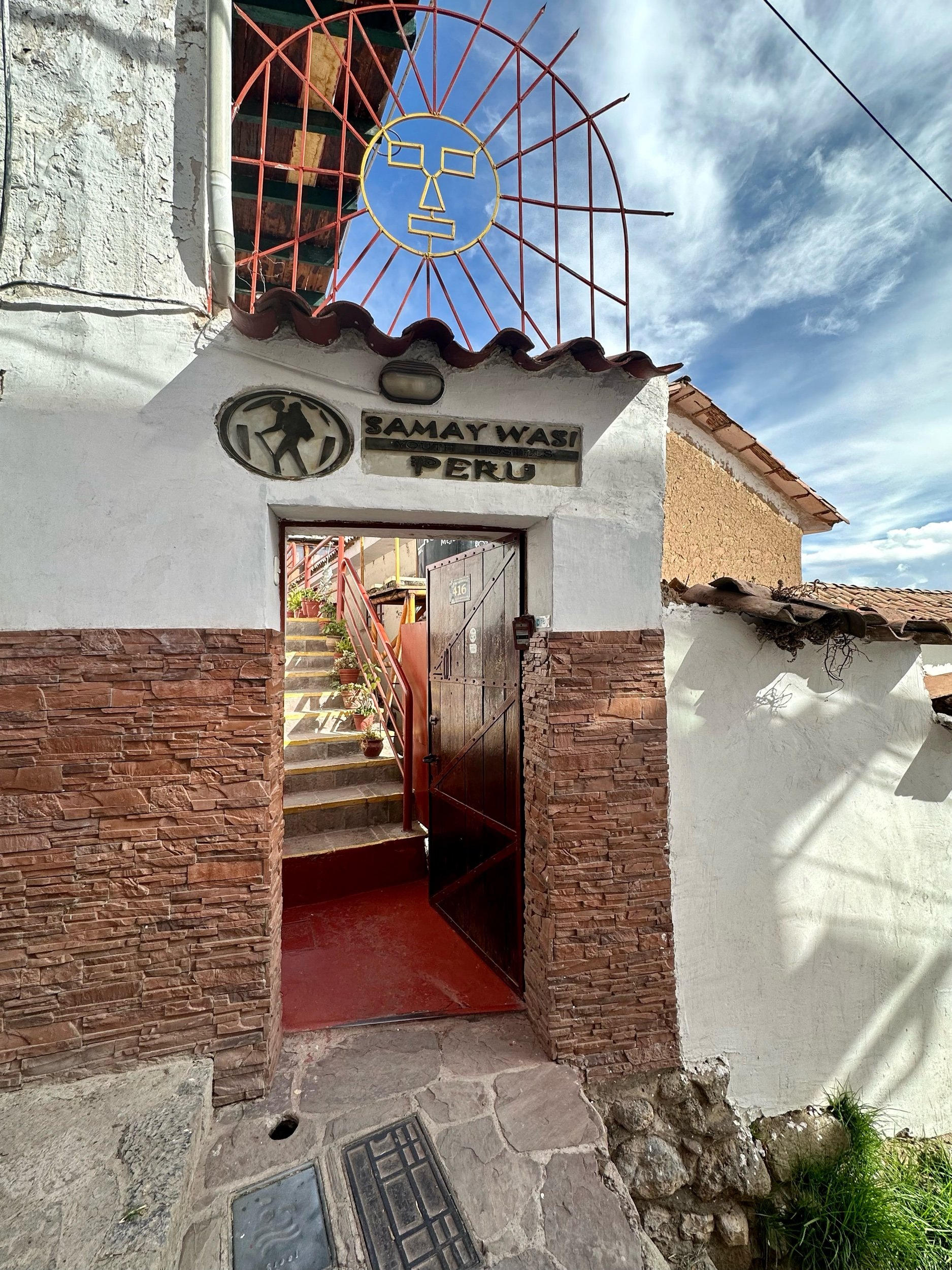
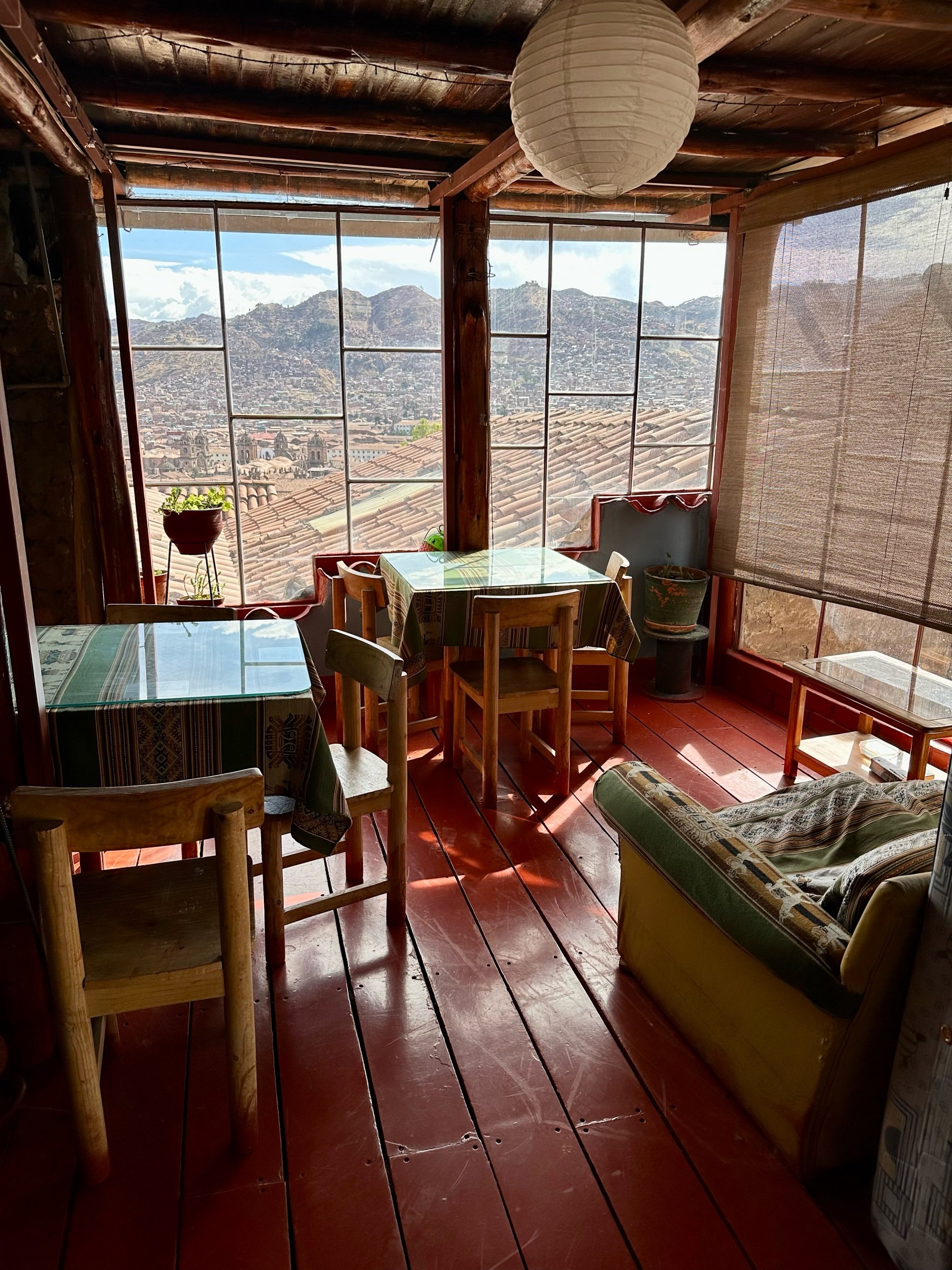
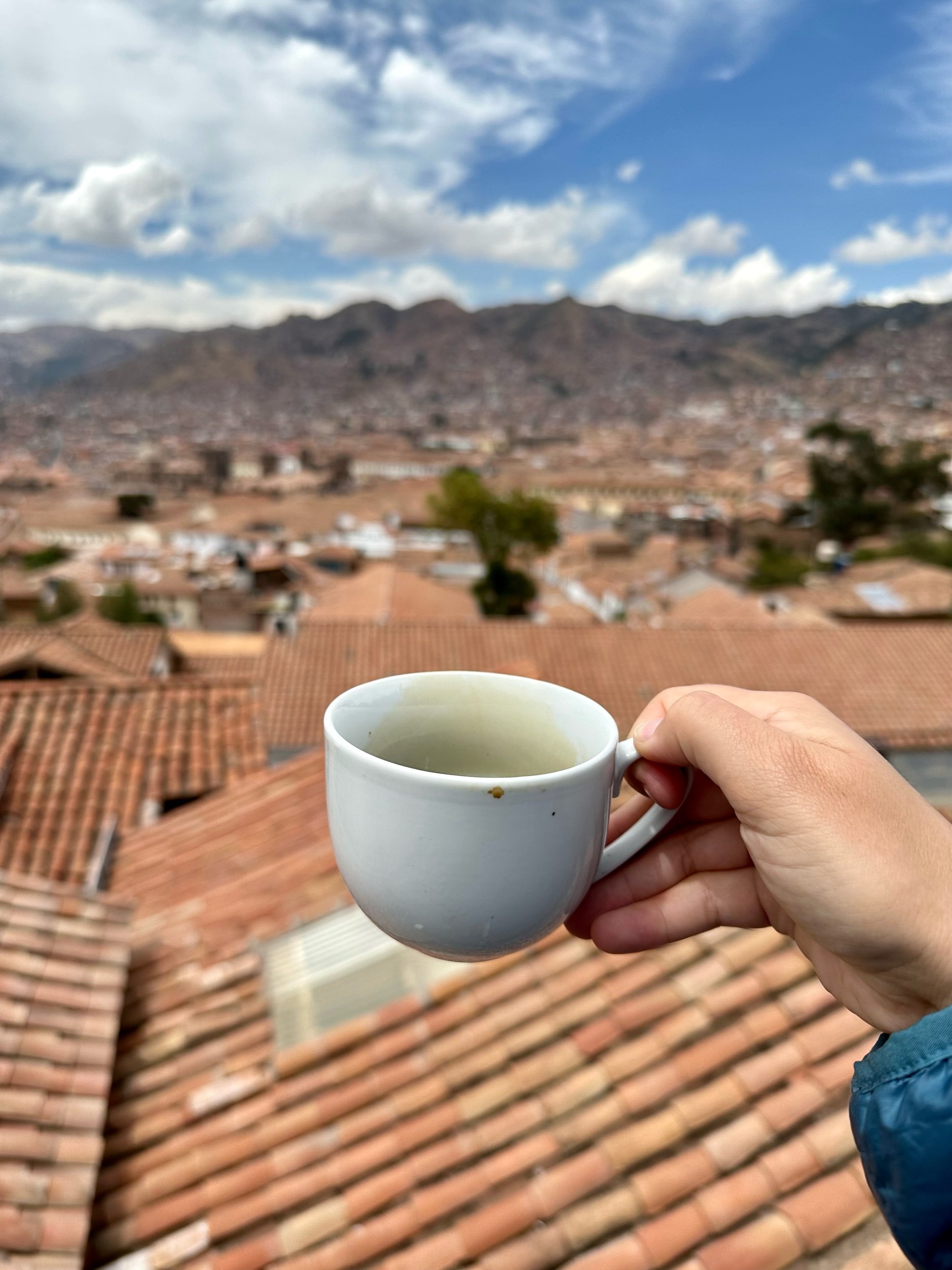
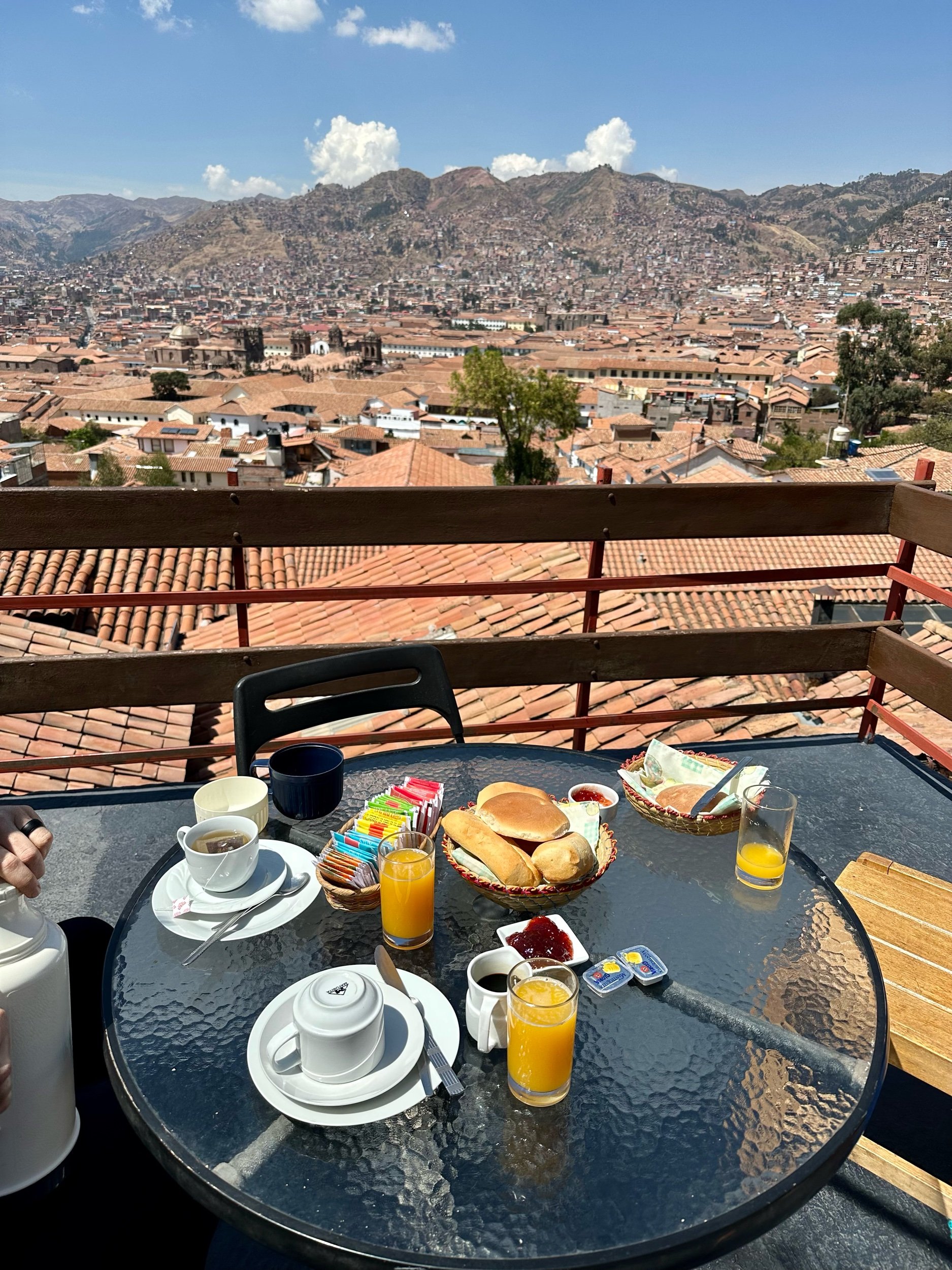
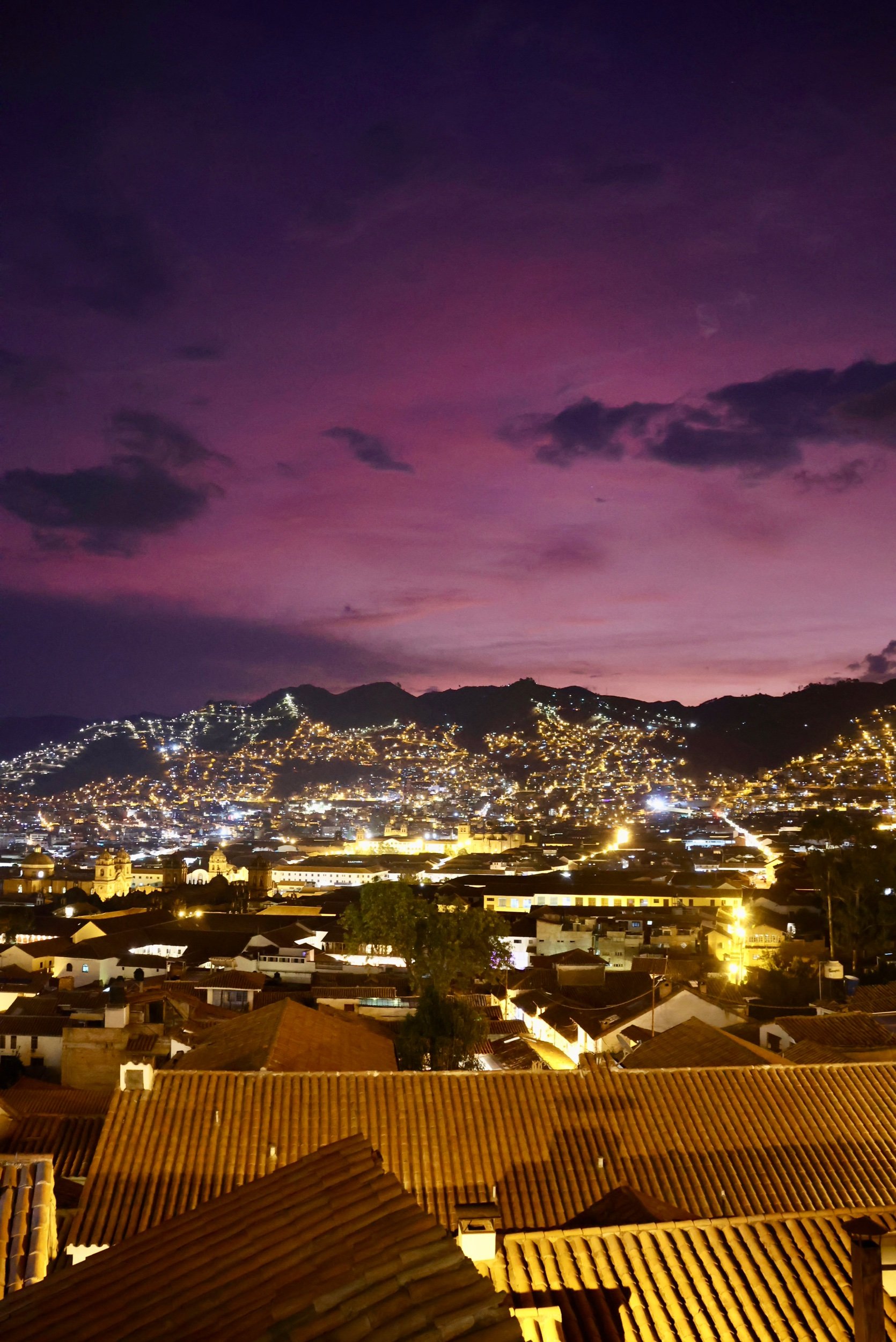
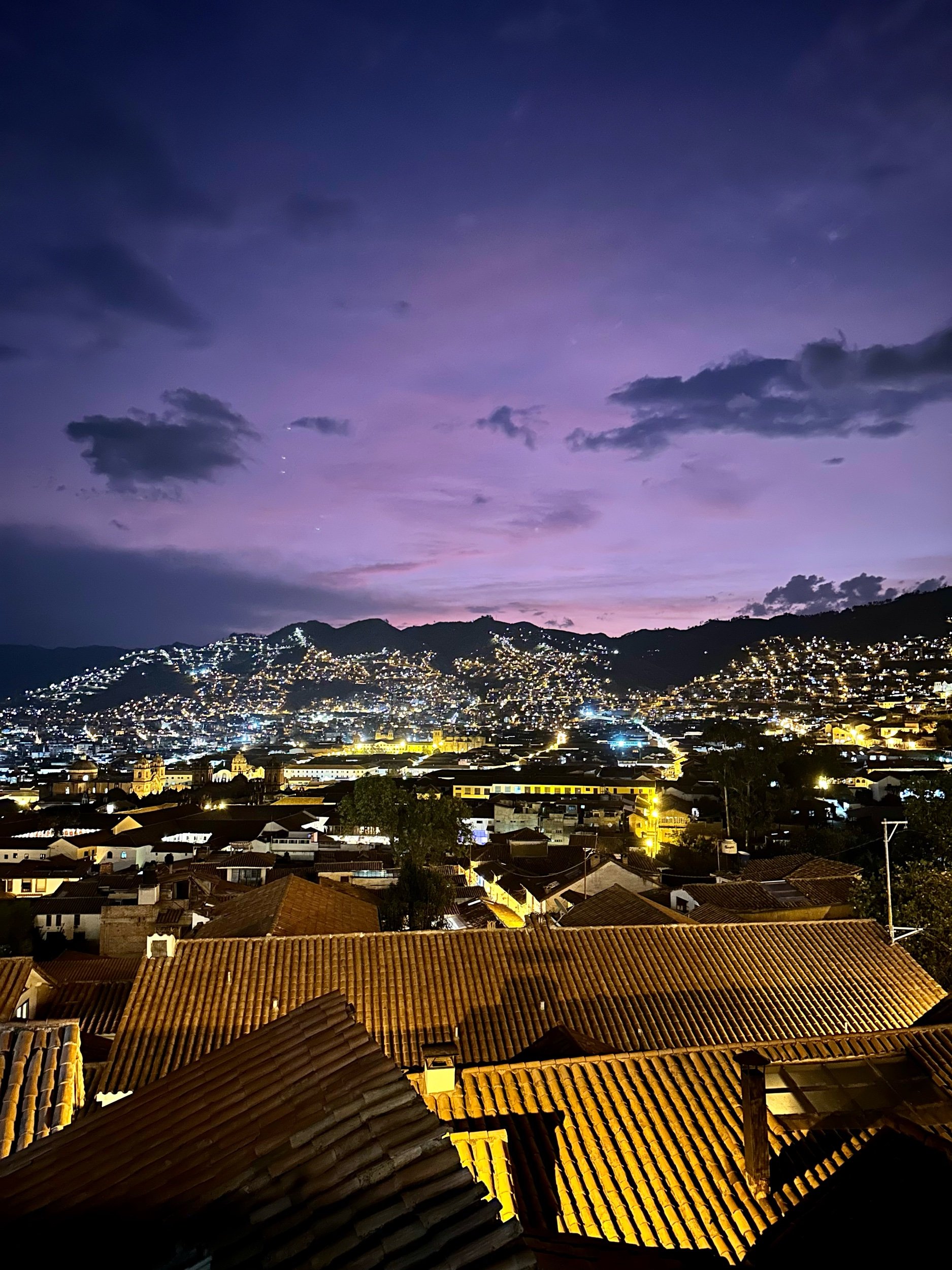

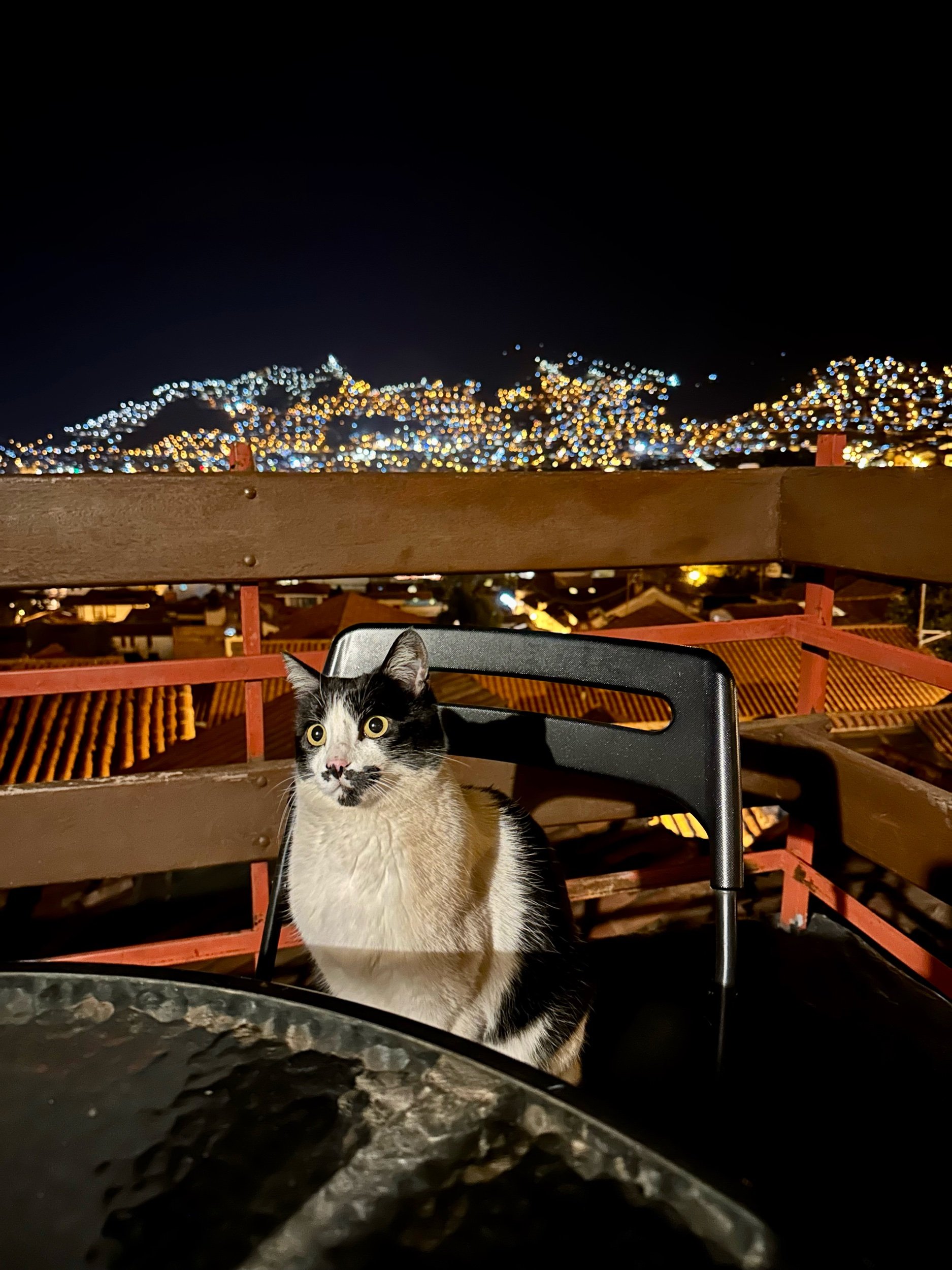
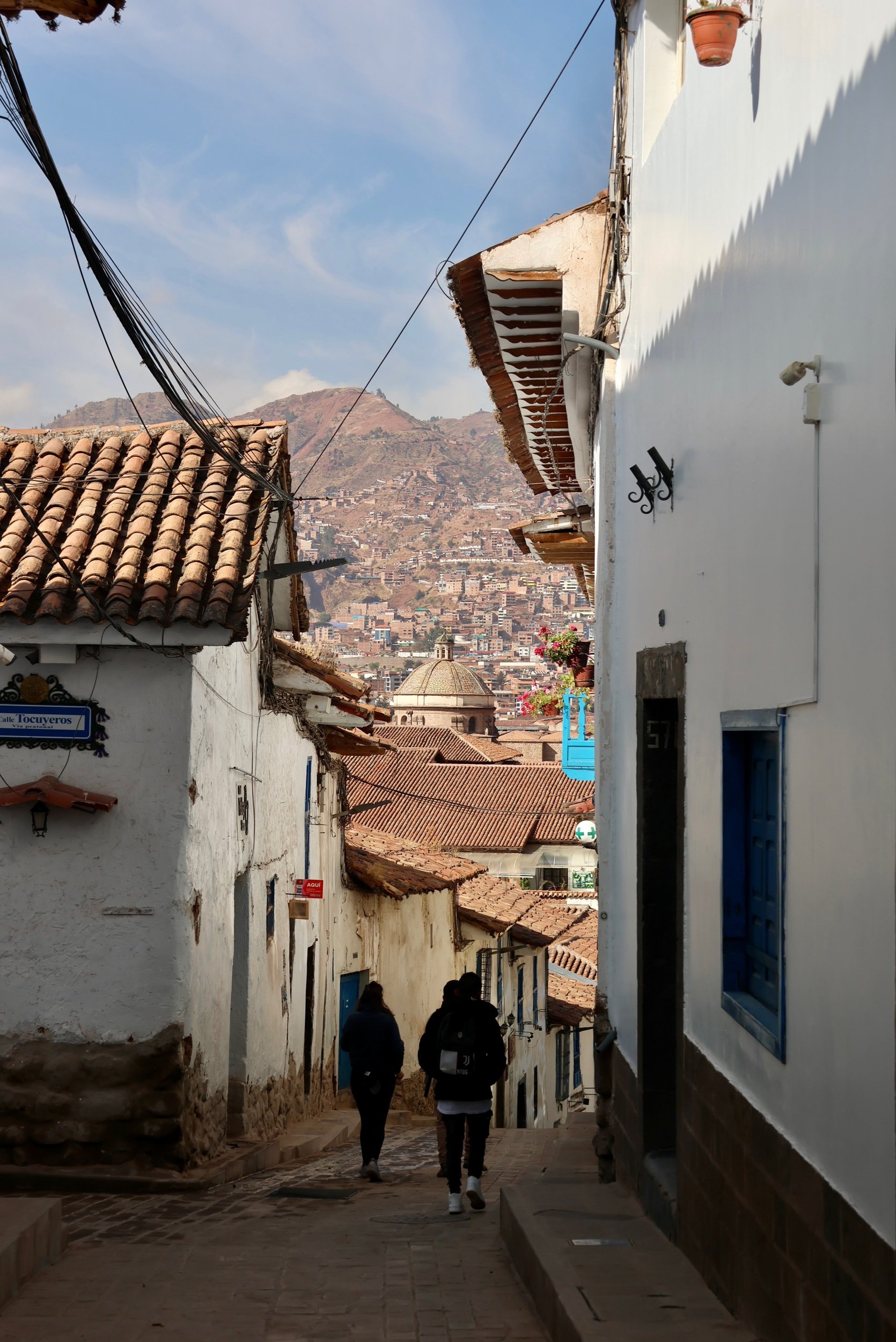
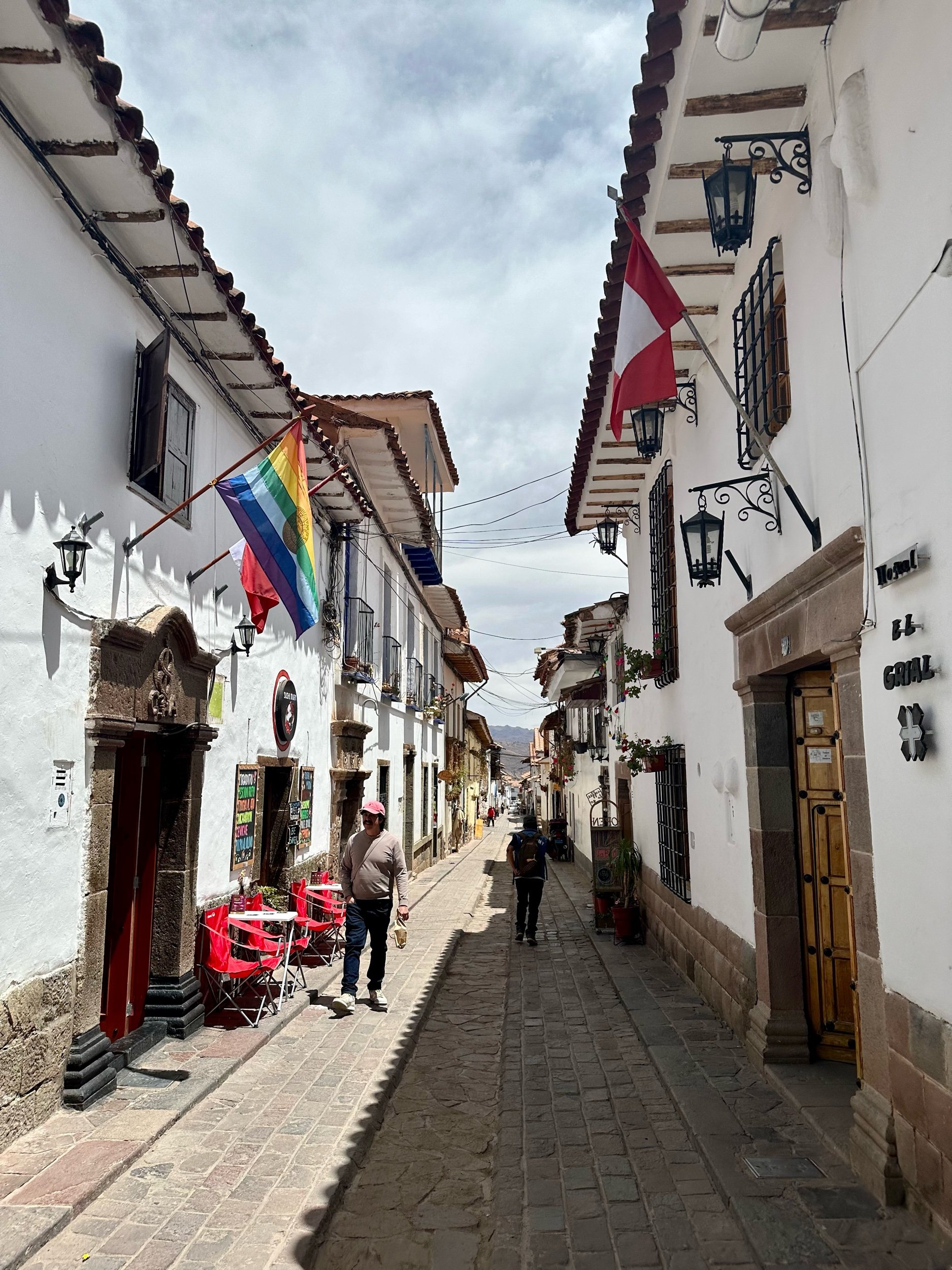



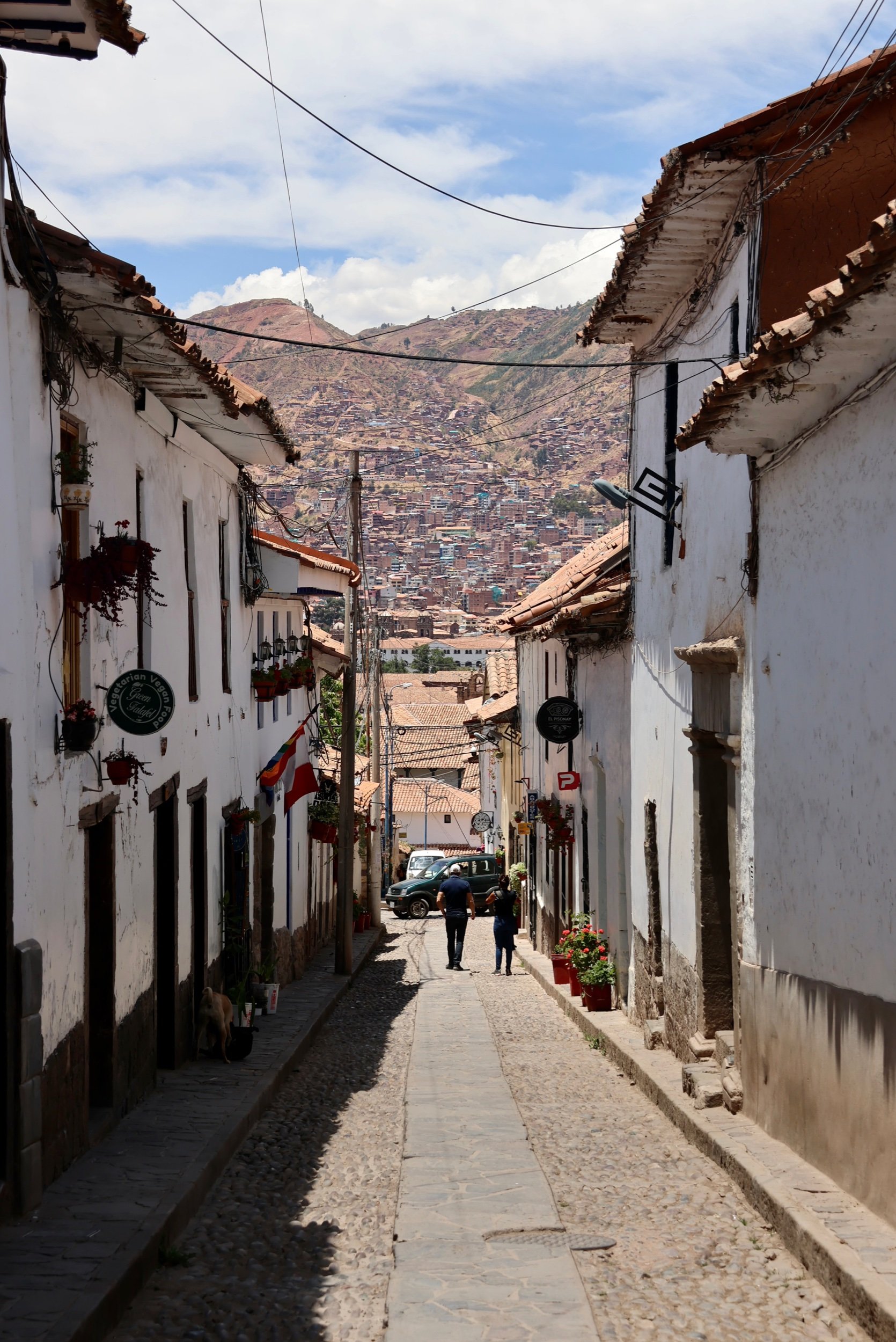

Our first tour was the Cusco City Tour. We started in the Plaza de Armas and walked with our guide Julio (wonderful guide!) to Qoricancha, the most important Inca temple in Cusco. The Spanish built the Santo Dominico Convent over the temple using the Inca stone temple as its foundation. This was very common when the Spanish took over; the Inca buildings had huge stone walls and rather than destroy them the Spanish simply used them as foundations. Qoricancha had plenty of examples of the quality of the Inca Stone Masons. All Incan walls were built with a very small “lean” (usually 3 degrees) inwards on all sides, kind of like a trapezoid, so that when earthquakes struck the walls would all help support each other. Over the years many Spanish buildings have fallen over when earthquakes strike but all of the original Incan temples are still standing! They have been able to piece back together what Qoricancha was and there were rooms devoted to different gods. This was the first place we saw structures that the Incas had built to line up with the rising sun on the summer and winter solstices, it was very cool.
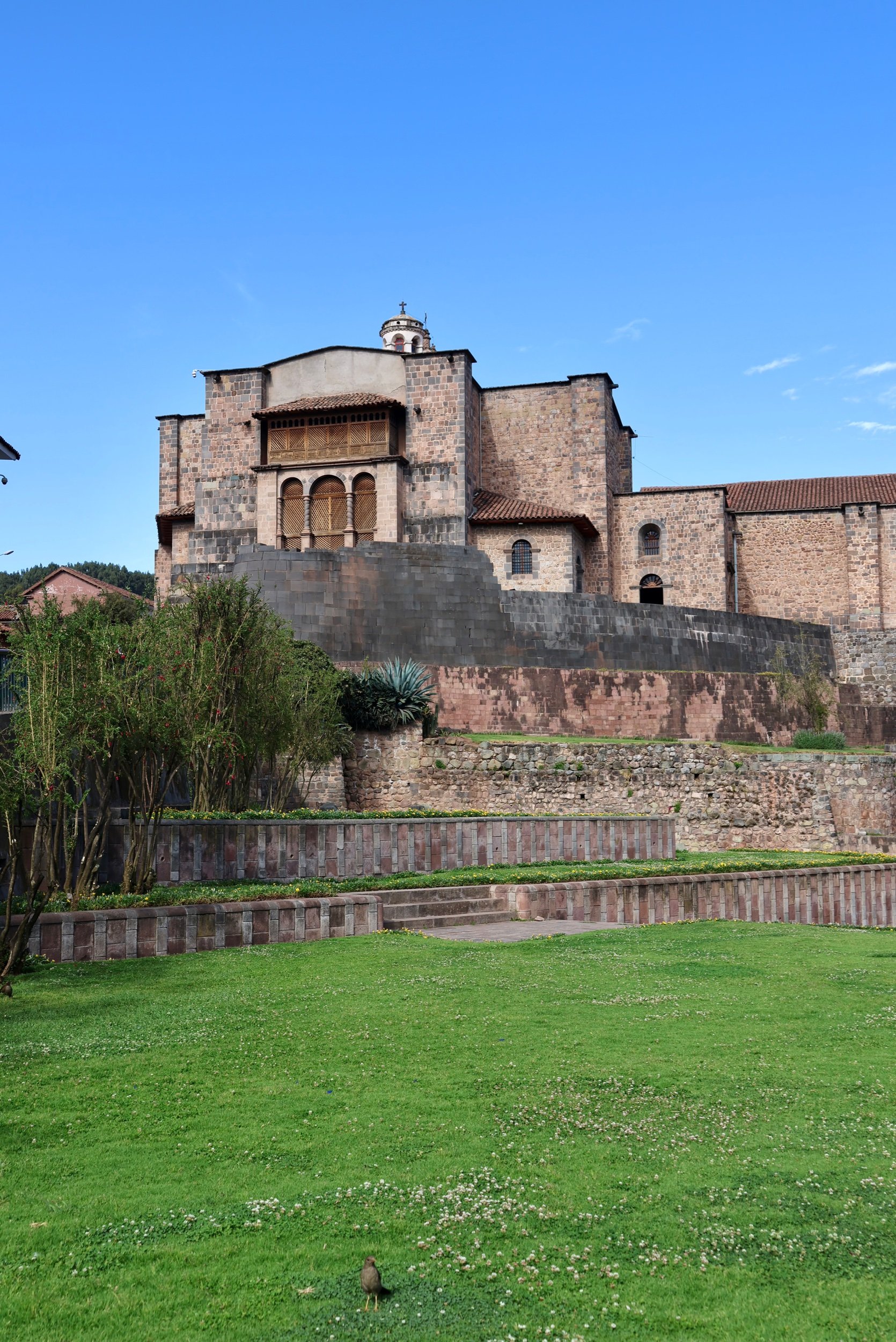
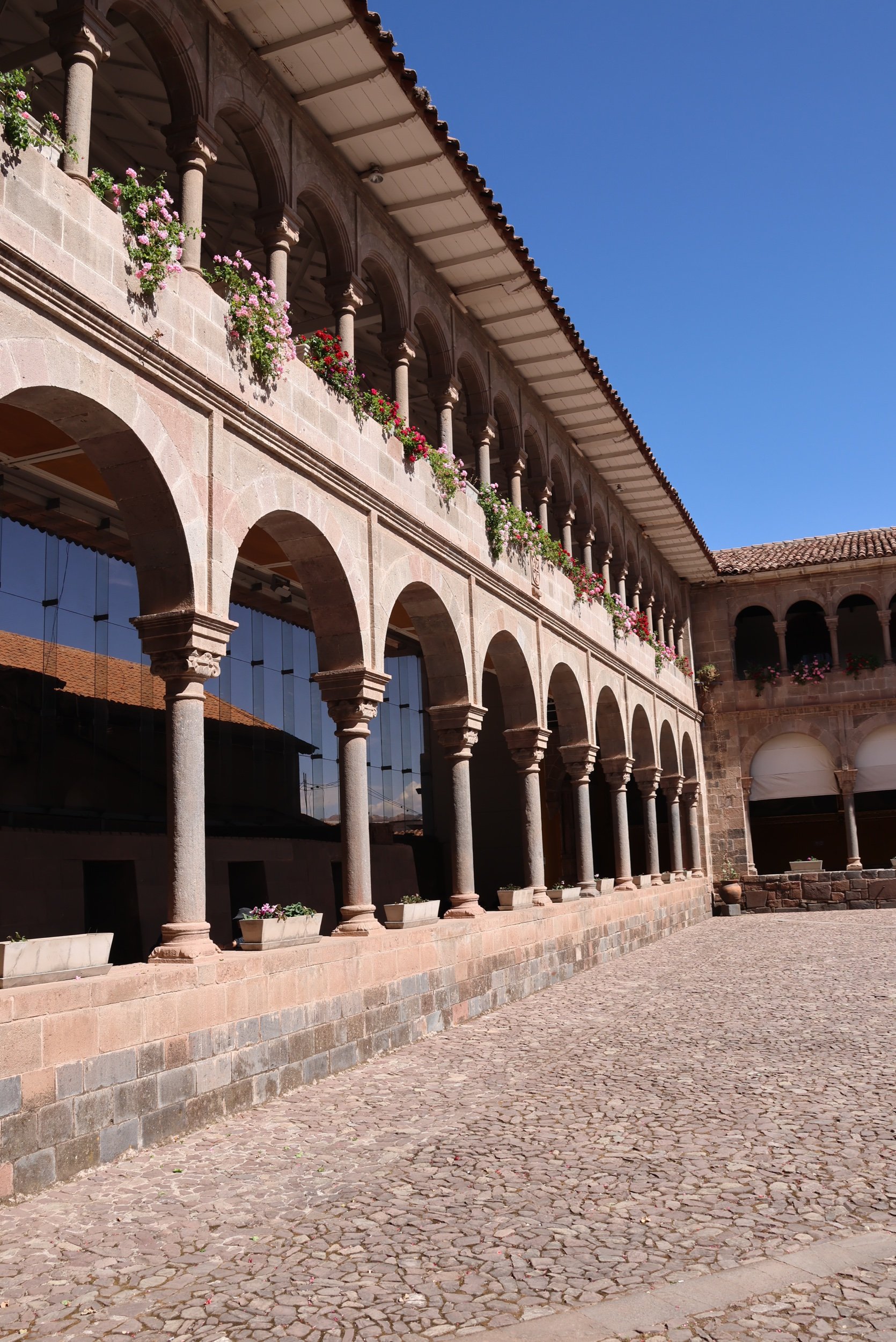
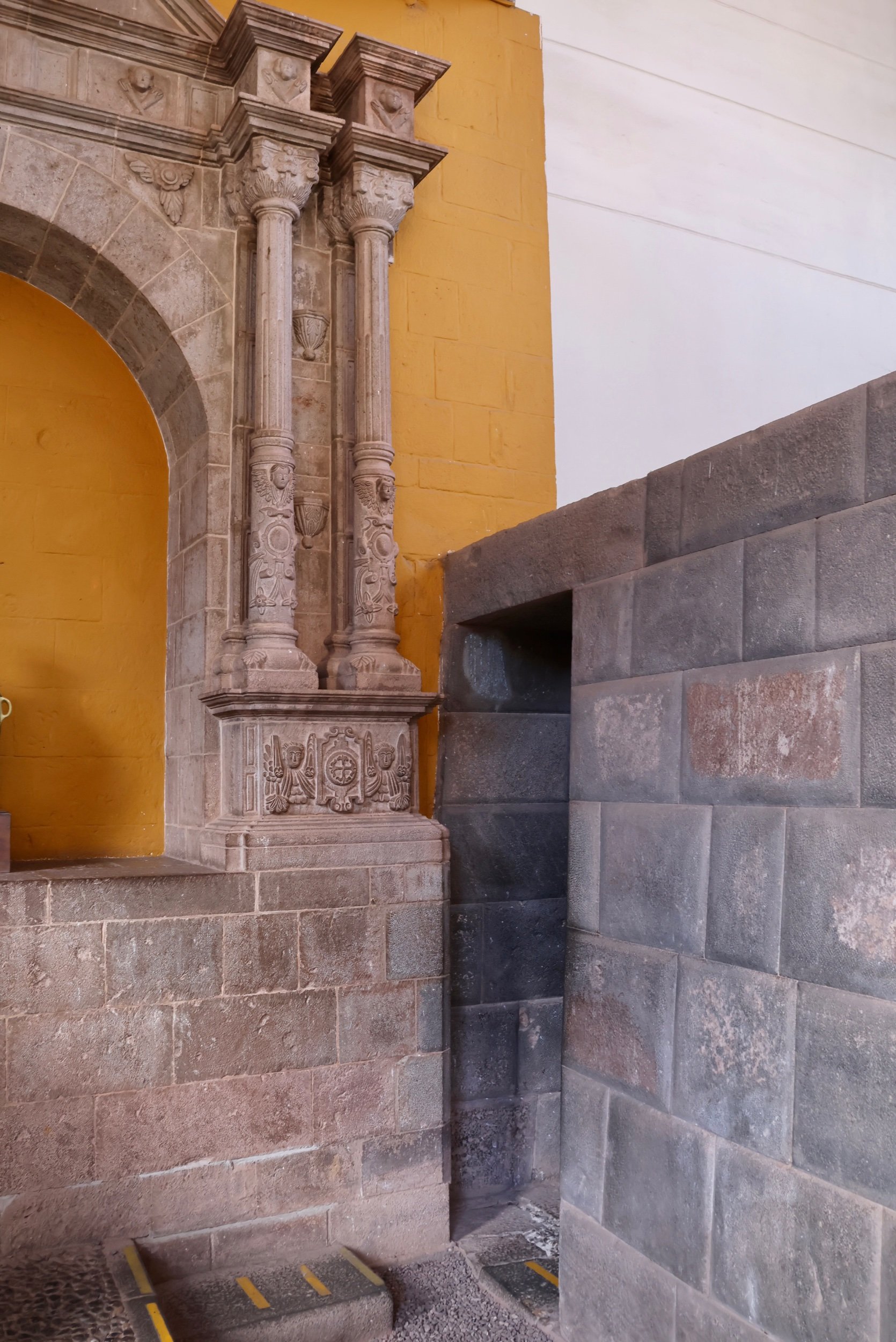



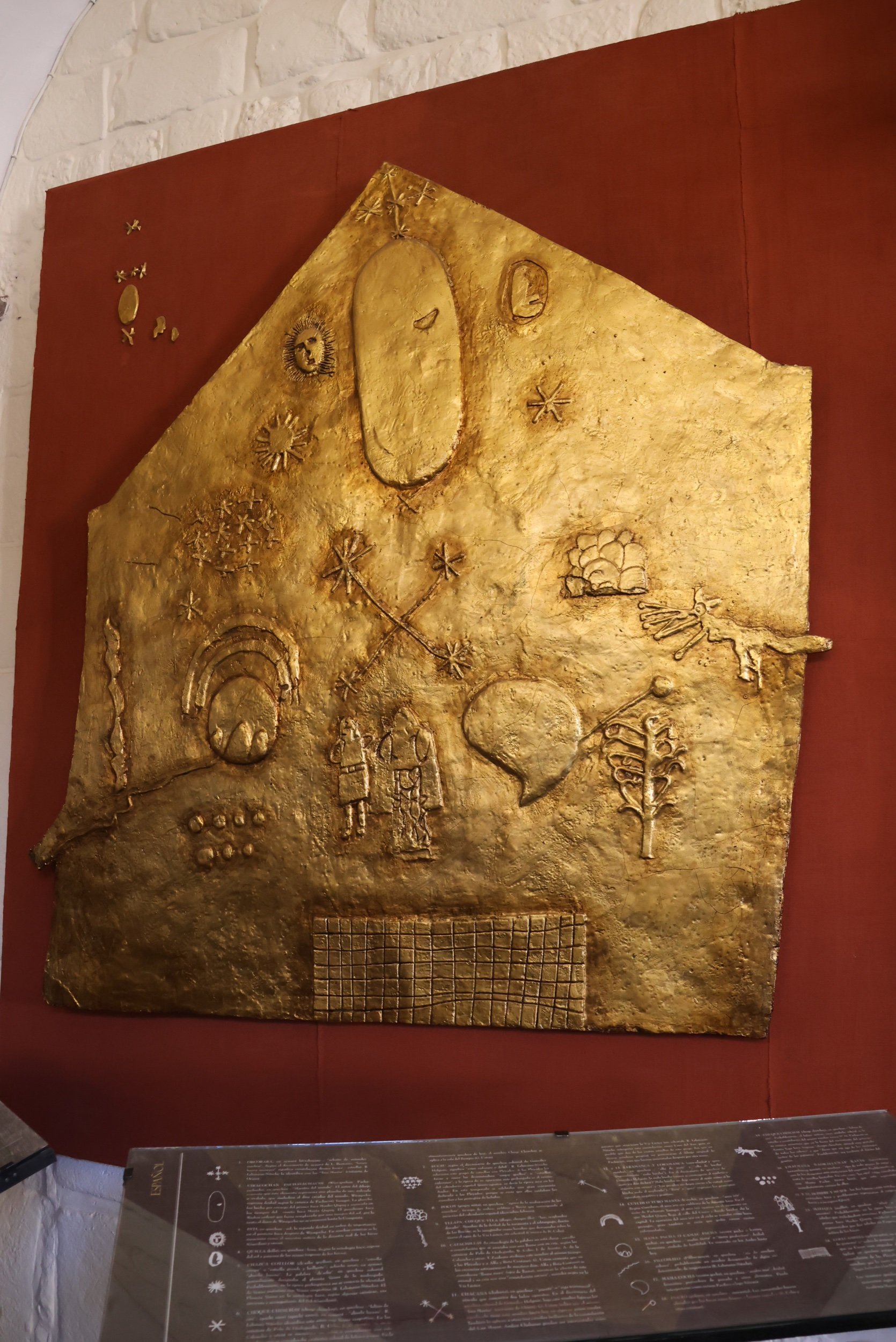
From Qoricancha we got in a bus to head to Sexy Woman Sacsayhuaman, a large Incan complex that overlooks the valley of Cusco. Sacsayhuaman looks like a fortress but actually wasn’t intended for military use, it was a place for worship and use for ceremonies. The stones here were hhuuuuge, some weighing over 400 tons. We still don’t know for sure how they moved the stones or carved them to fit perfectly together. The walls used for important Inca buildings contain no mortar or ancient concrete and the stones fit perfectly together; you can’t even fit a razor blade between the stones. The leading theory for how they moved the stones is kind of boring but still impressive; they just worked really hard and had hundreds of workers pull the stones with rope and wooden “rollers” to help them move the stones. We did watch a Youtube video that proposed a theory on how they fit the stones together so perfectly; they claimed that the Incas discovered a special paste made from mineral runoff in their quarries that dissolved the sides of the stone and made them “soft”; combined with the weight of the stones this caused them to slowly become flush with each other. We have NO idea if this is true but it sounded convincing so believe it at your own risk. And no, Justin and Jordan, it was not aliens.
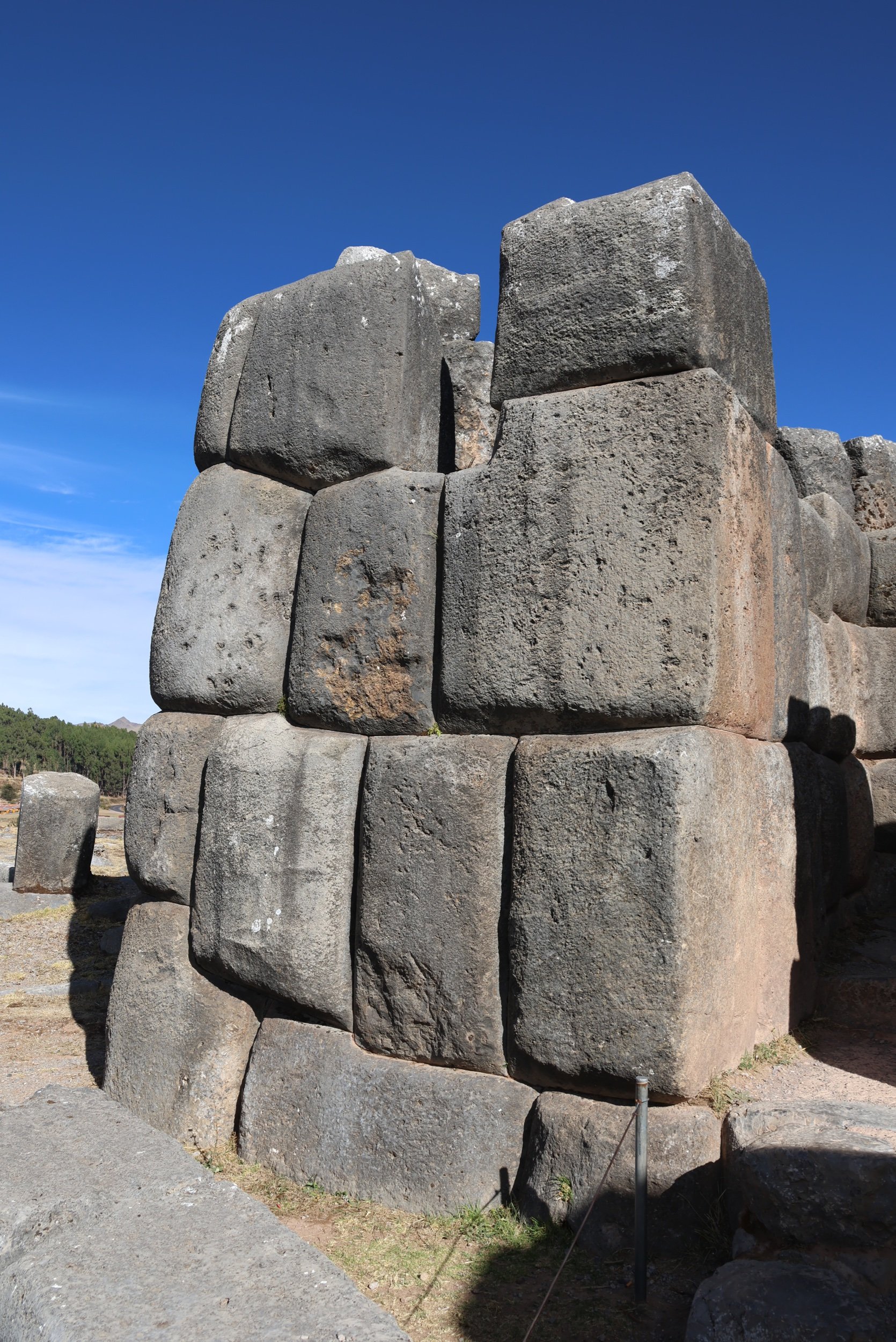
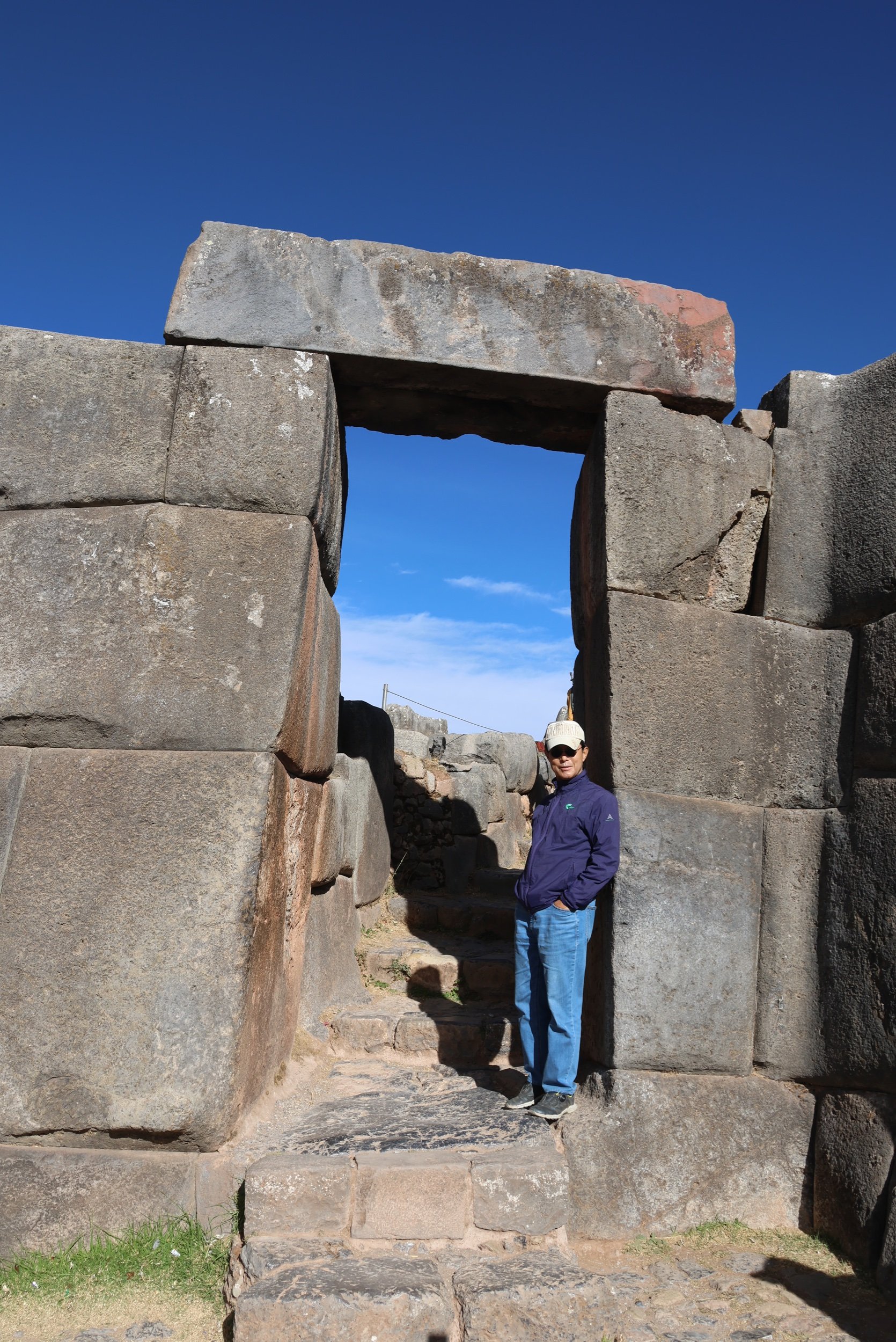
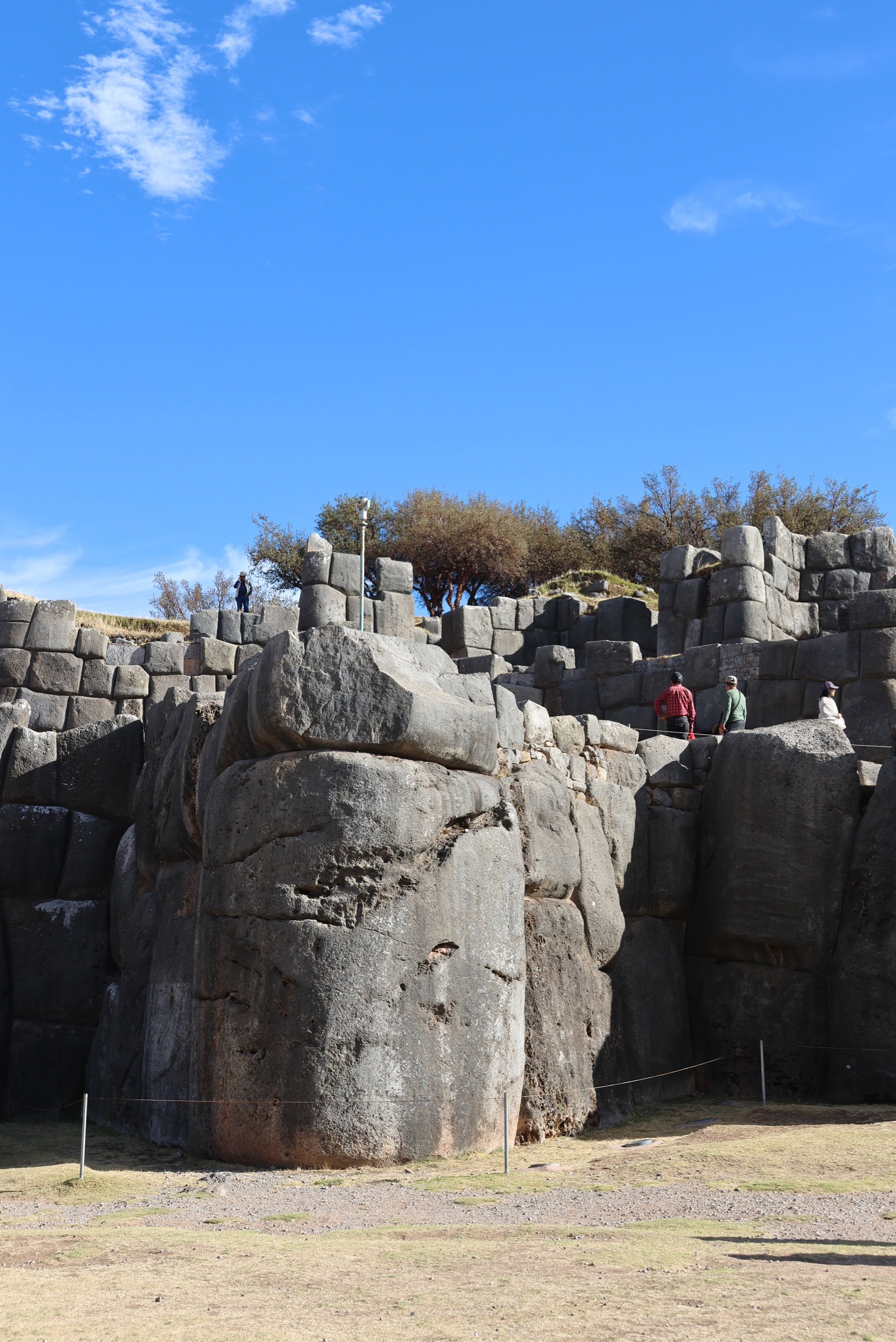
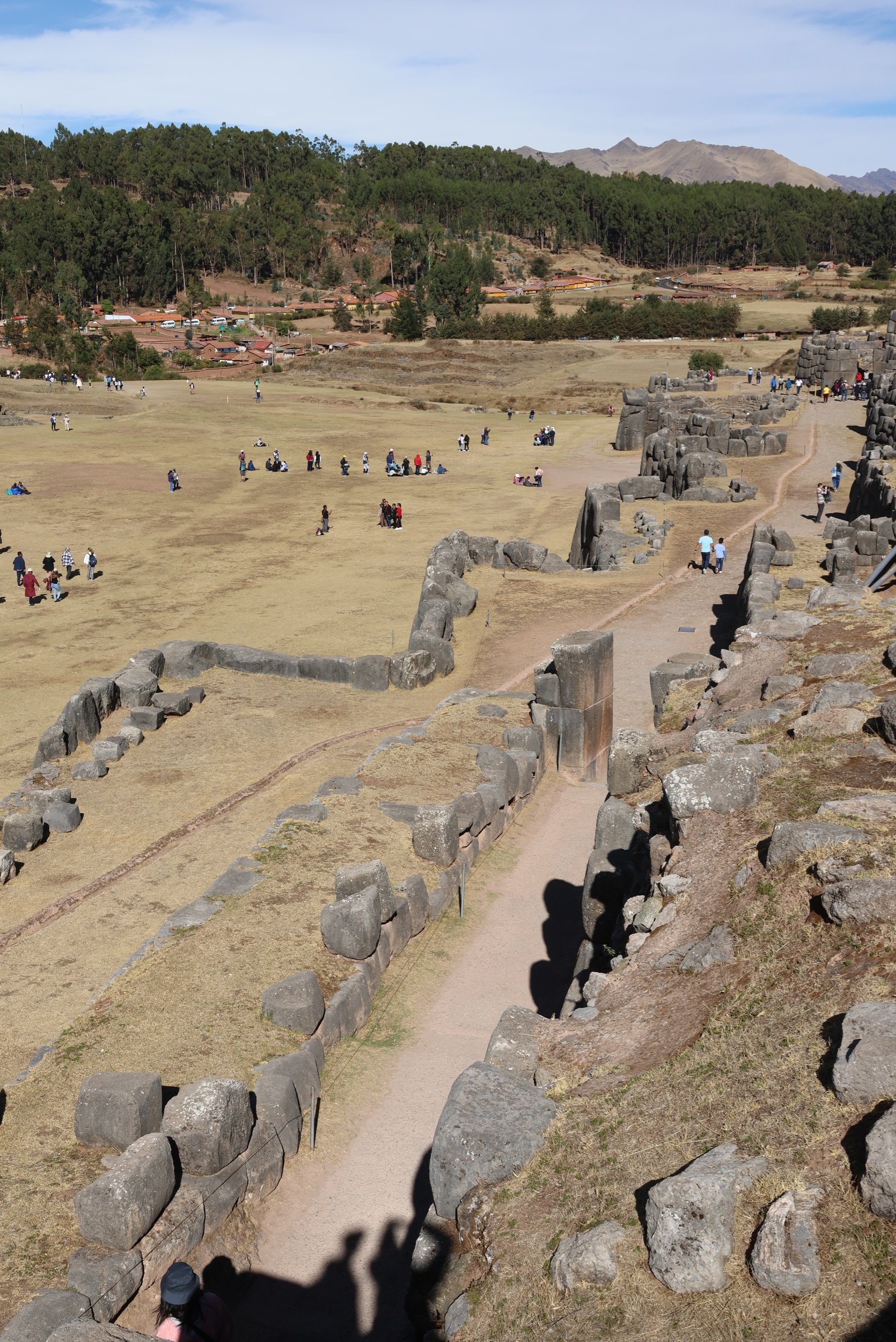
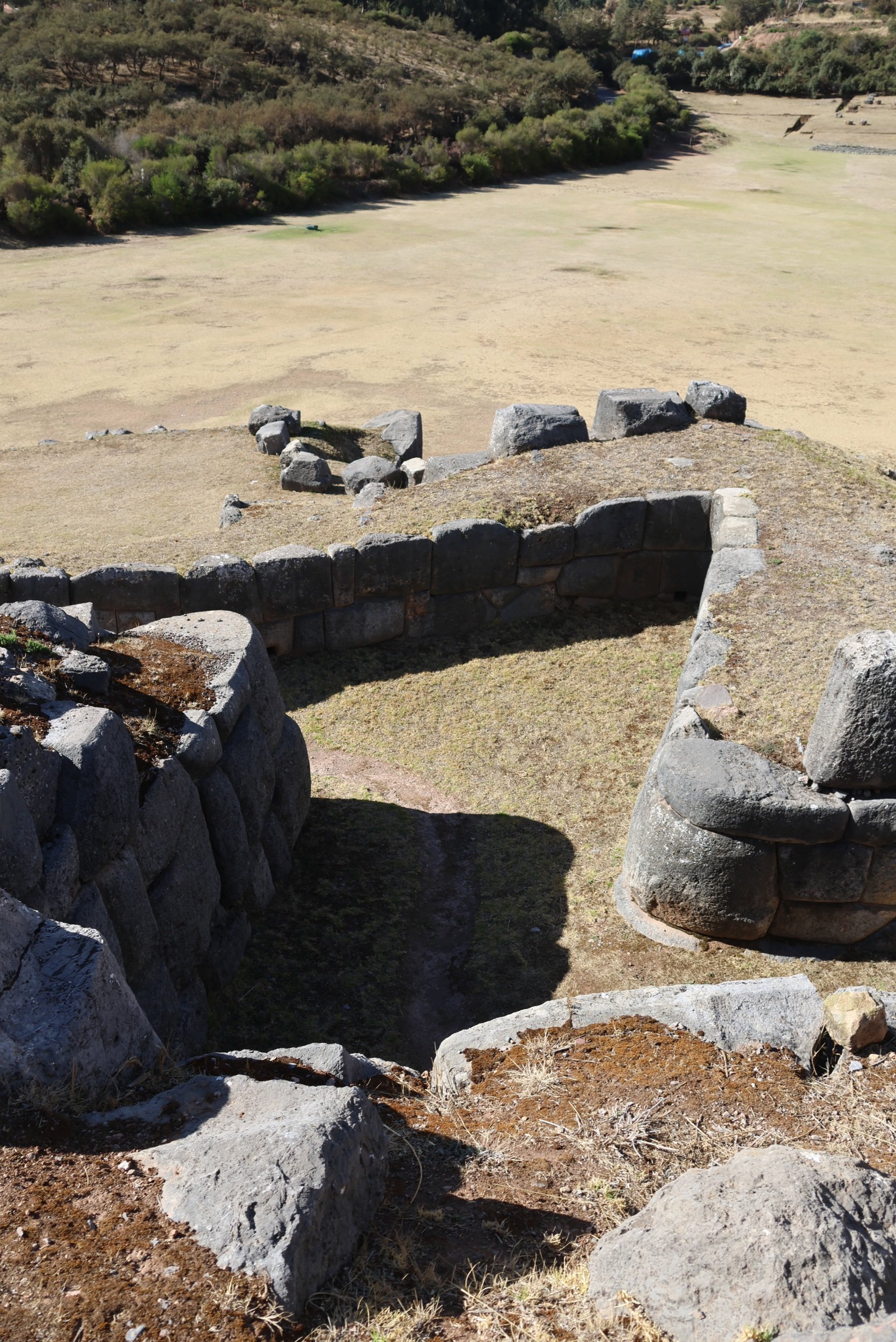
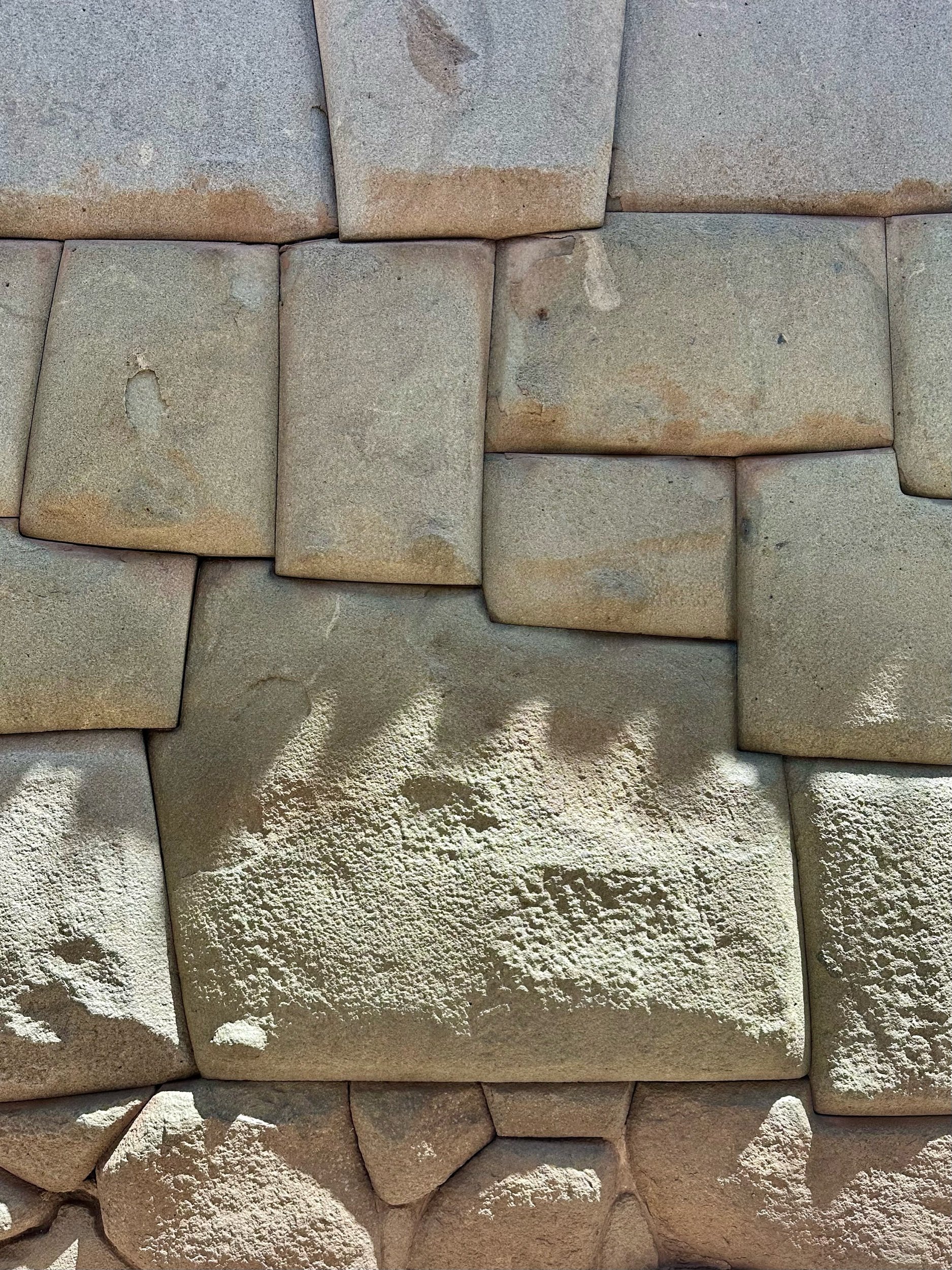

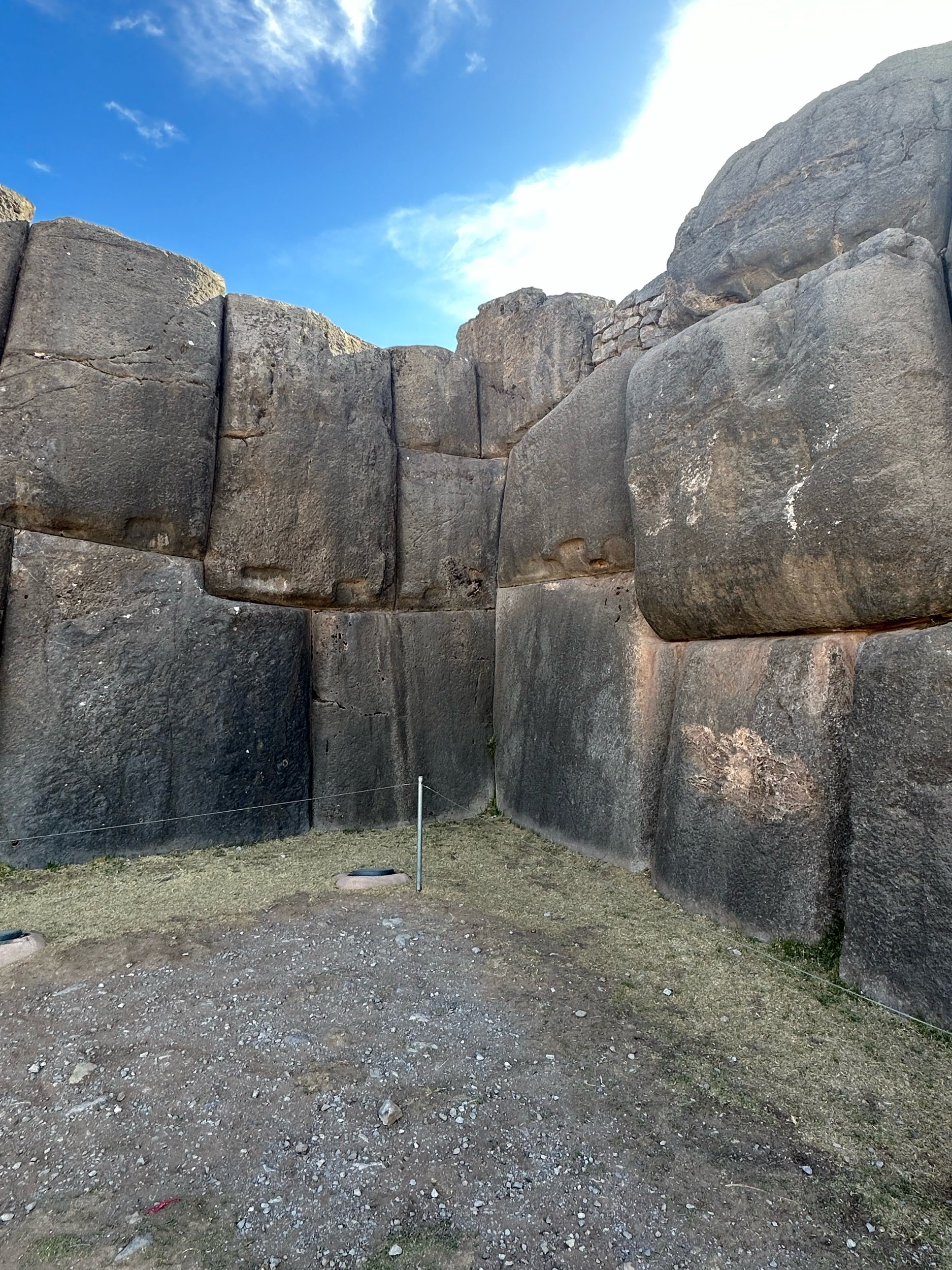
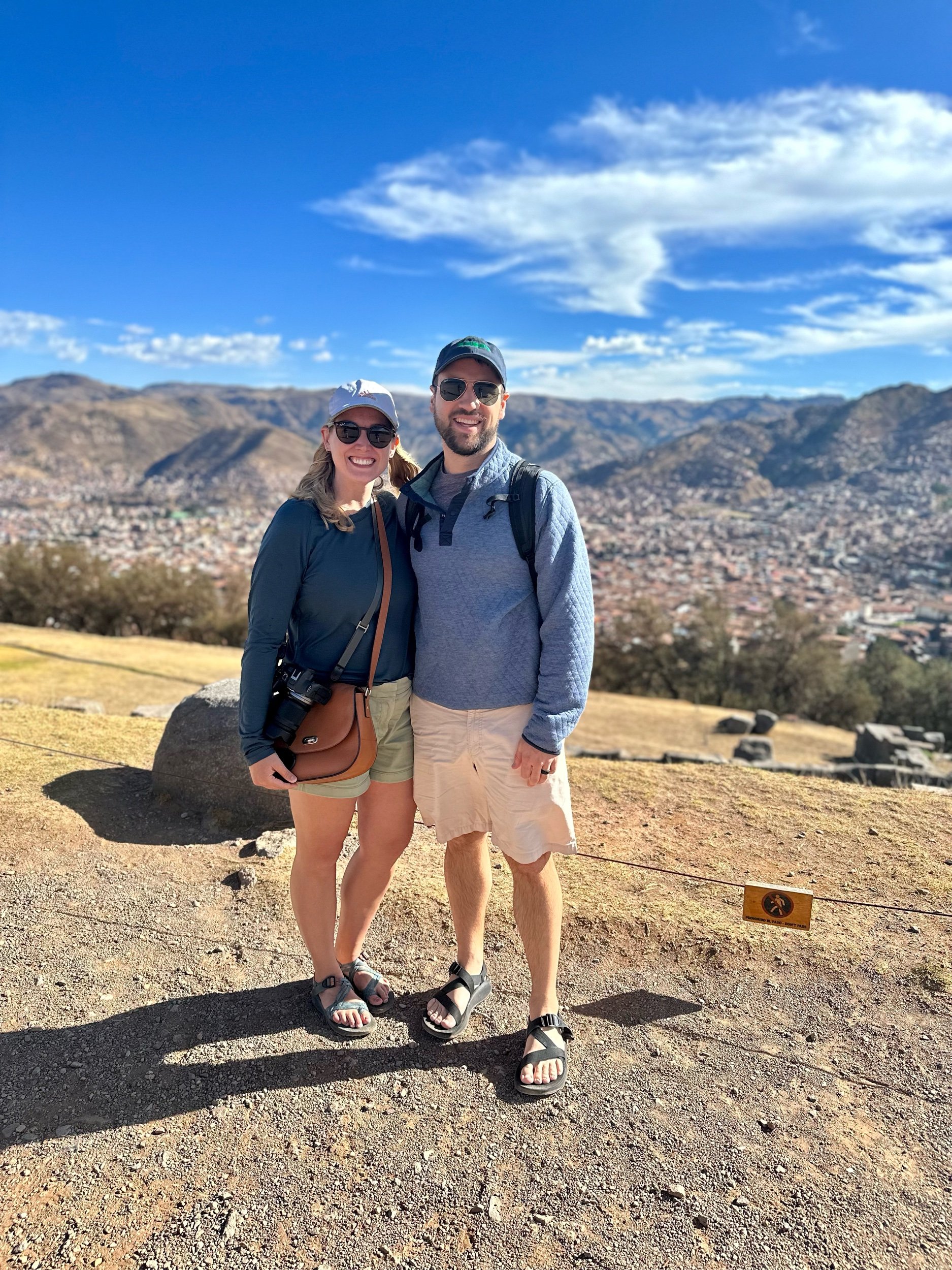
We then traveled to Q’enco, one of the largest holy places in the Cusco region where many sacrifices and mummifications occurred. We were able to see the stone altar and walk through the snake-like maze of caves. We then visited Puca Pucara which was a fortress built to help provide lines of communication between towers and keep watch over the land. The Incas used “runners” which were teenage to young adult men who would run through the mountains between towers to carry messages back and forth; we were out of breath walking to the top of the lookout so we were very impressed. We also stopped at Tambomachay, a resting place for travelers on the Inca Trail. It contained a series of aqueducts, canals, and waterfalls through the rocks to refuel. Then we hit our first (of many) alpaca store where we got to feed some Alpacas and Llamas. We learned that baby alpaca wool is softer and more expensive than adult fur. Real Alpaca wool will feel soft, cool to touch, and heavy.
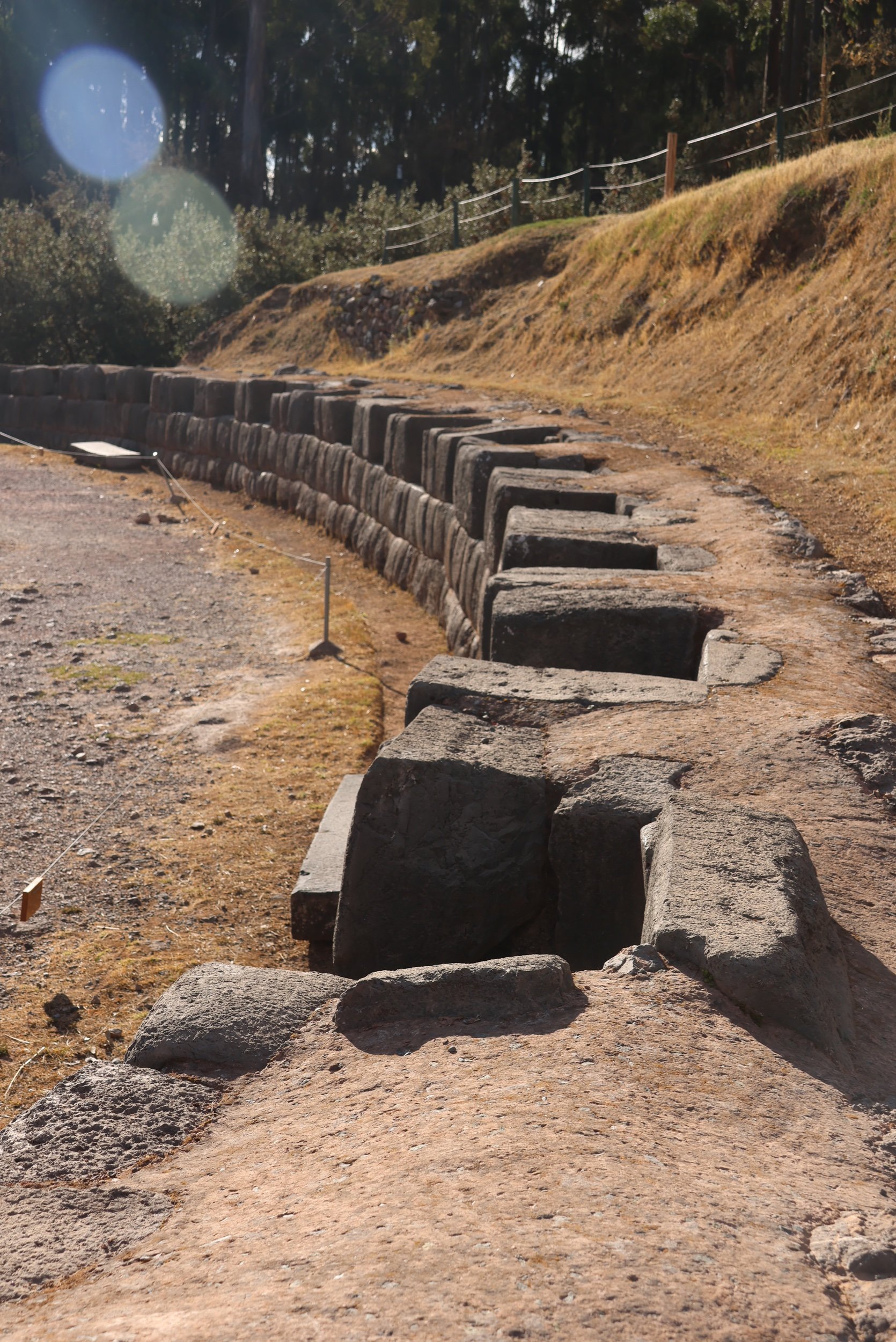
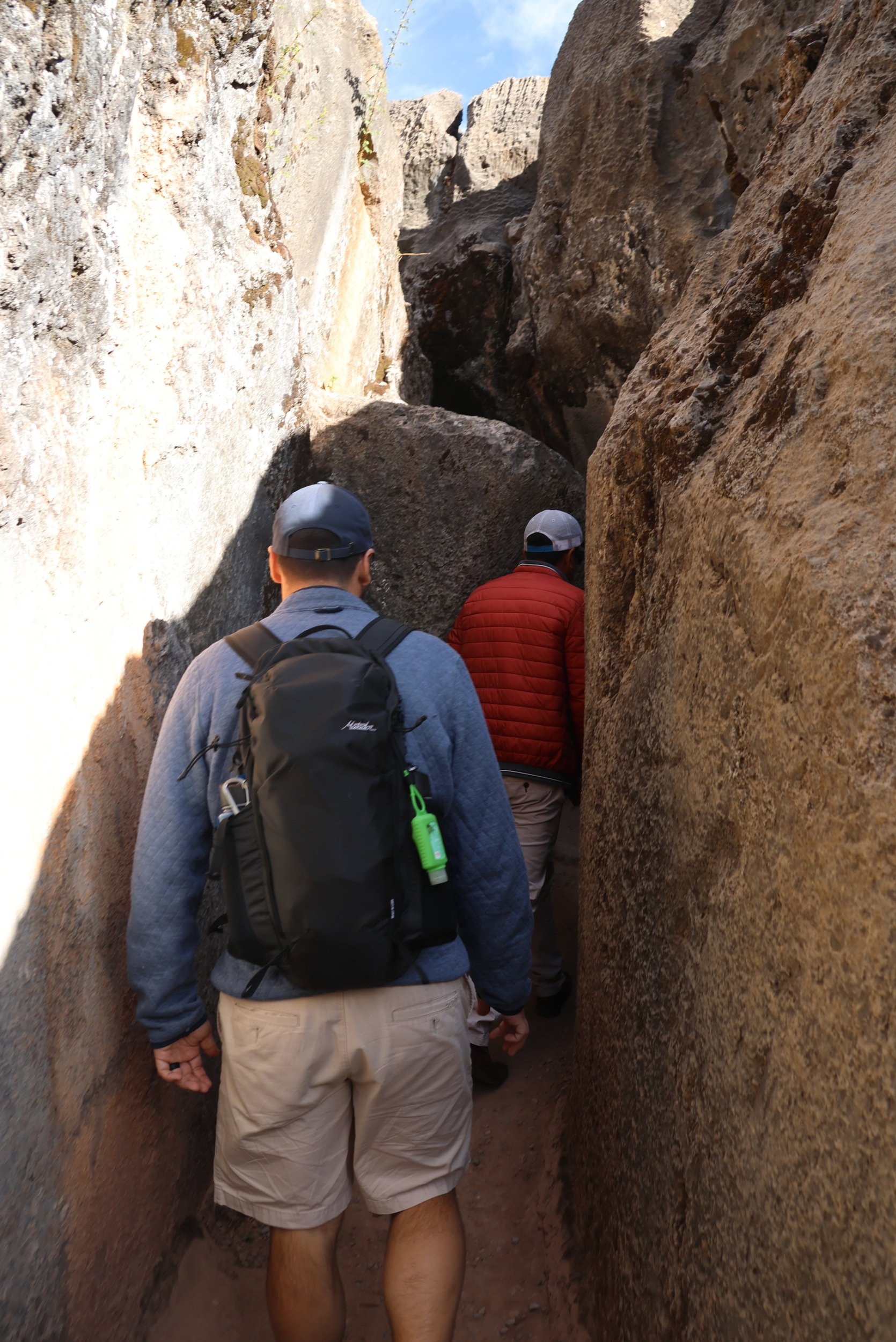
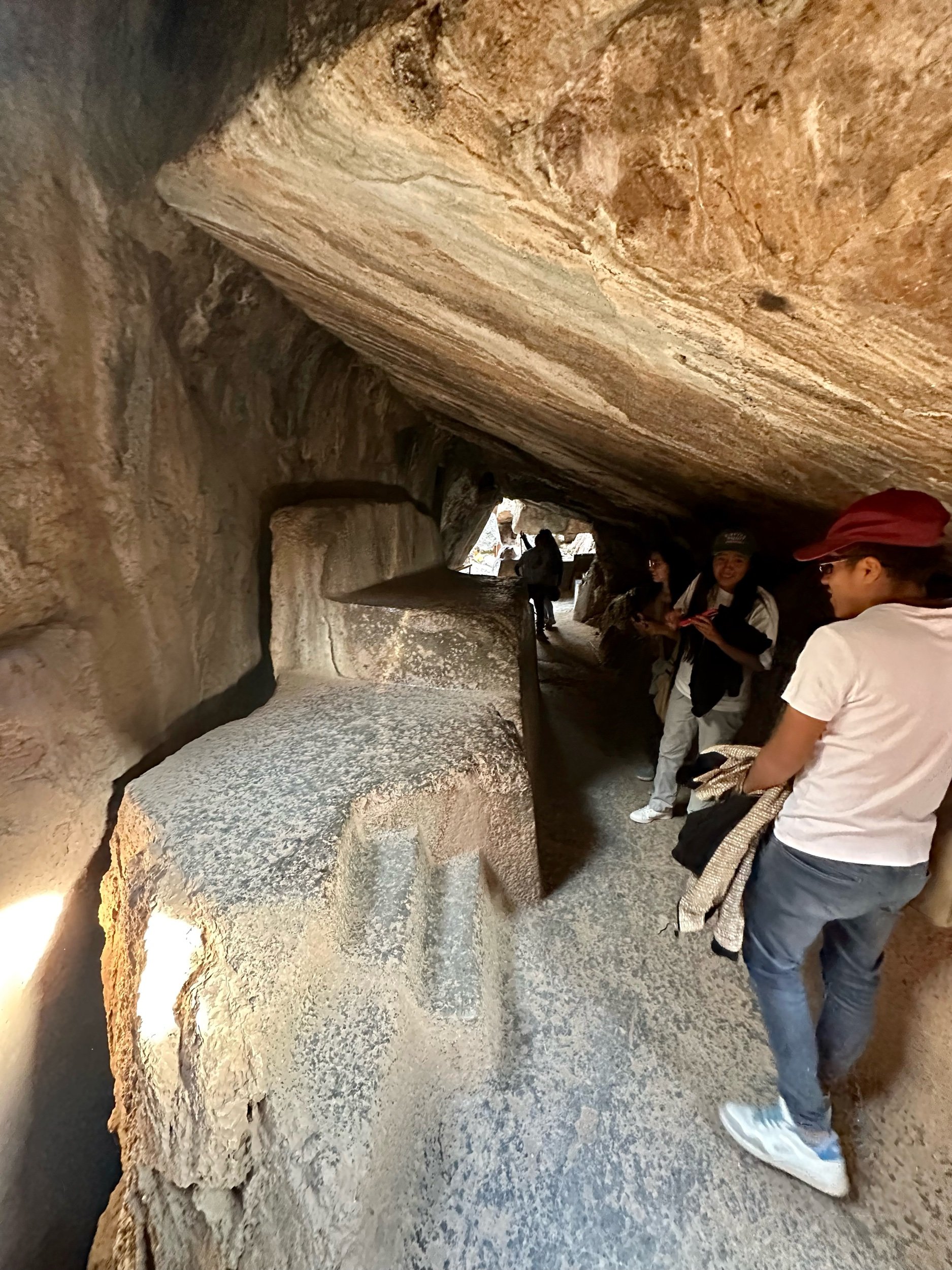
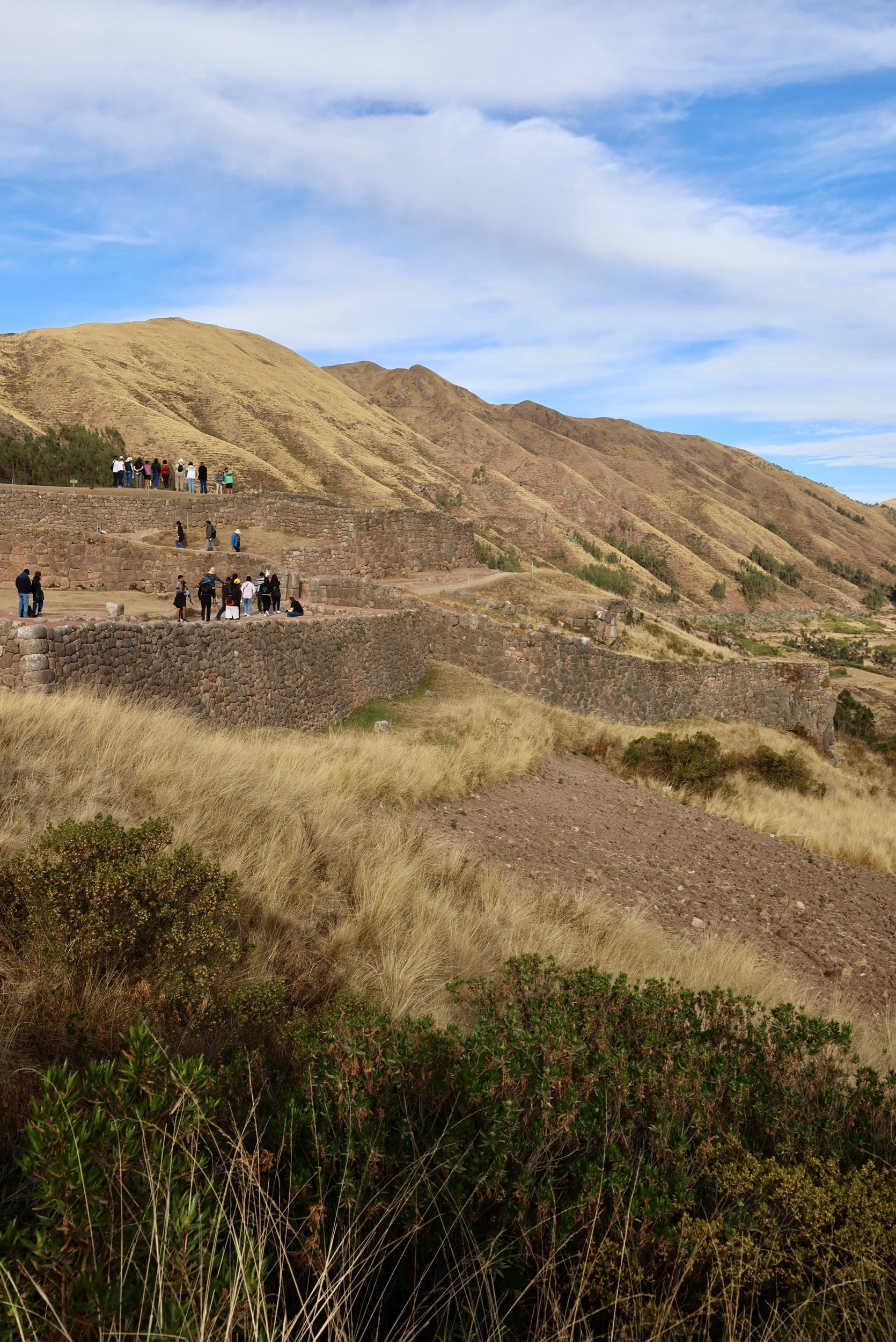
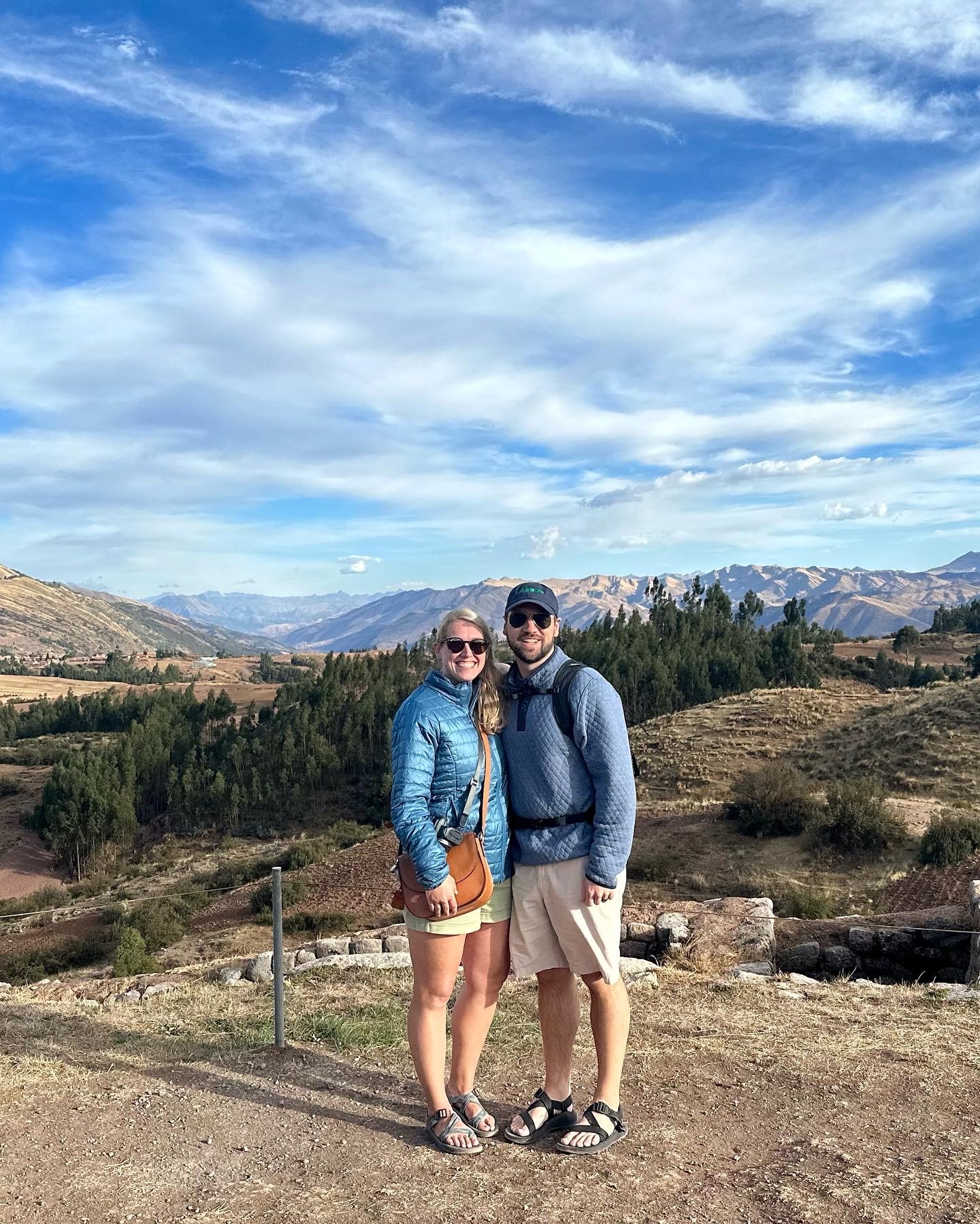

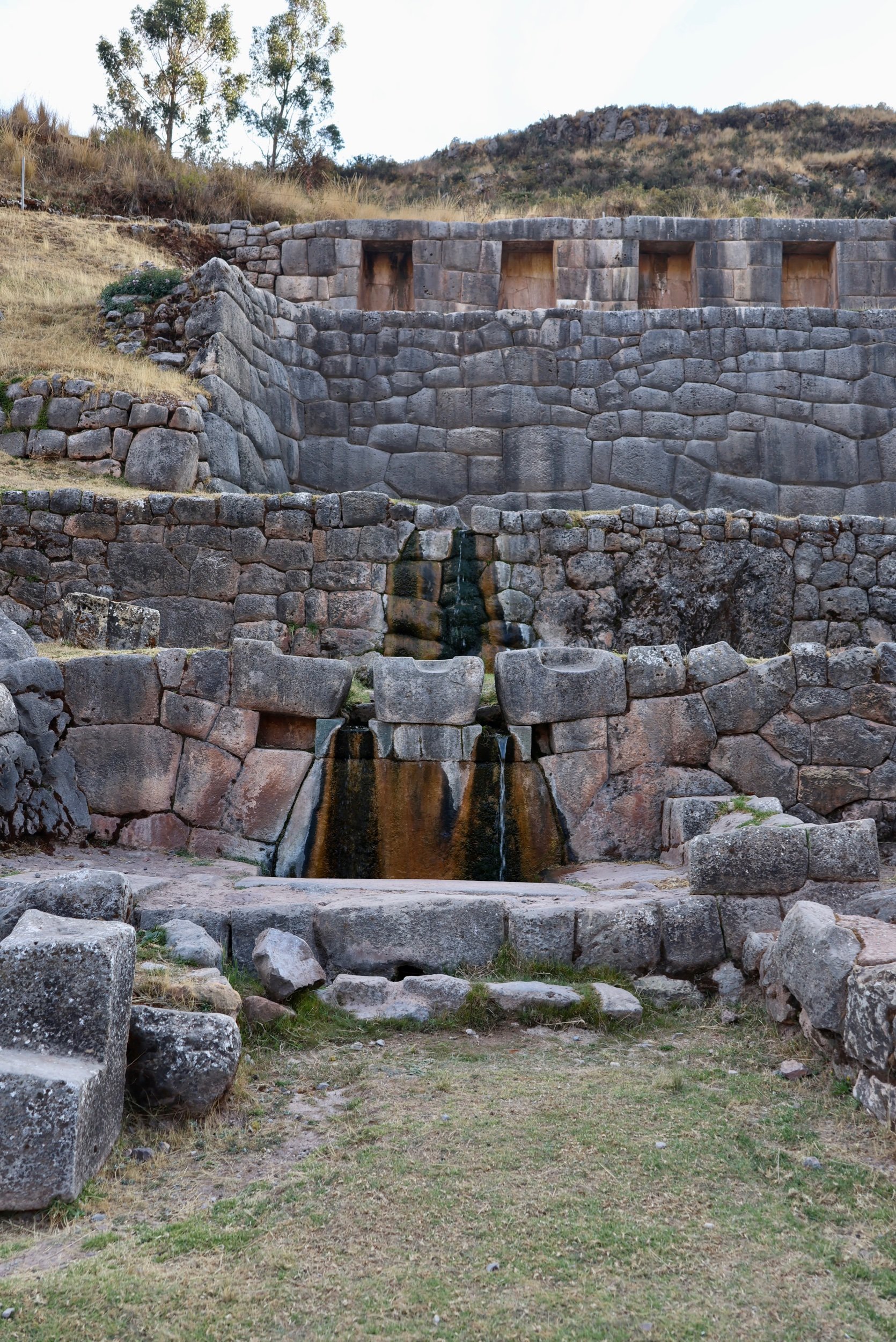
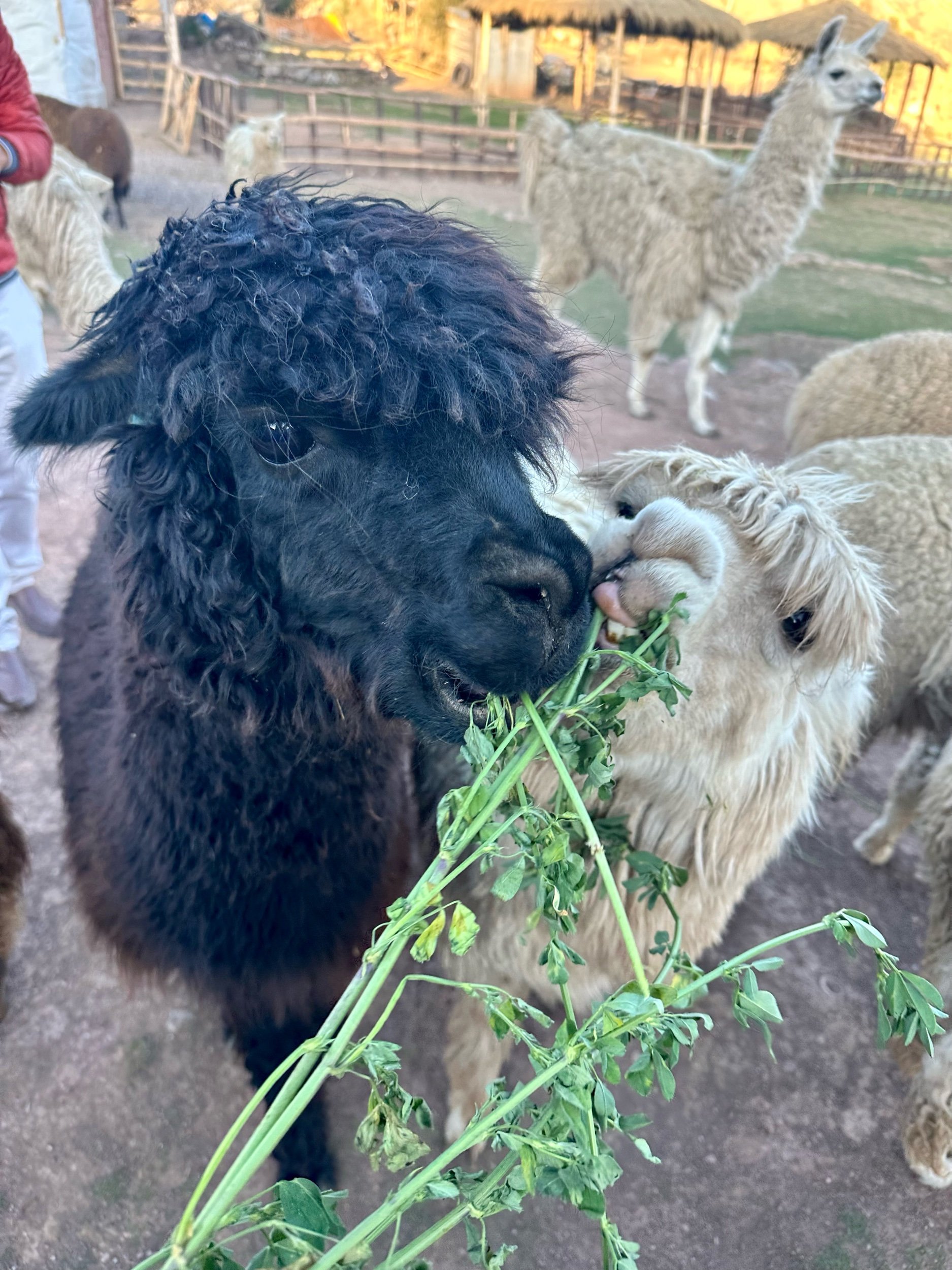
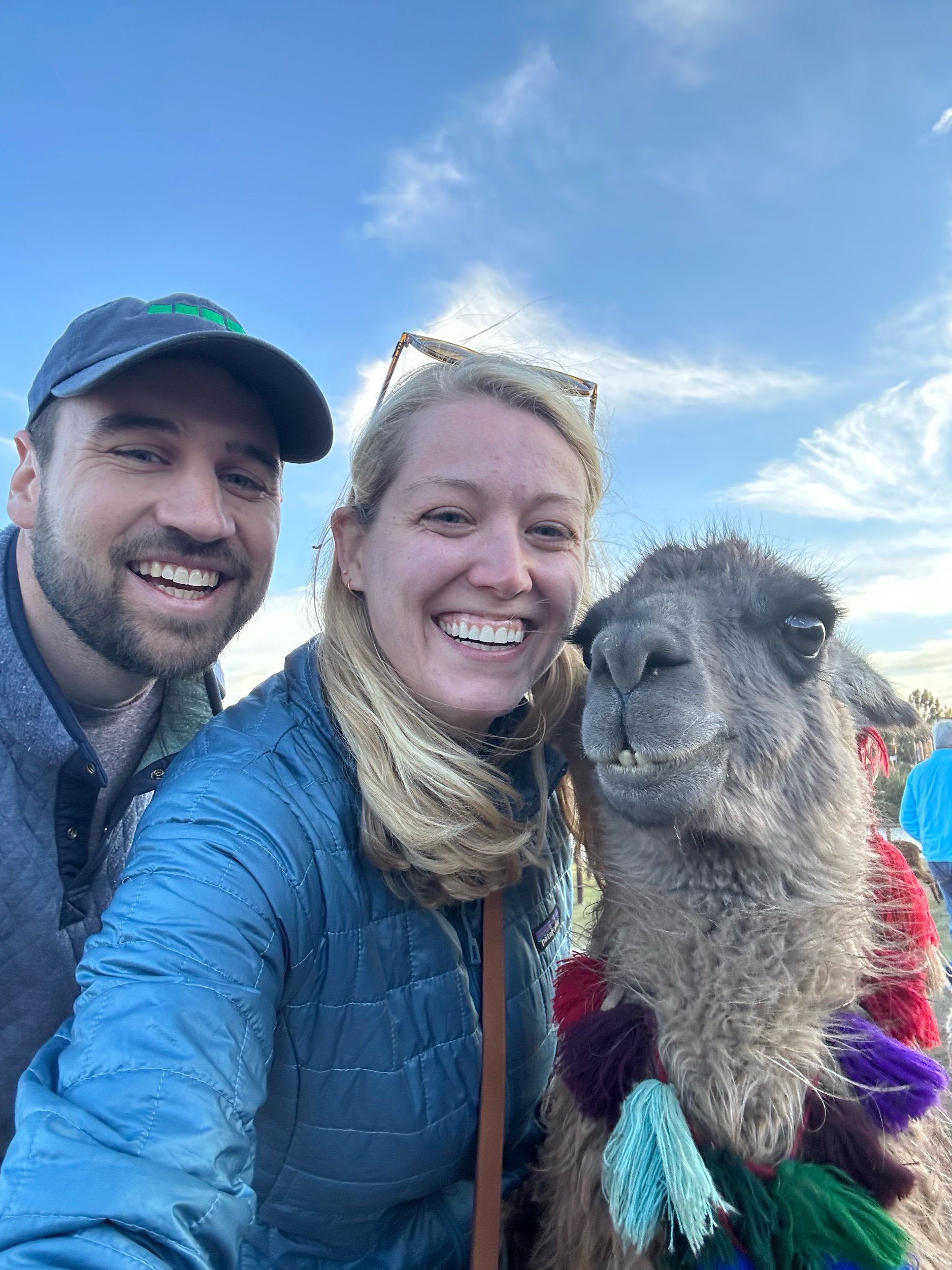
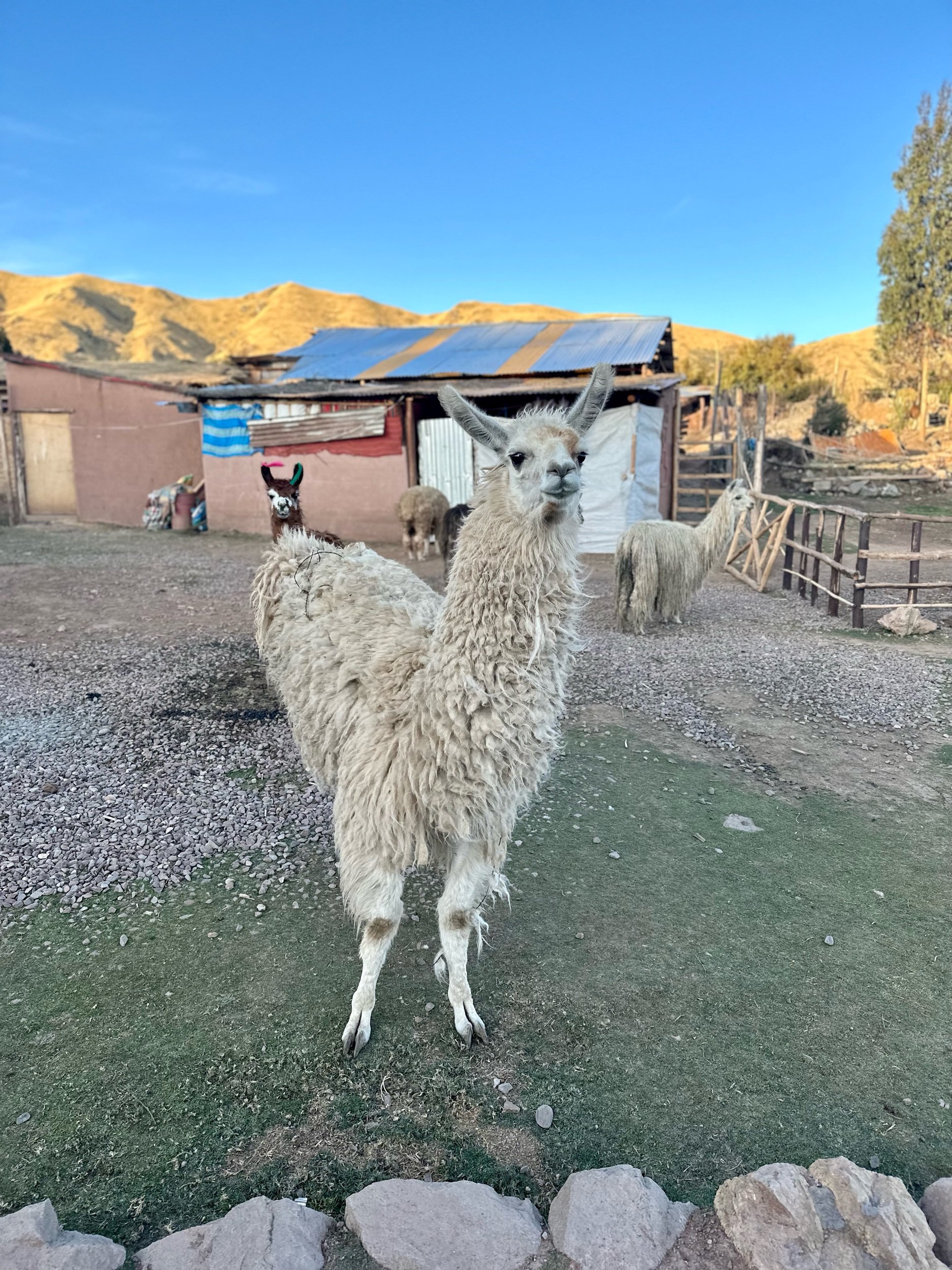

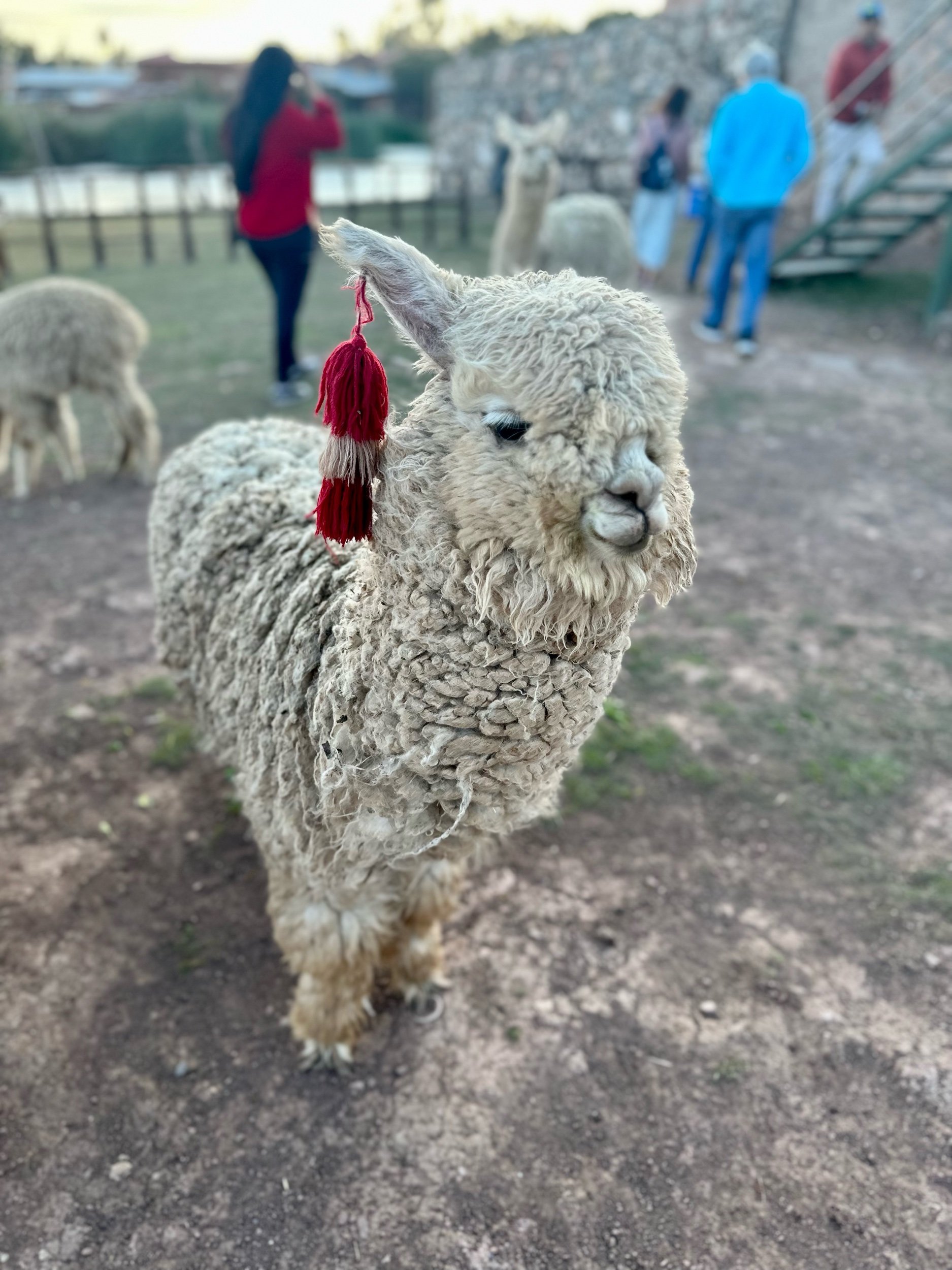
We had to take a day off on our 2nd day in Cusco for some health related reasons. One of us (who will remain nameless) got the other one sick with the exact same thing that they had the previous week but since this blog is in the 3rd person I’m sure that none of you will be able to infer which one of us is still waiting for an apology from the other.
Picking back up with our tours we headed out to our first Sacred Valley tour! We were seeing the Maras Salt Mines and the Morey Inca Ruins. First we stopped at another Alpaca Market in Chinchero. We did learn how the locals dyed the inca wool to make sweaters and blankets of different colors; it was actually very interesting to see all the different colors produced from various plants and animals. The Maras Salt Mines are not from the pre-columbian times but are still a unique experience to see. The “mines” are actually shallow pools that are fed from a natural spring that contains very high concentrations of salt from all mountains it runs through. The locals made canals to over 4500 small (~100 sq feet?) salt pools that they used to evaporate the water and collect the remaining salt. The mines are owned by the local town people and each family is in charge of some number of pools depending on the size of the family and how long they have lived there.
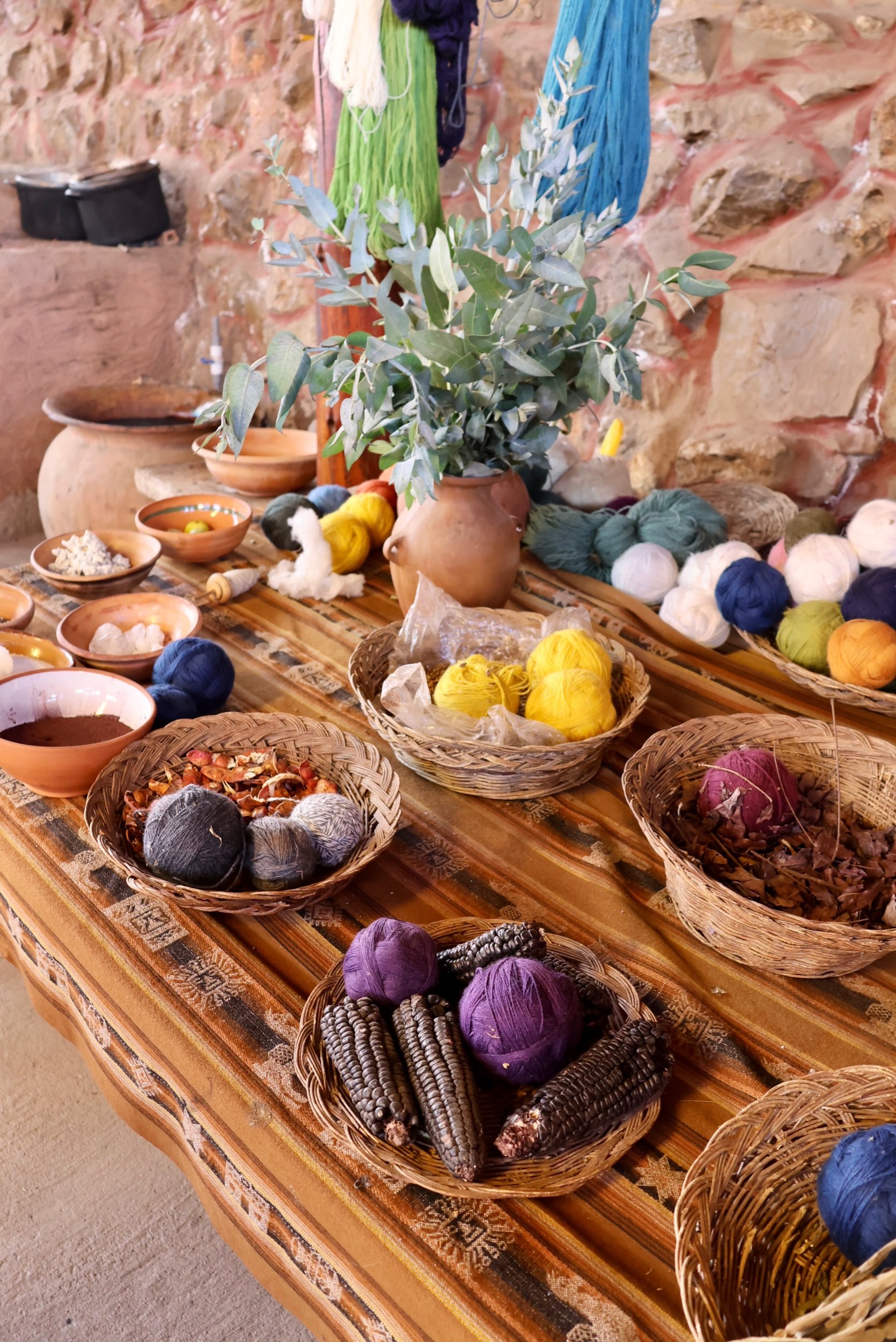
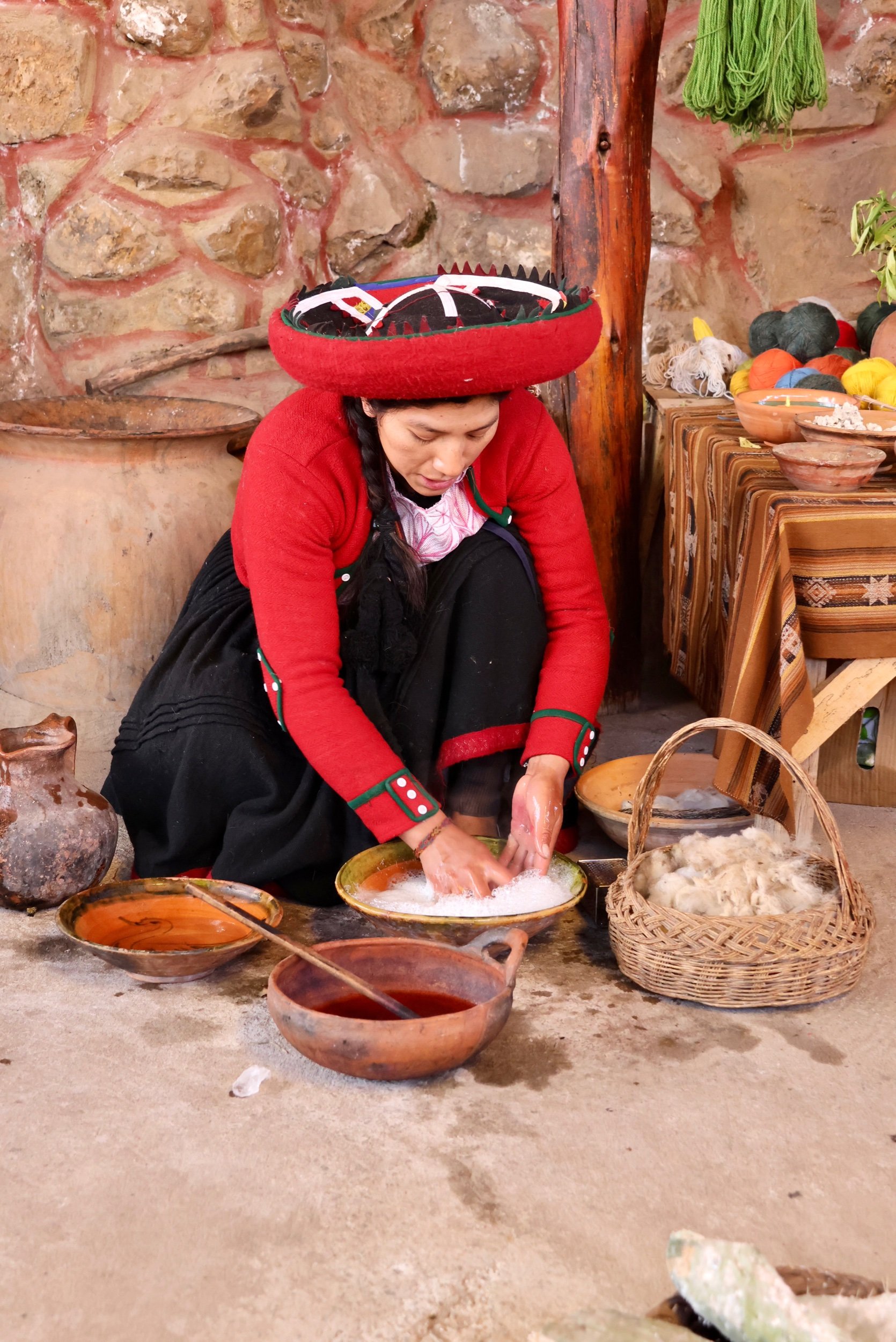
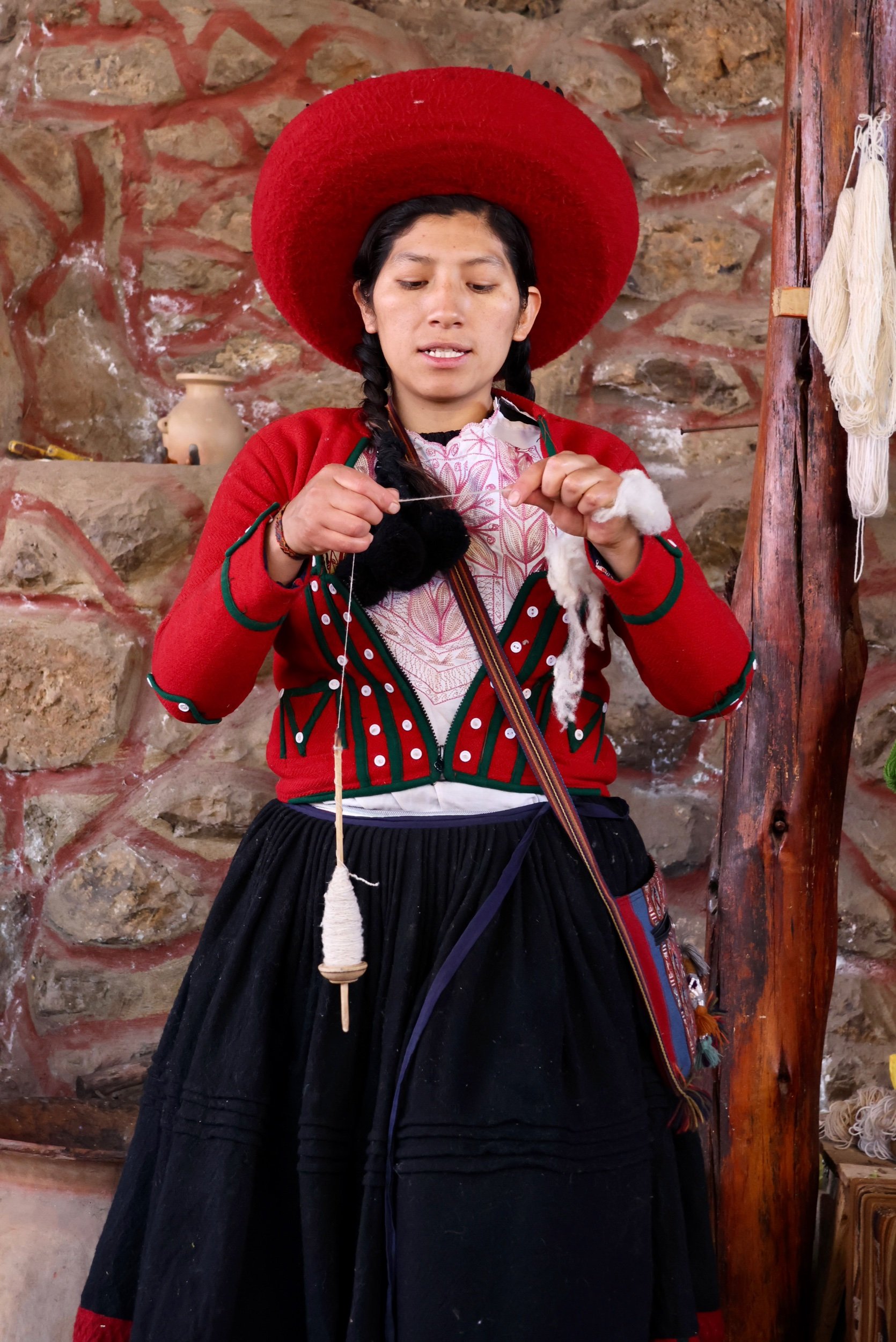


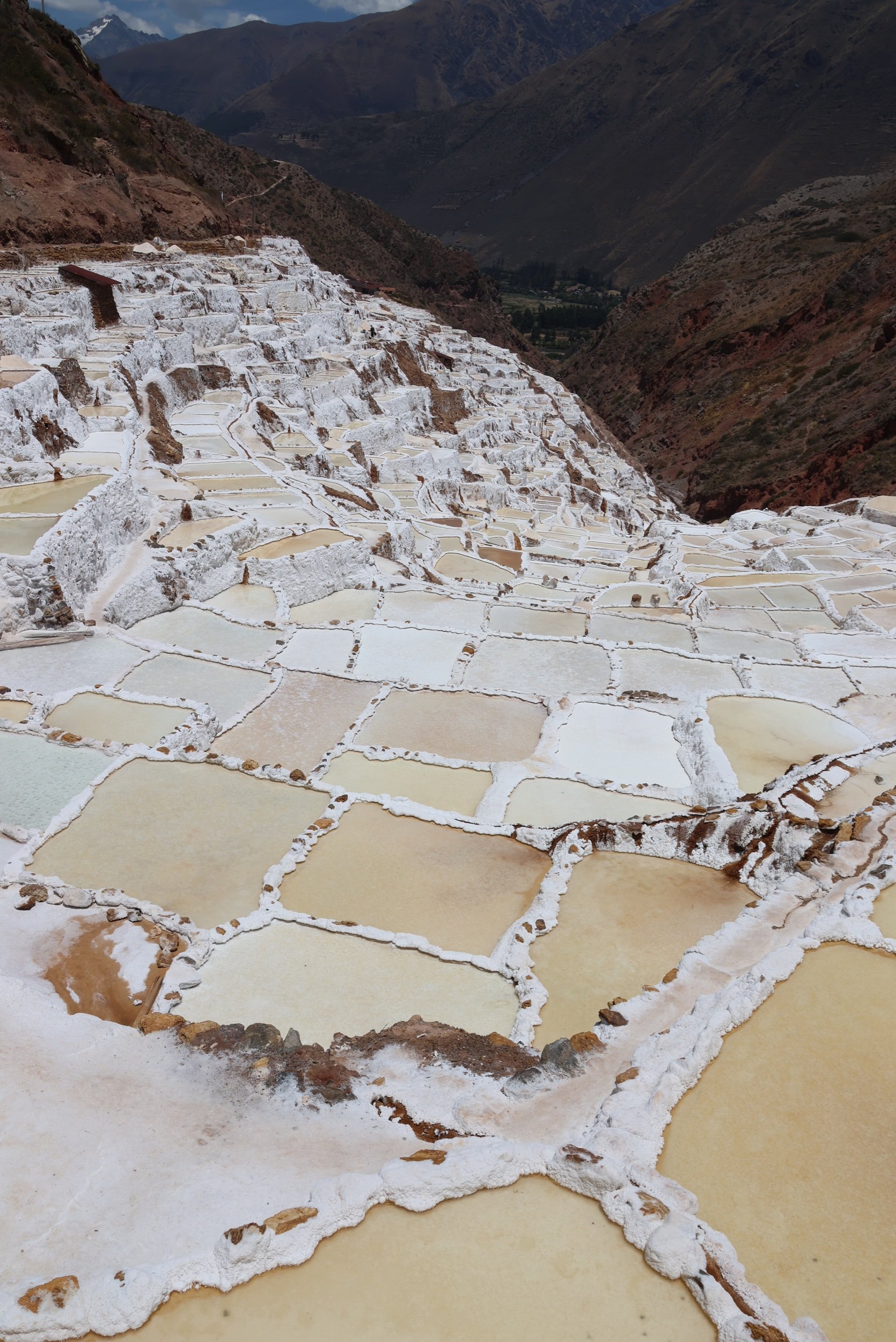
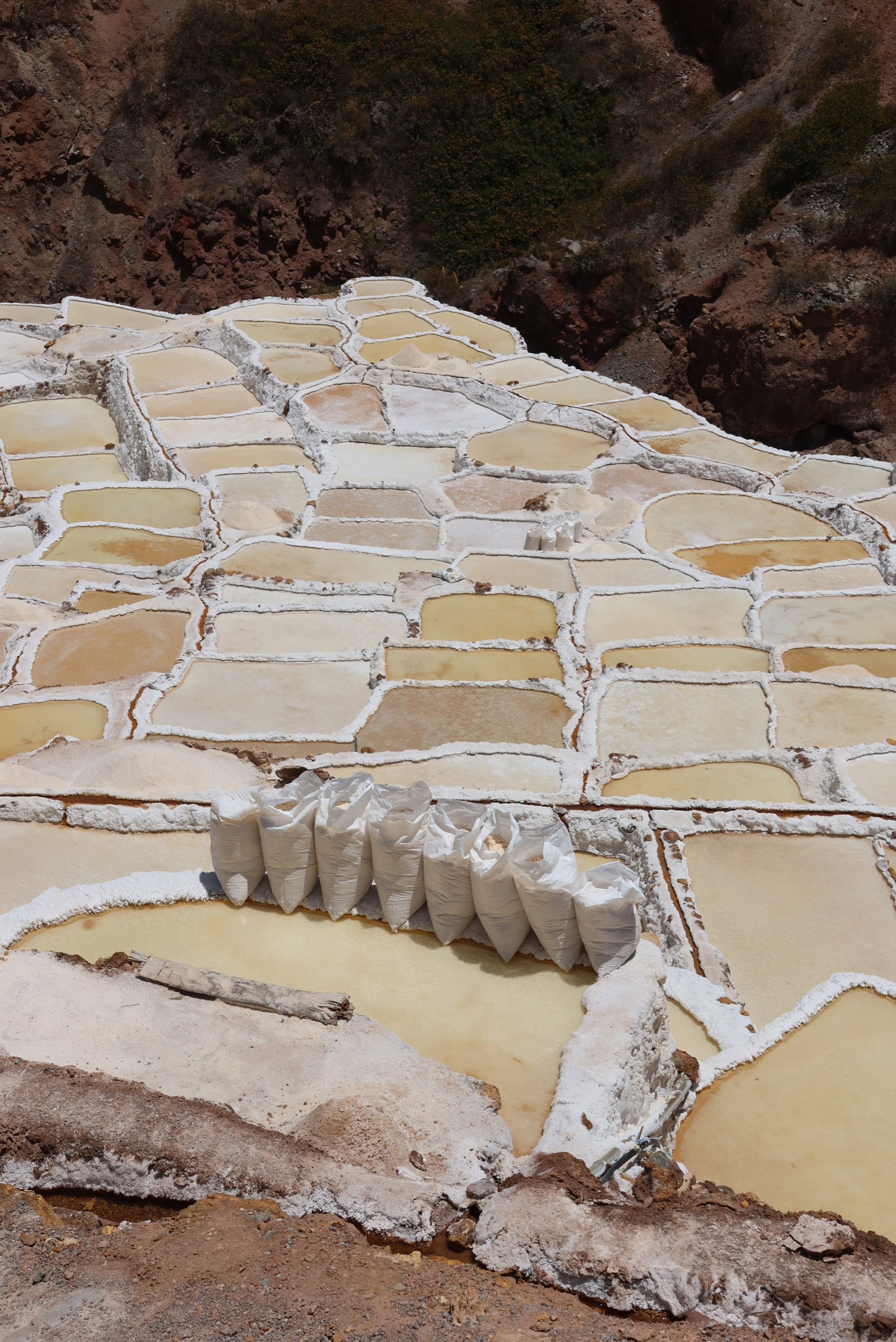
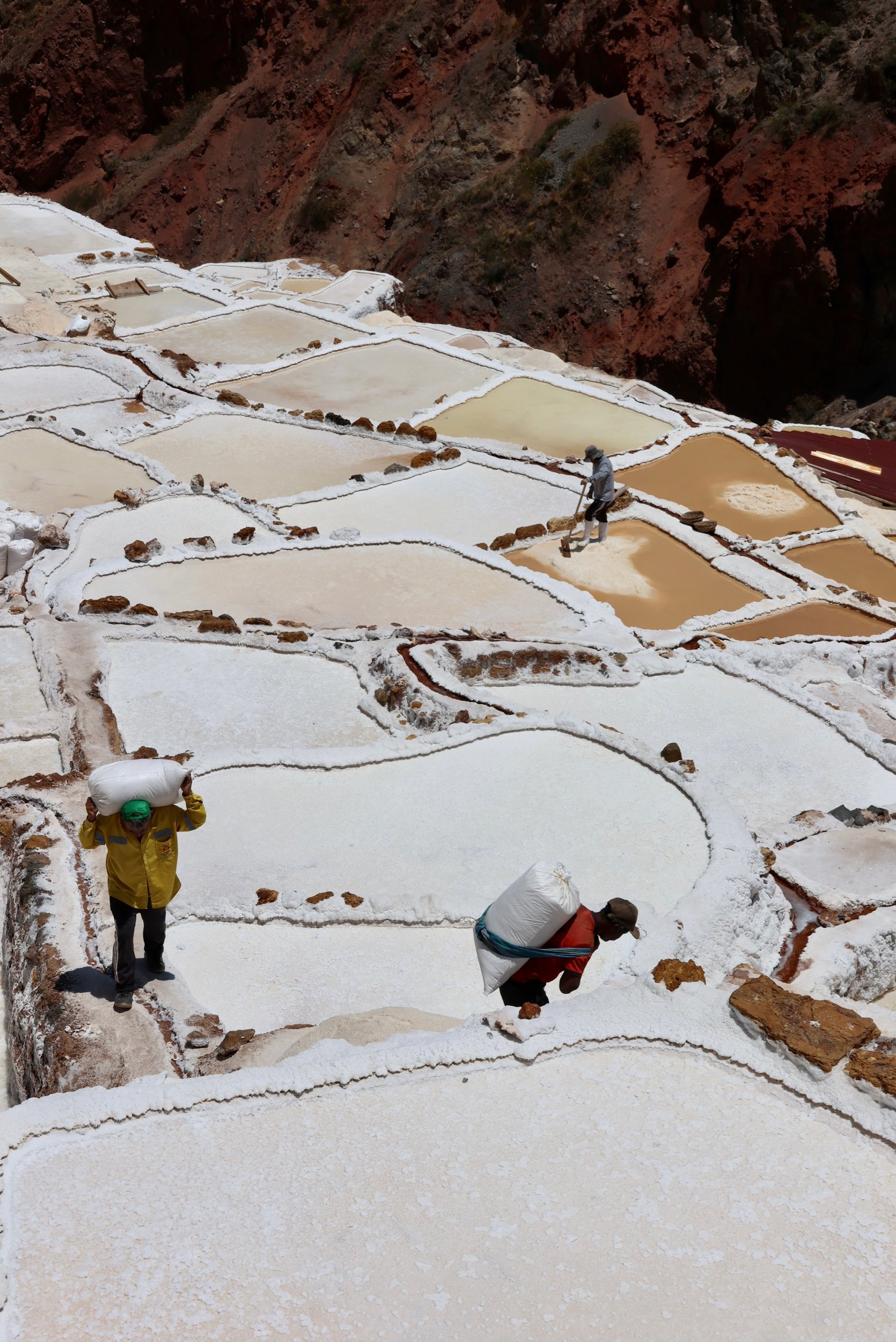



The Morey Inca ruins were huge farming laboratories made by the Incas to learn what crops grew best in what climates. They did this by constructing terraces in concentric circles around large craters in the mountains. The difference in elevation, wind exposure, and sunlight at each level produced microclimates that the Incas used to simulate much larger differences in altitude to know what strands of different crops would grow best in different places in the Empire. I bet they were doing some mean statistical analysis with all this knowledge (ok if it wasn’t obvious Matt is definitely writing this post). There were 3 “labs” still intact and we overheard a different guide say that they found evidence the holes were actually craters formed by meteor impacts but we didn’t find any proof for this online, bummer. Again, no, it wasn’t aliens.
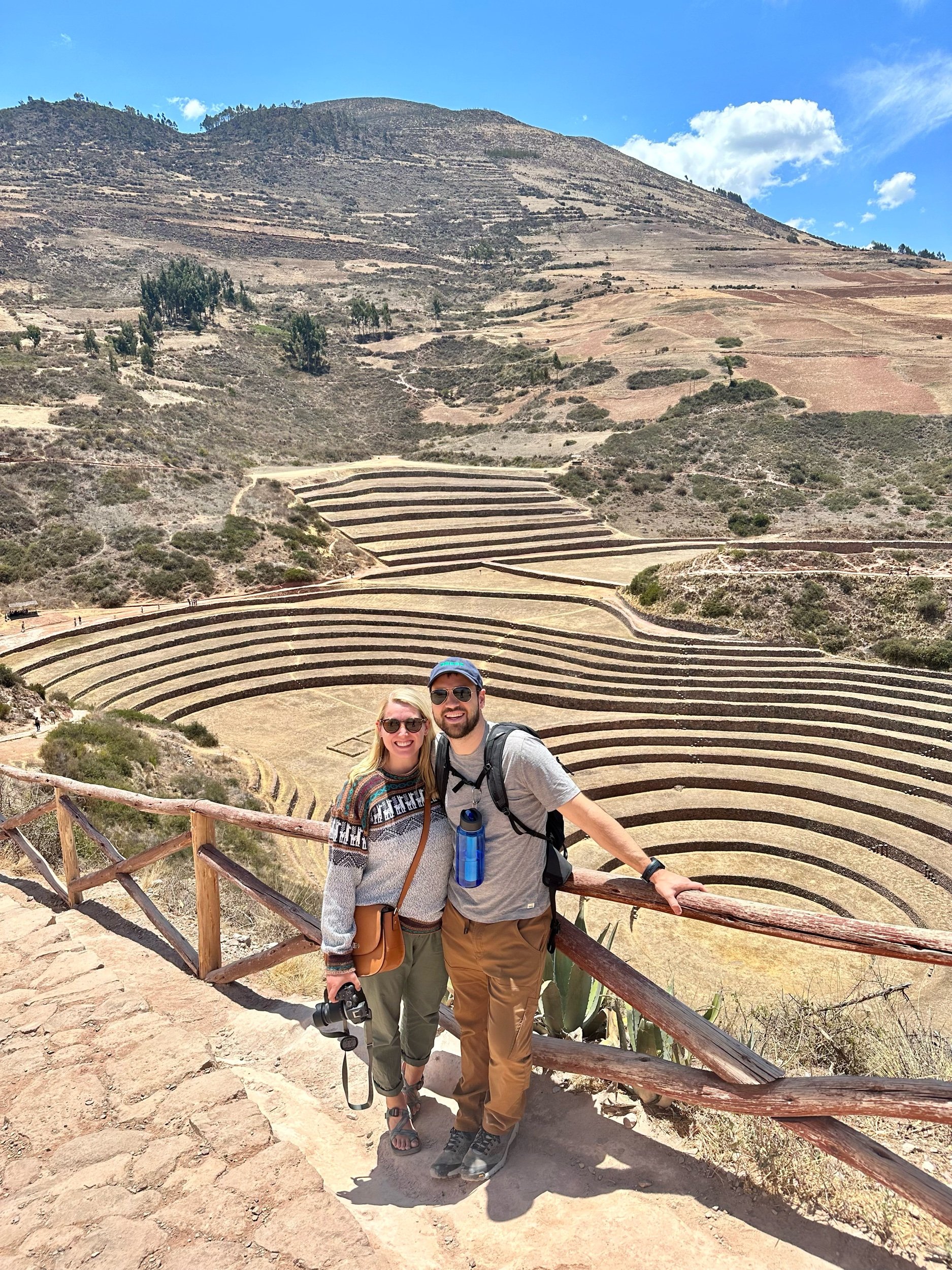

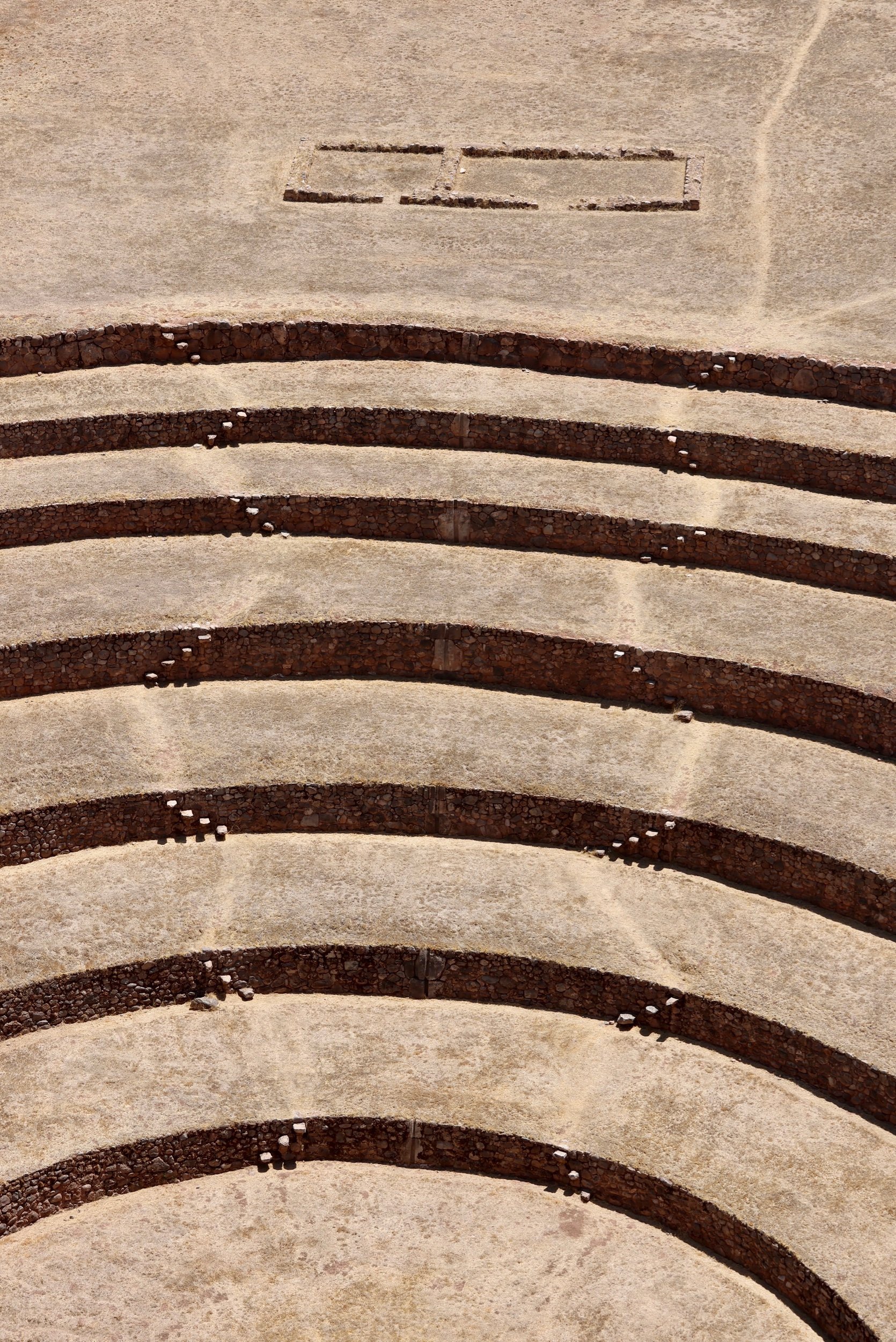
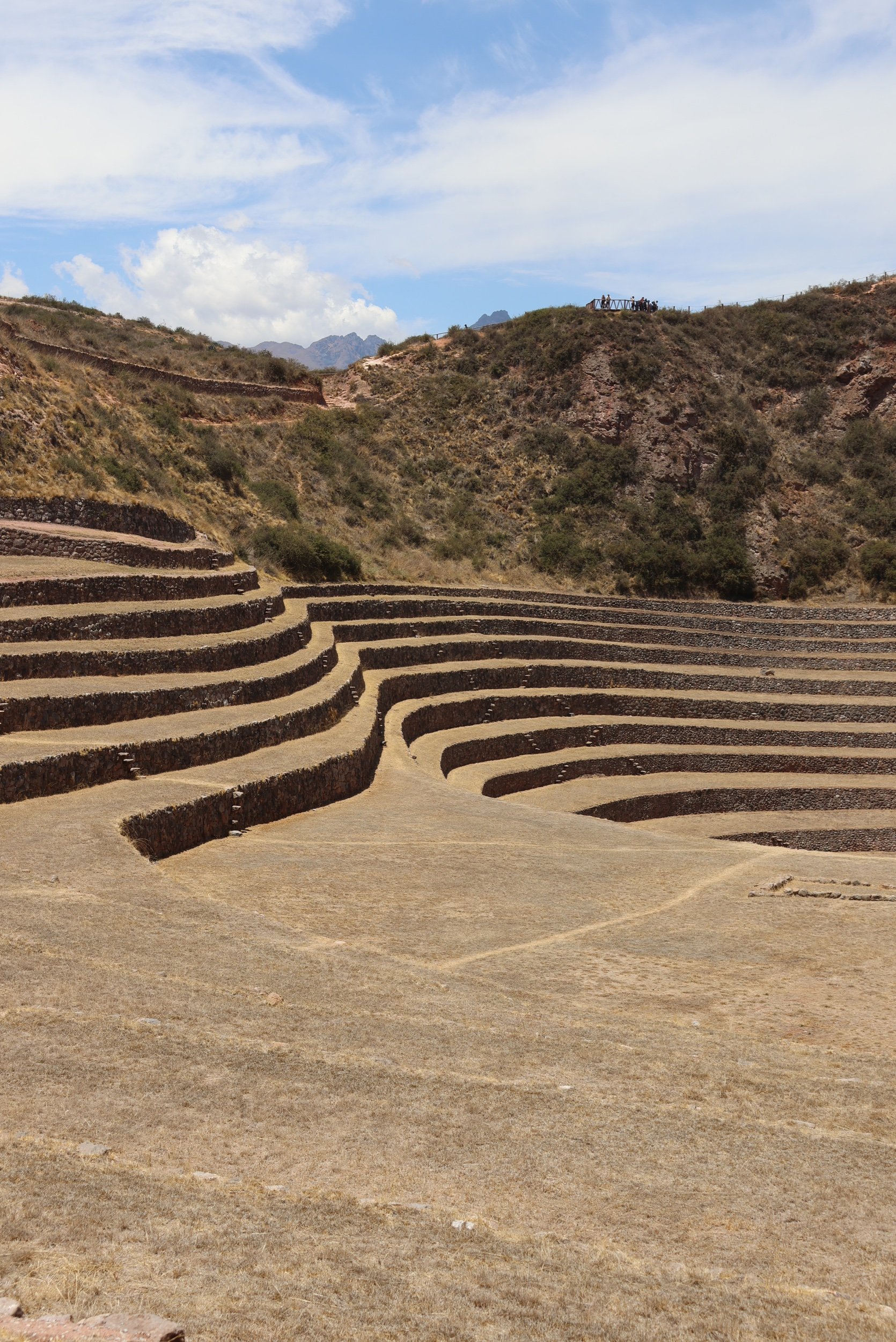

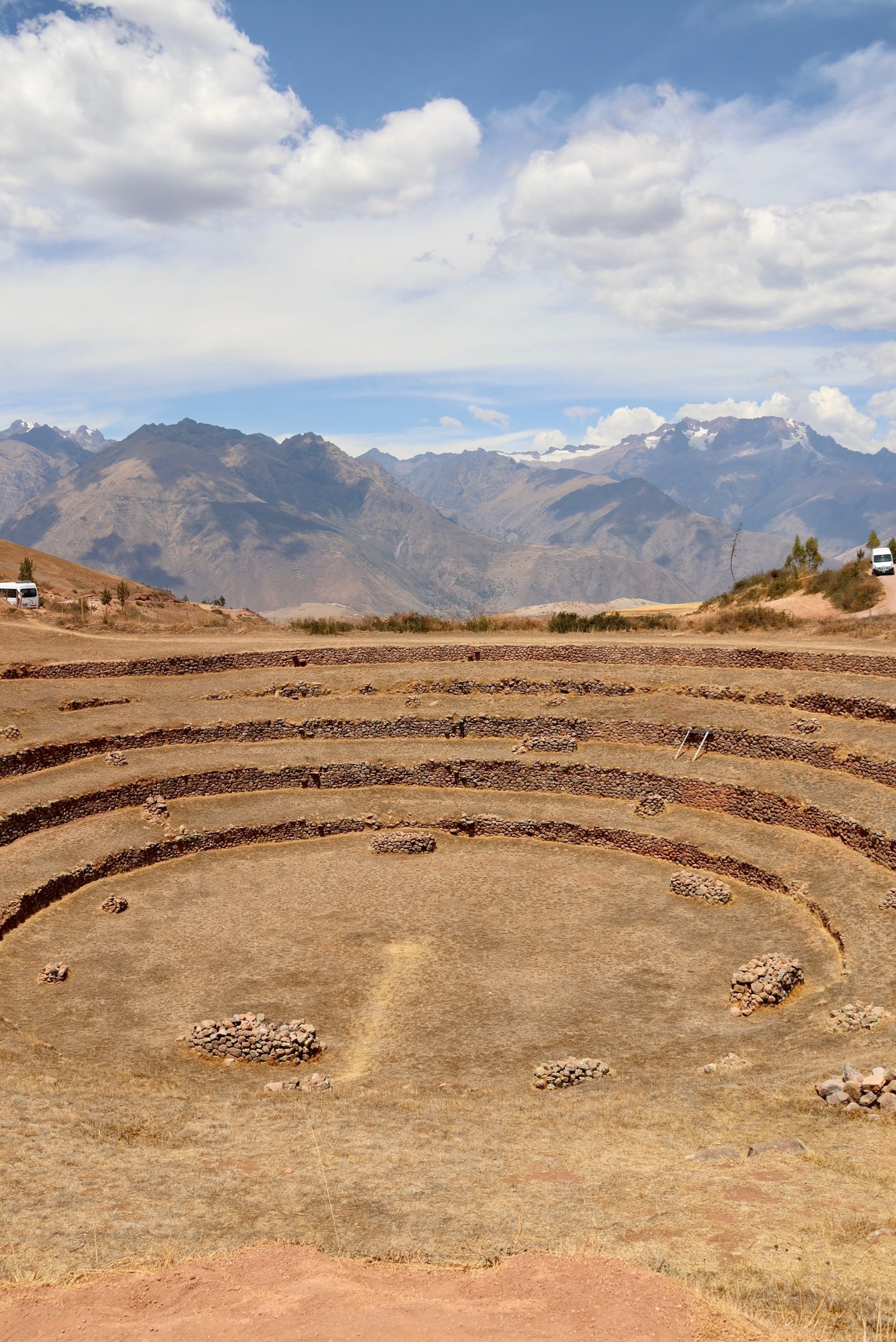

That night we went to the Cusco Planetarium and learned about how the Incas used the constellations to help plan their harvests and determine if the El Nino phenomenon was active that year! Susan brought us to a restaurant where we tried our first Alpaca meat (it was delicious) and then a series of dances were performed by the wait staff that I would bet money on not being authentic at all and were done just to get tips from the huge groups of elderly, European tourists that had been brought there as part of their vacation package. Susan’s restaurant picking privileges have been temporarily suspended. She will get them back when Matt inevitably breaks down and takes us to KFC to try to find Buffalo Wings.
Our next day of Sacred Valley tours started in a town called Pisac. This was our first visit to a large terrace style Inca ruin on the side of the mountain. The Incas built terraces not only for farming but also to help make the mountain side more stable by preventing natural erosion from heavy rains. At the top of the mountain was a compound for the noble and religious people to live and worship at sacred temples. Lower down the mountain was where the common people lived. You could still tell the difference in the quality of the stone work between the two communities.

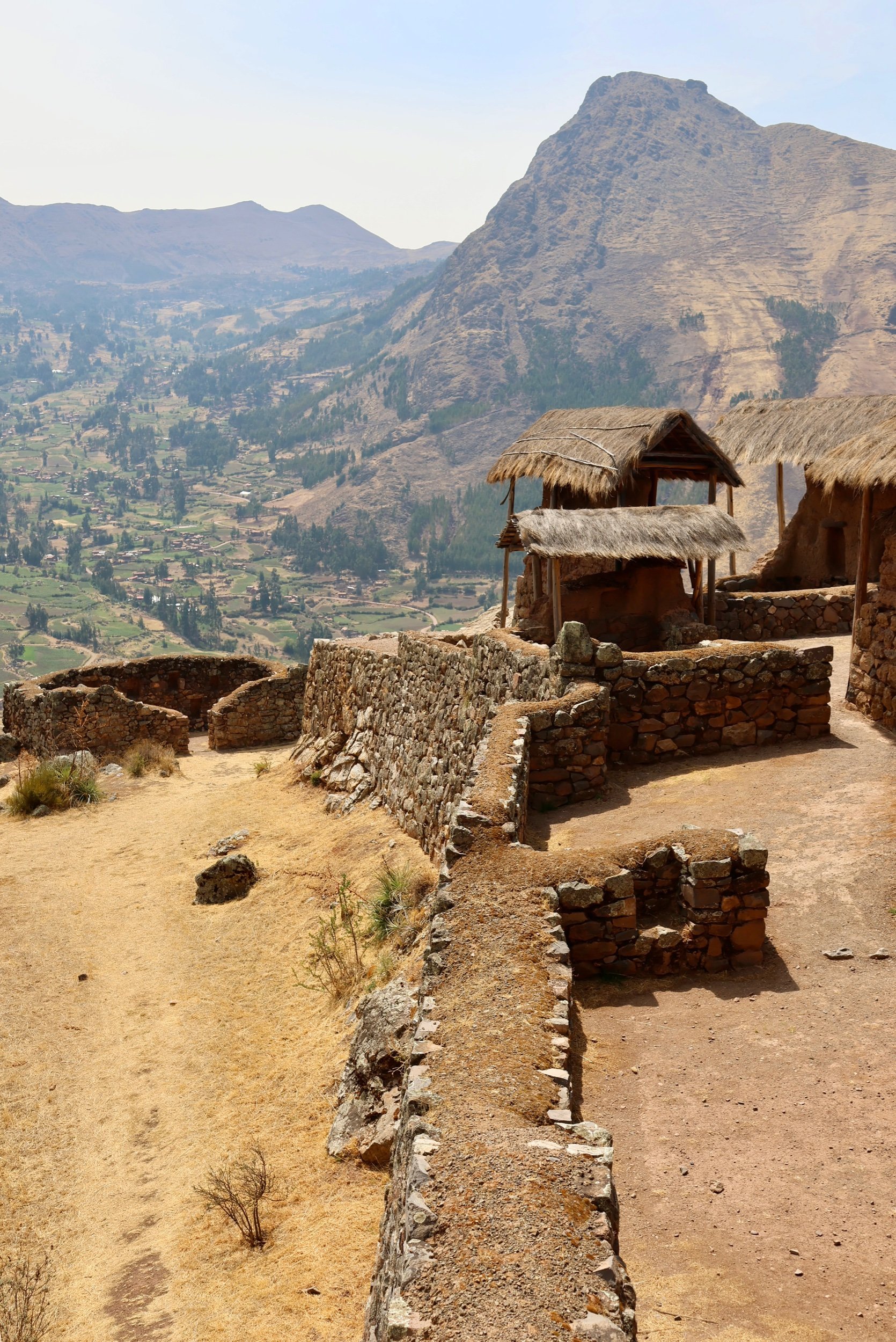
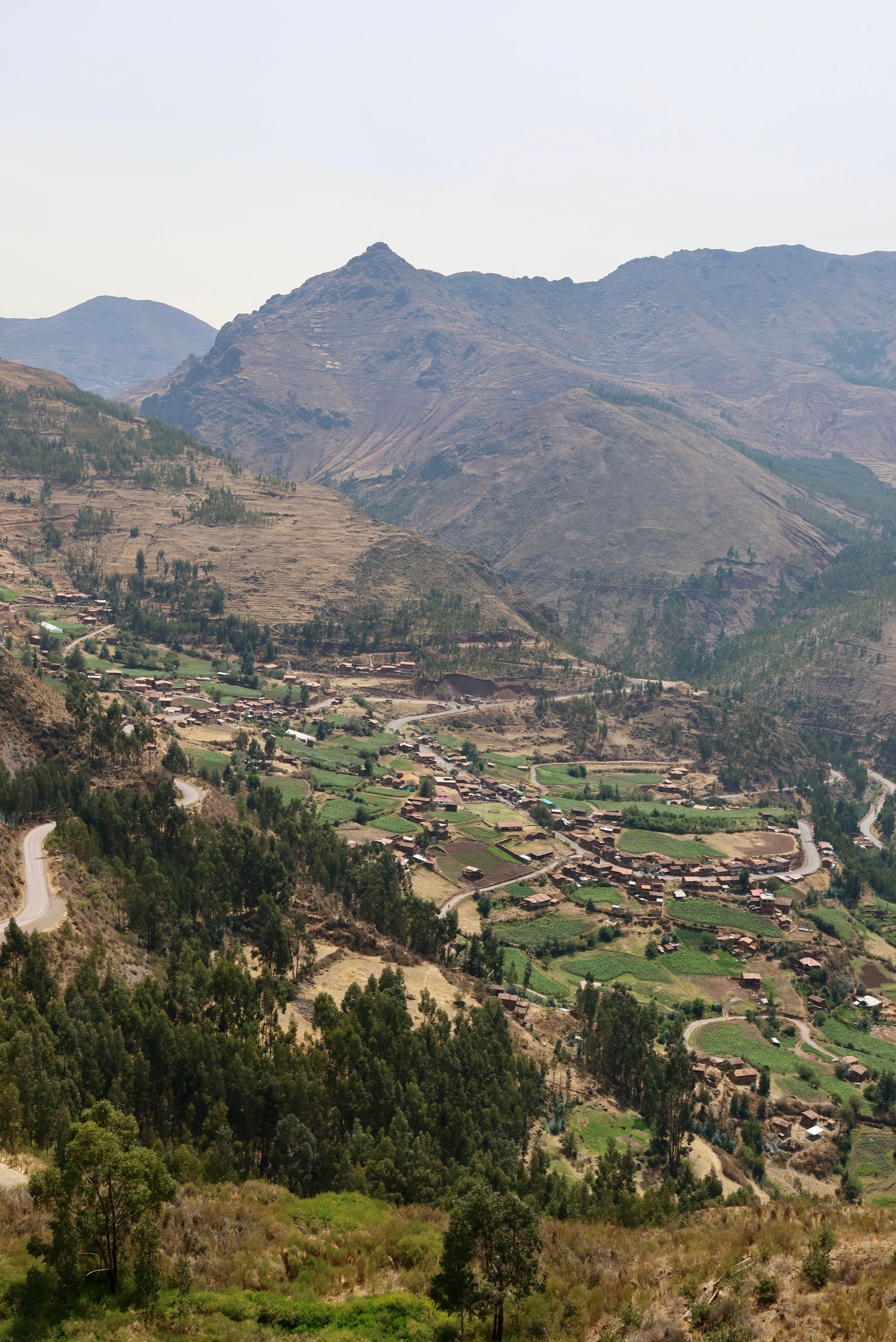
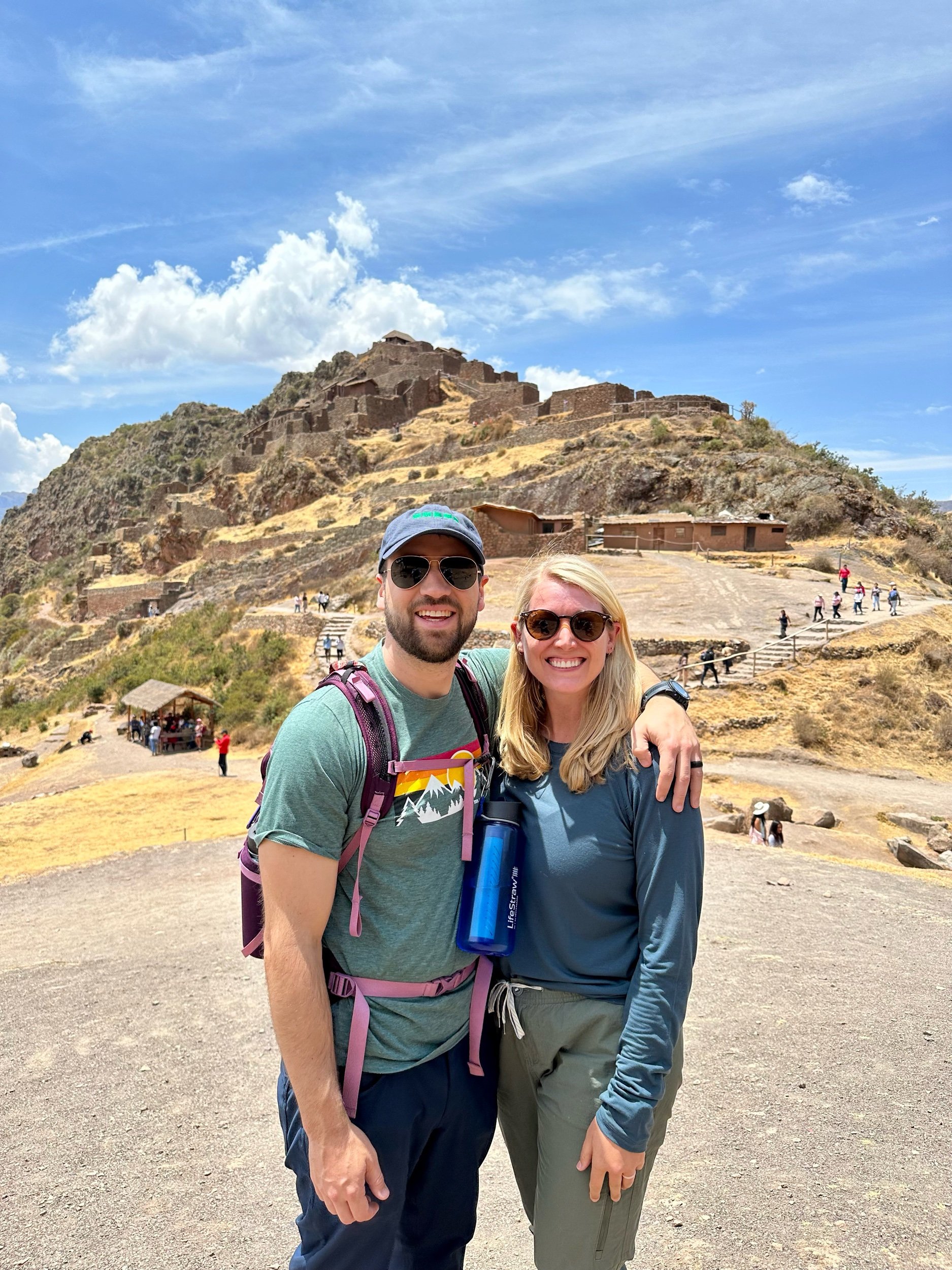
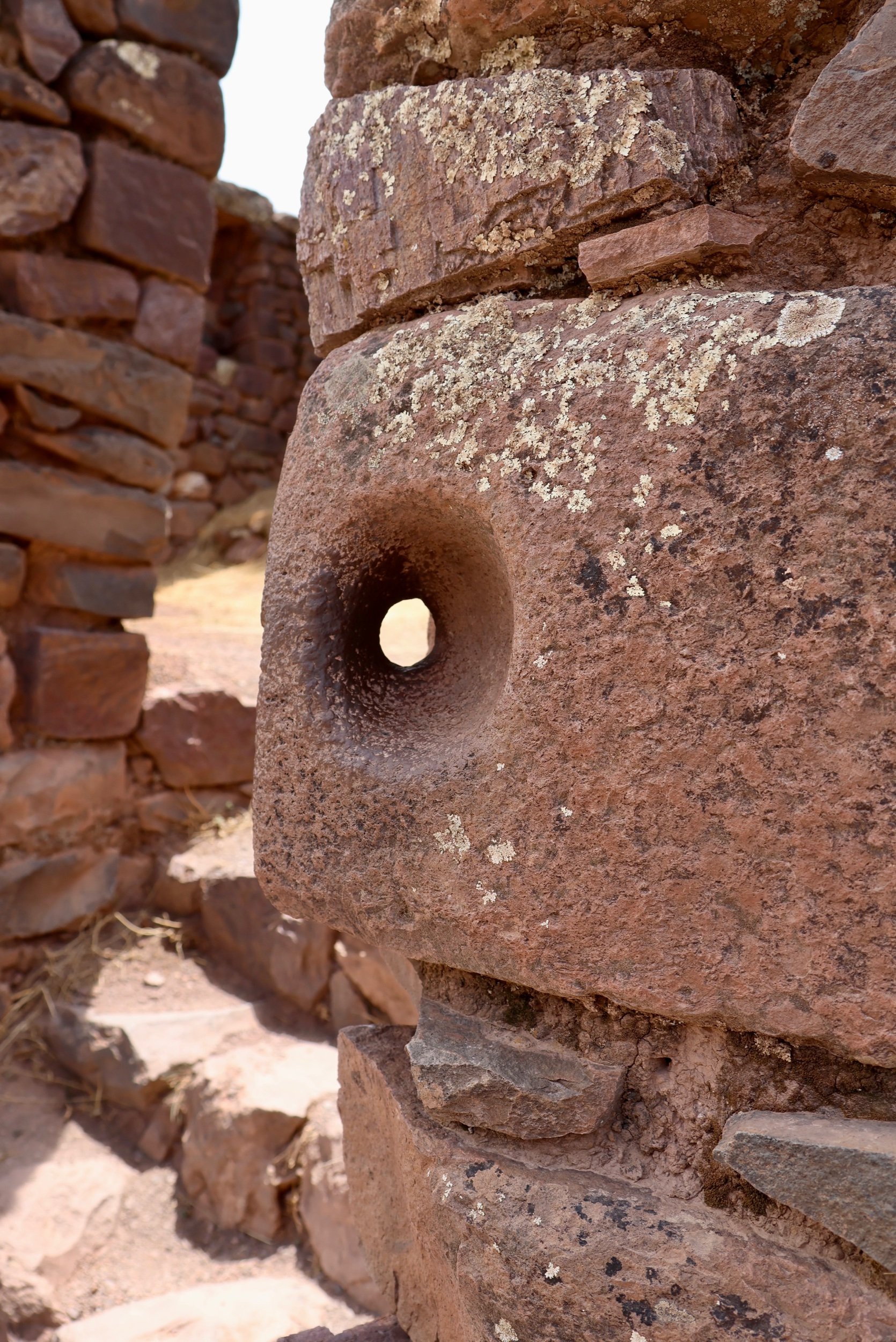
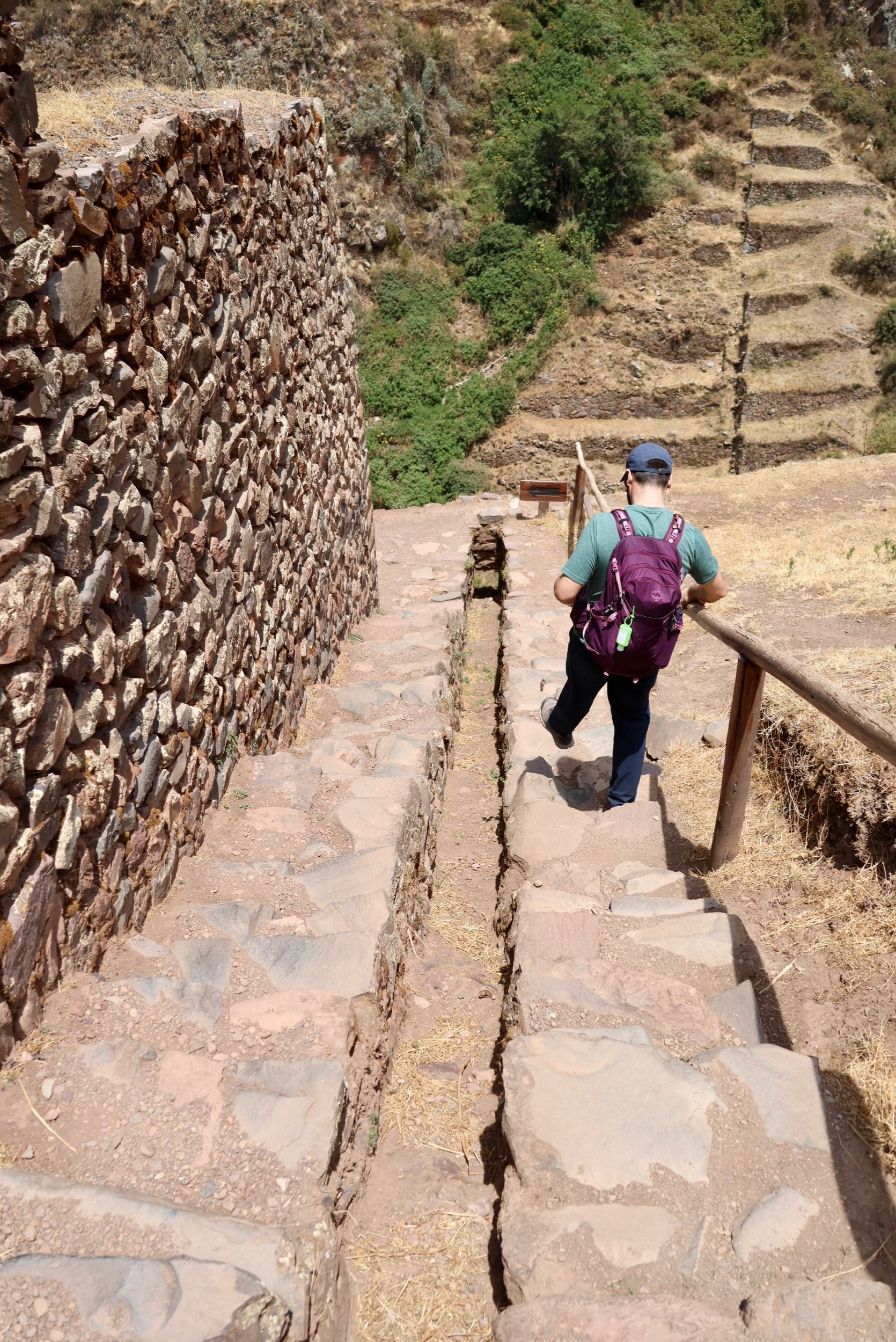
We then stopped for lunch on our way to Ollyantytambo. We were with a tour of 10 or so people all in a van together. Our guide informed us that everyone else was being dropped off at one restaurant, and just the two of us were going to be dropped off at a different one down the road. We were very confused (we didn’t even think we were getting lunch, we packed sammies!) and tried to get our guide to let us eat with the group. He did not let us leave the van though and, after getting the rest of the group to sit at the normal looking restaurant, explained we had been hooked up by Señor James and had been booked at the nicest restaurant in the valley, Tunupa. We stopped arguing and arrived at a historic Spanish Villa built on the banks of the Urubamba River where we were treated to a full buffet of incredible Peruvian dishes. We got picked up by the rest of our group after lunch and they apologized for us having to eat alone. We decided not to rub it in their faces that we had one of the best experiences of our trip because we are nice people, but we are definitely gloating about it now.
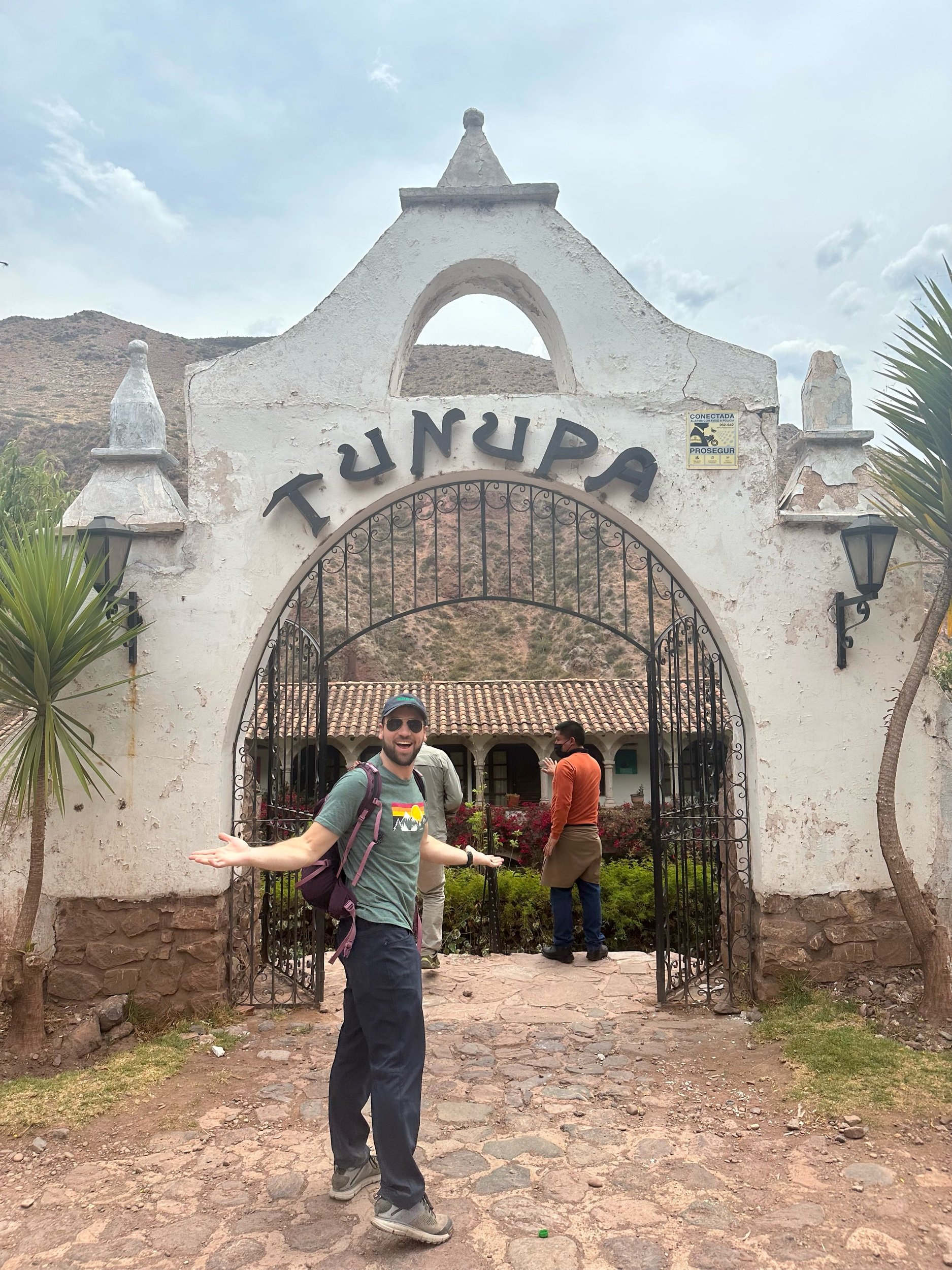


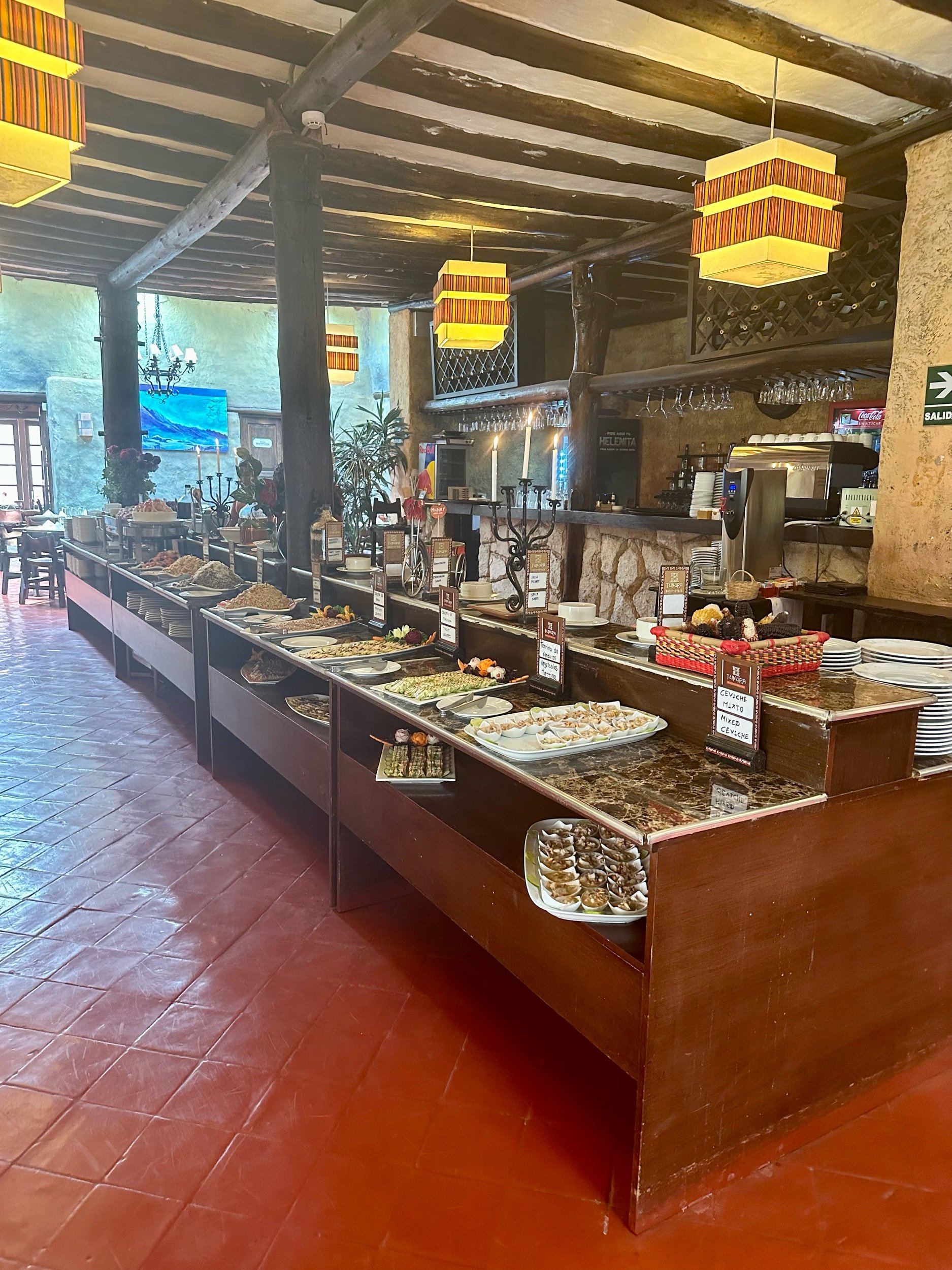
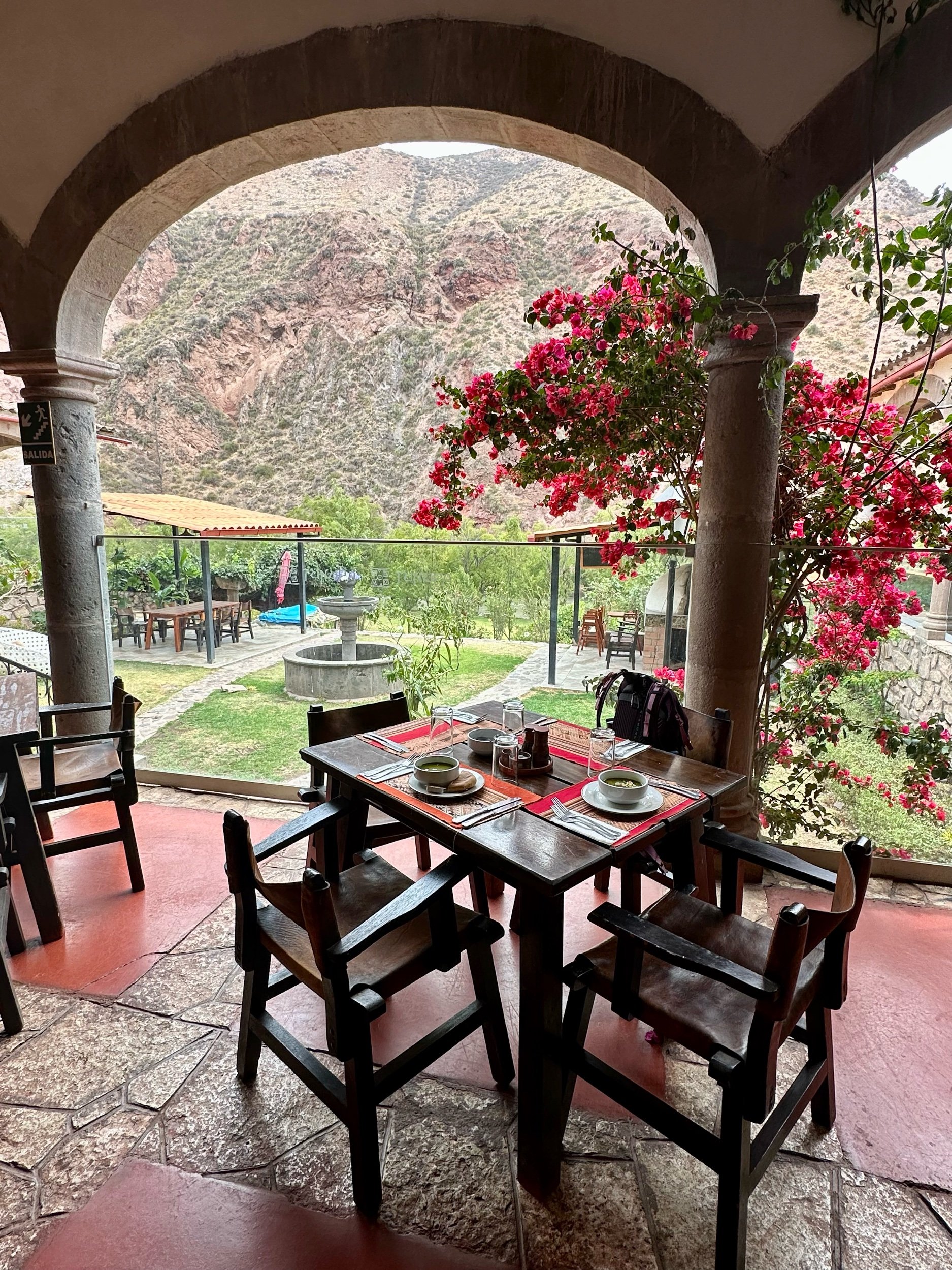

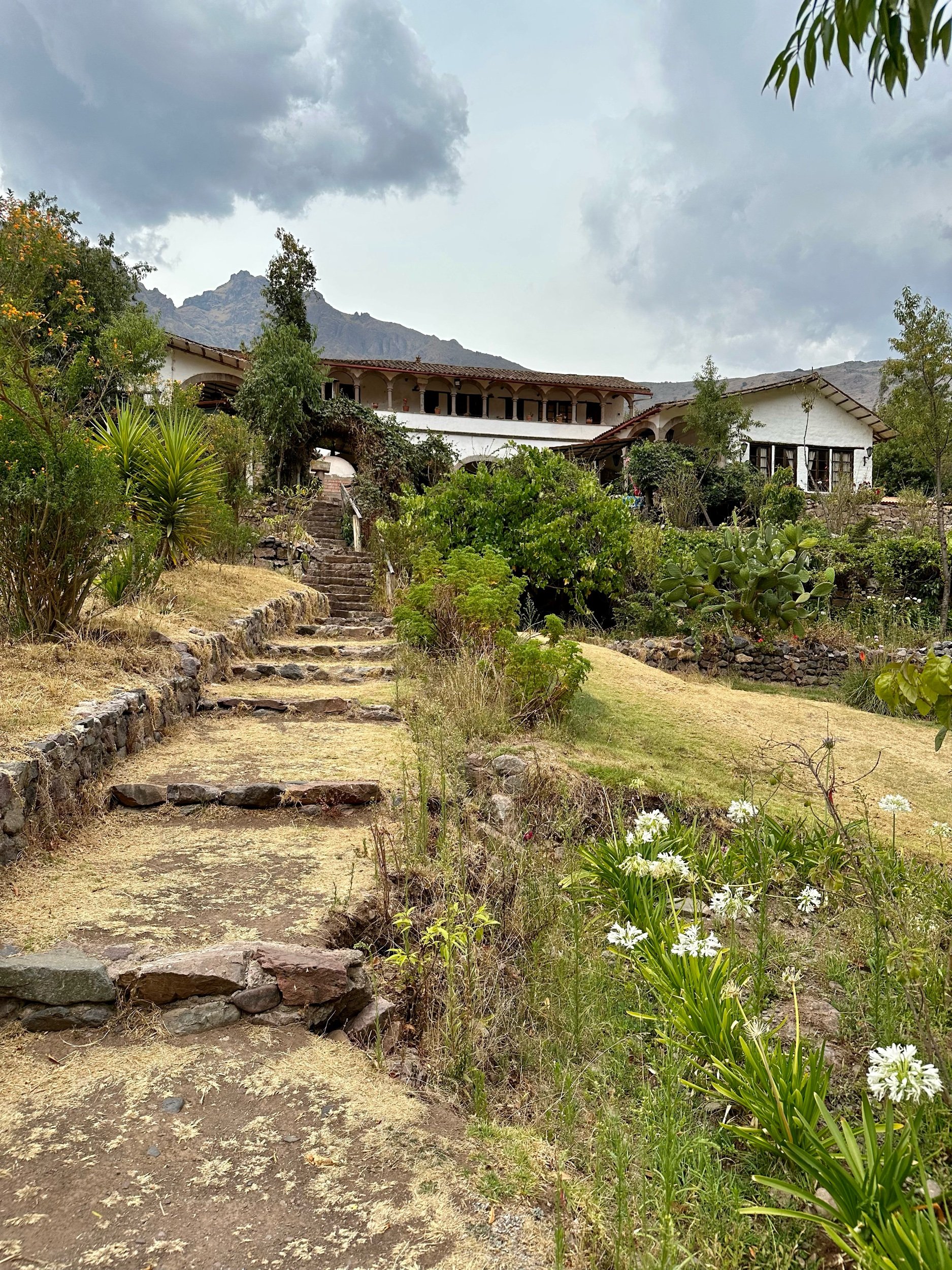
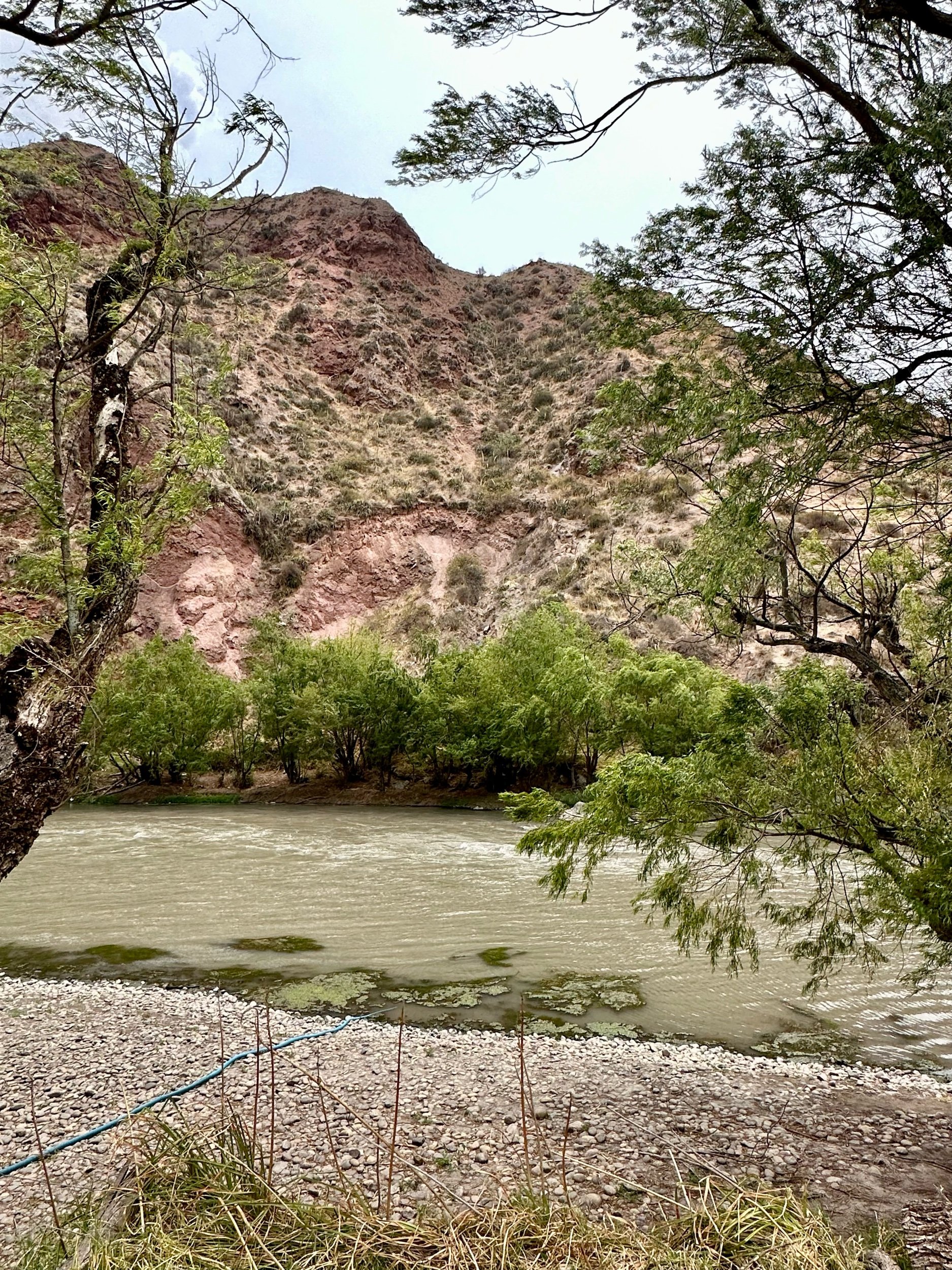
Ollyantytambo is another Inca Ruin but this one is special because it was in progress when the Spanish first invaded. All of the workers eventually left to go fight against the Spanish and the ruins were left only half built so it provides a lot of clues about how they actually constructed all of their buildings, terraces, and temples. Another impressive engineering feature of Ollyantytambo is that they built refrigerated food storage! The ruins are on the side of a mountain in a small valley. On the other side of the valley there is lots of wind. The Incas built storage buildings on the windy side with special vents for air to keep their harvested crops cold and dry in order to extend the amount of time they could store them. The Incas possessed a truly awe-inspiring amount of knowledge and engineering talent to thrive in the harsh Andean mountains. Our last ruin we went to was Chinchero. It was the old temple for Inca Tupac and was destroyed by the Inca’s when the Spanish began invading. They were worried that it could give away the location for Machu Picchu. Now a Spanish style church sits above the ruins.

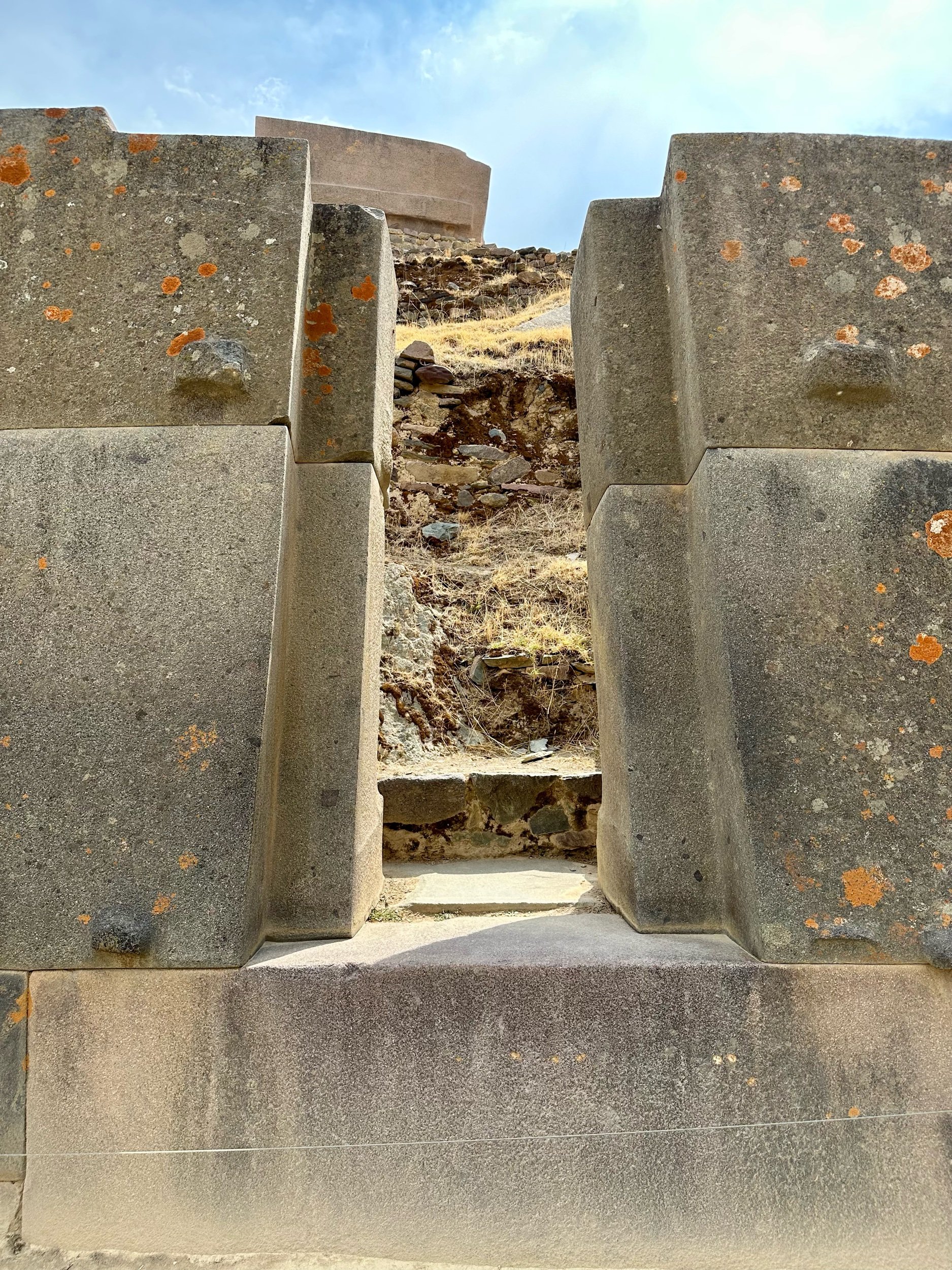
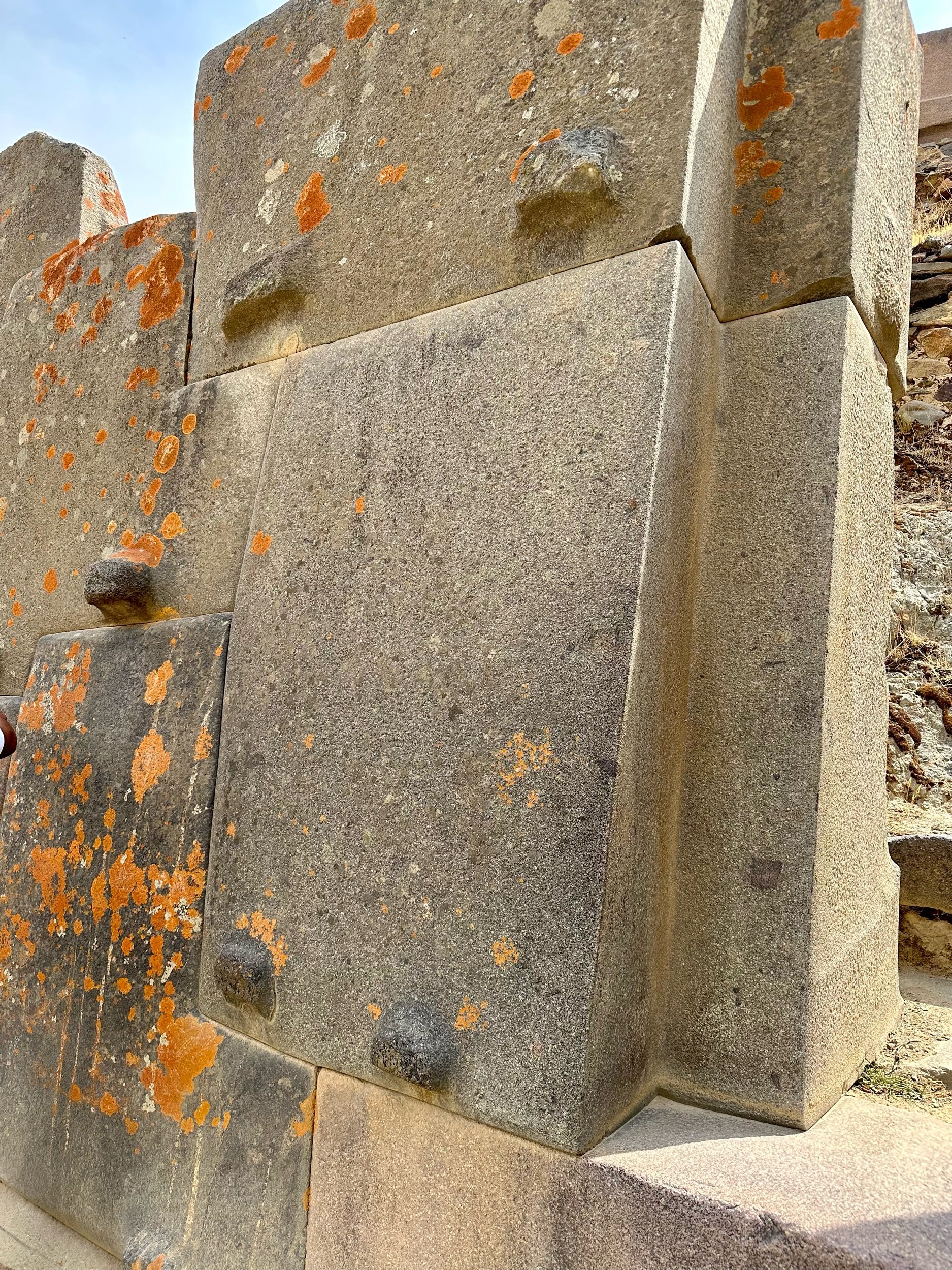
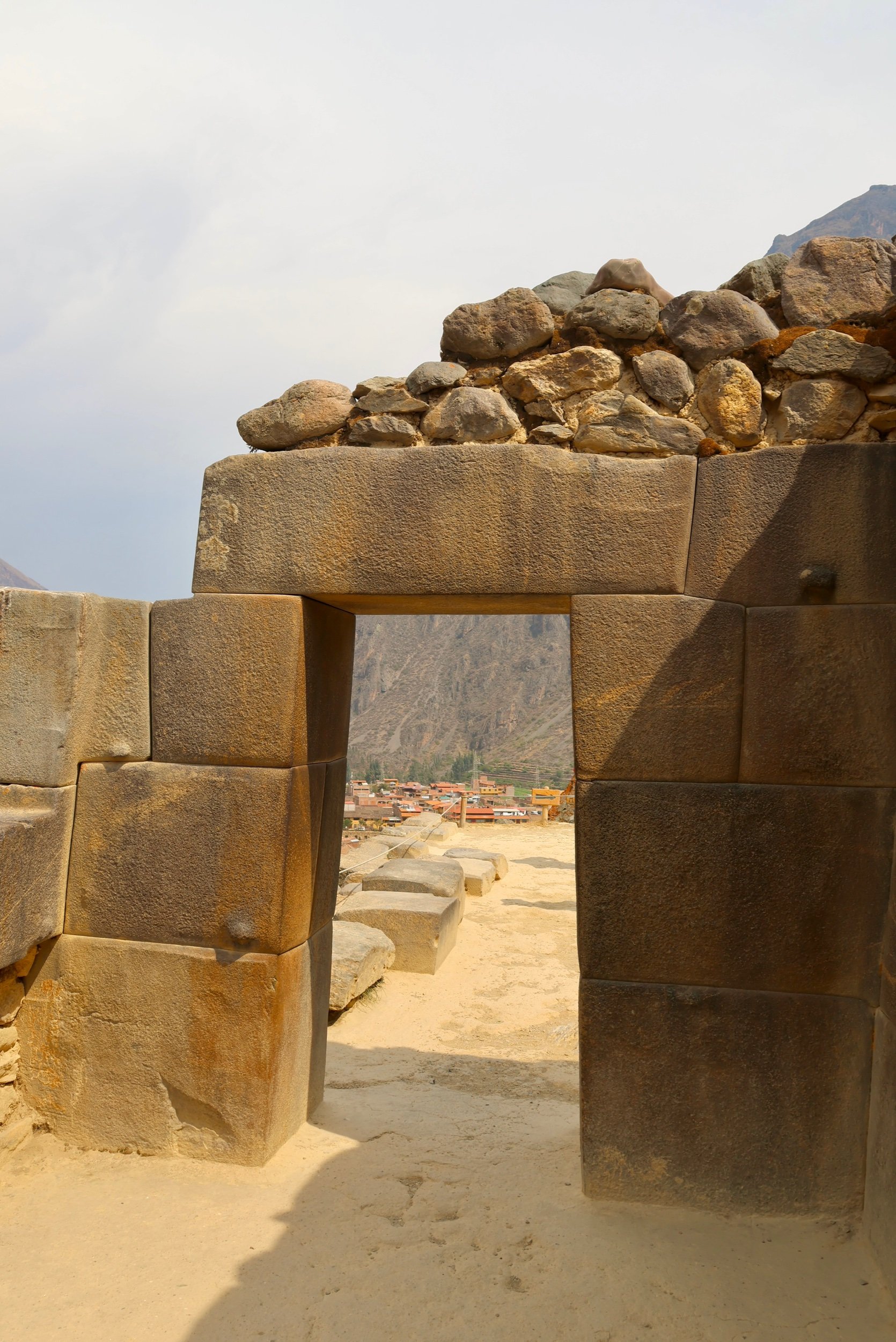
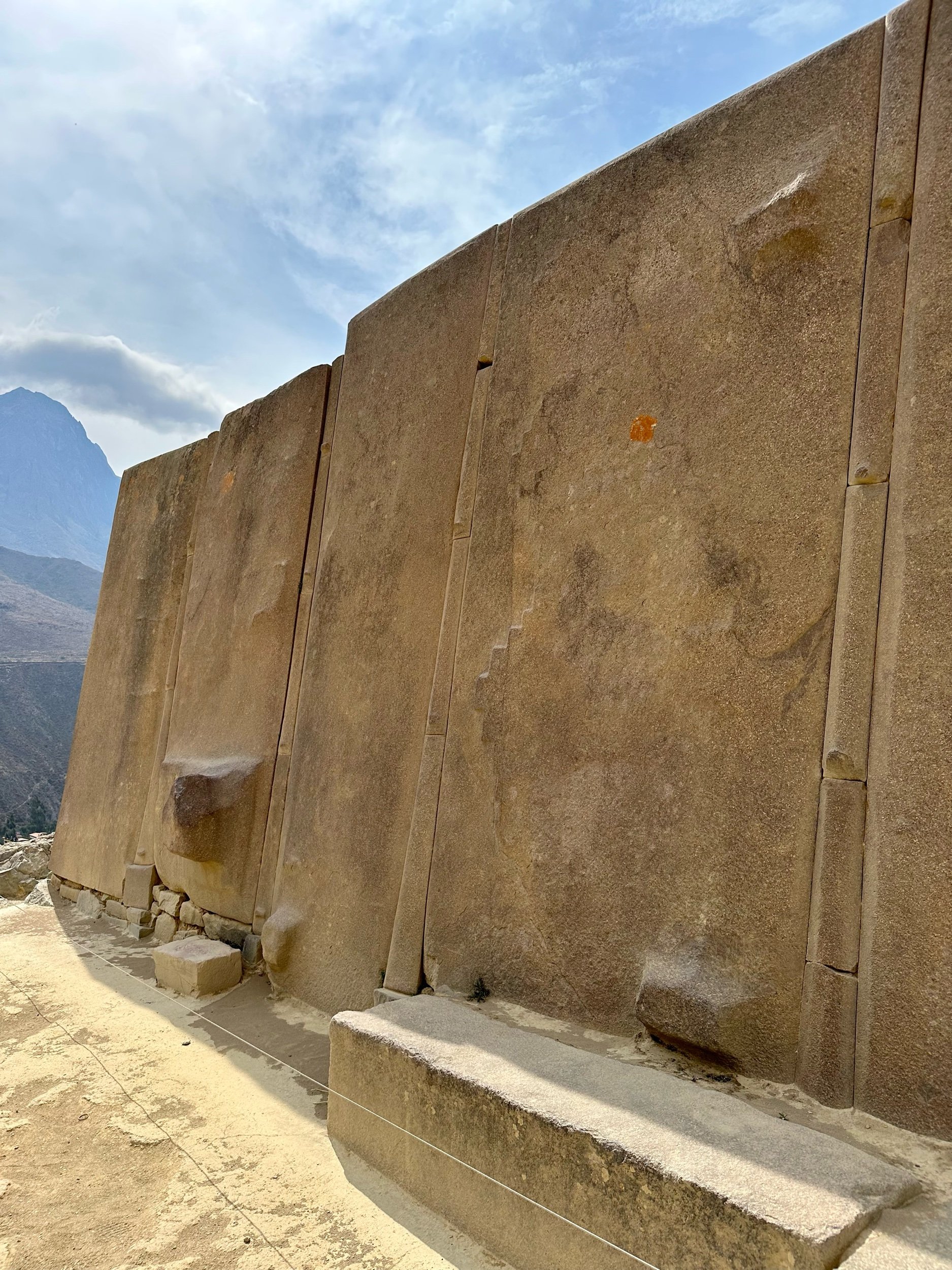
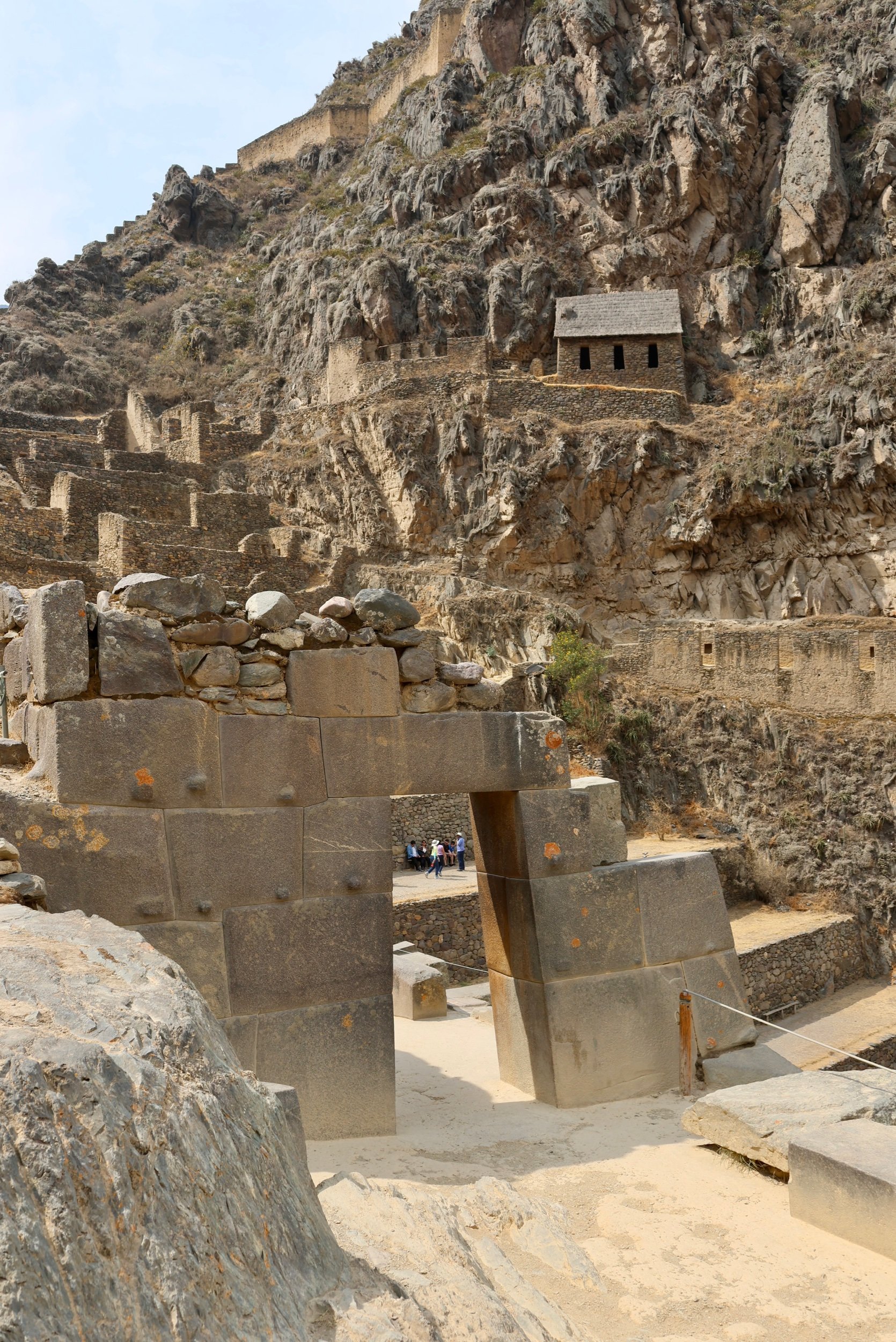
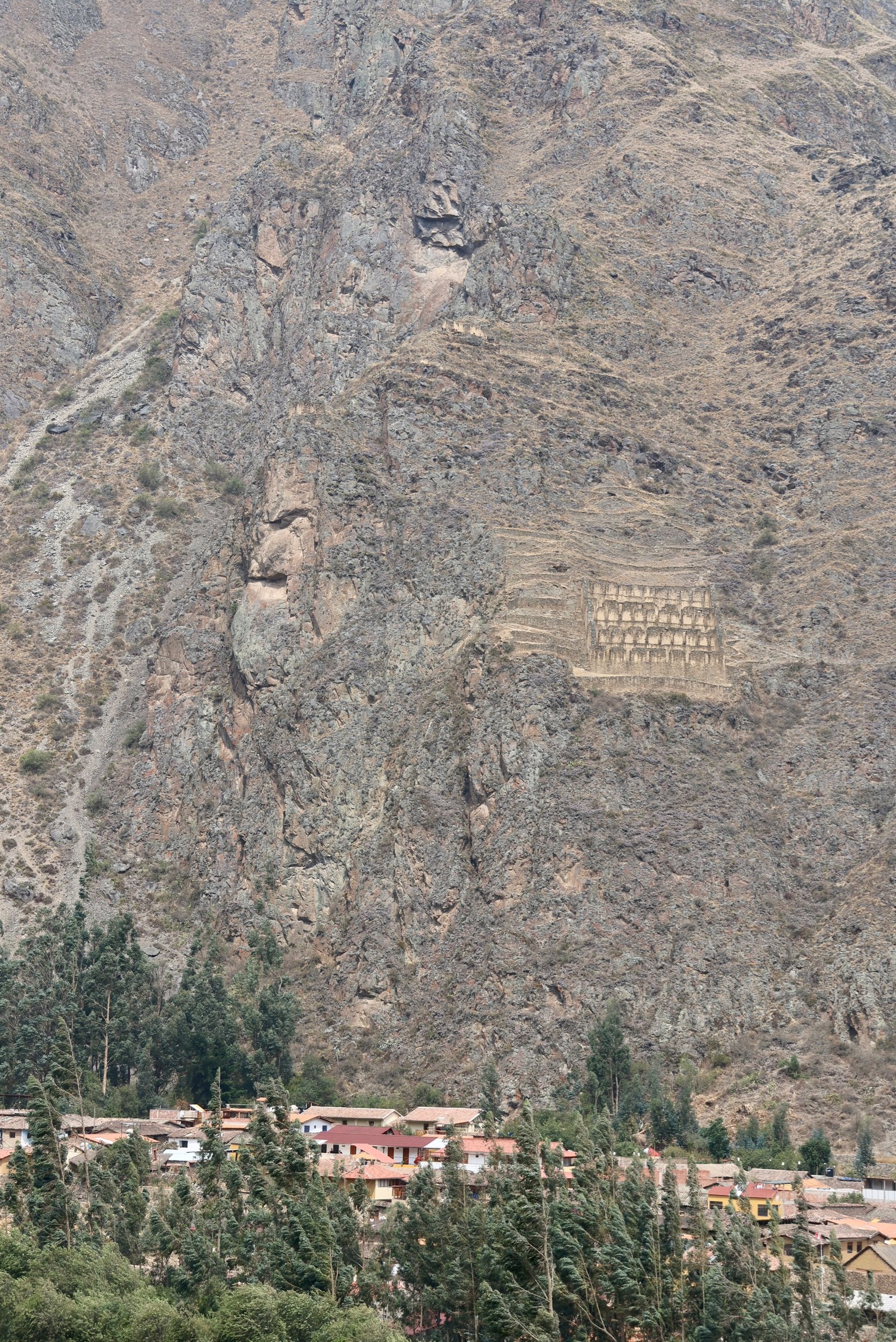
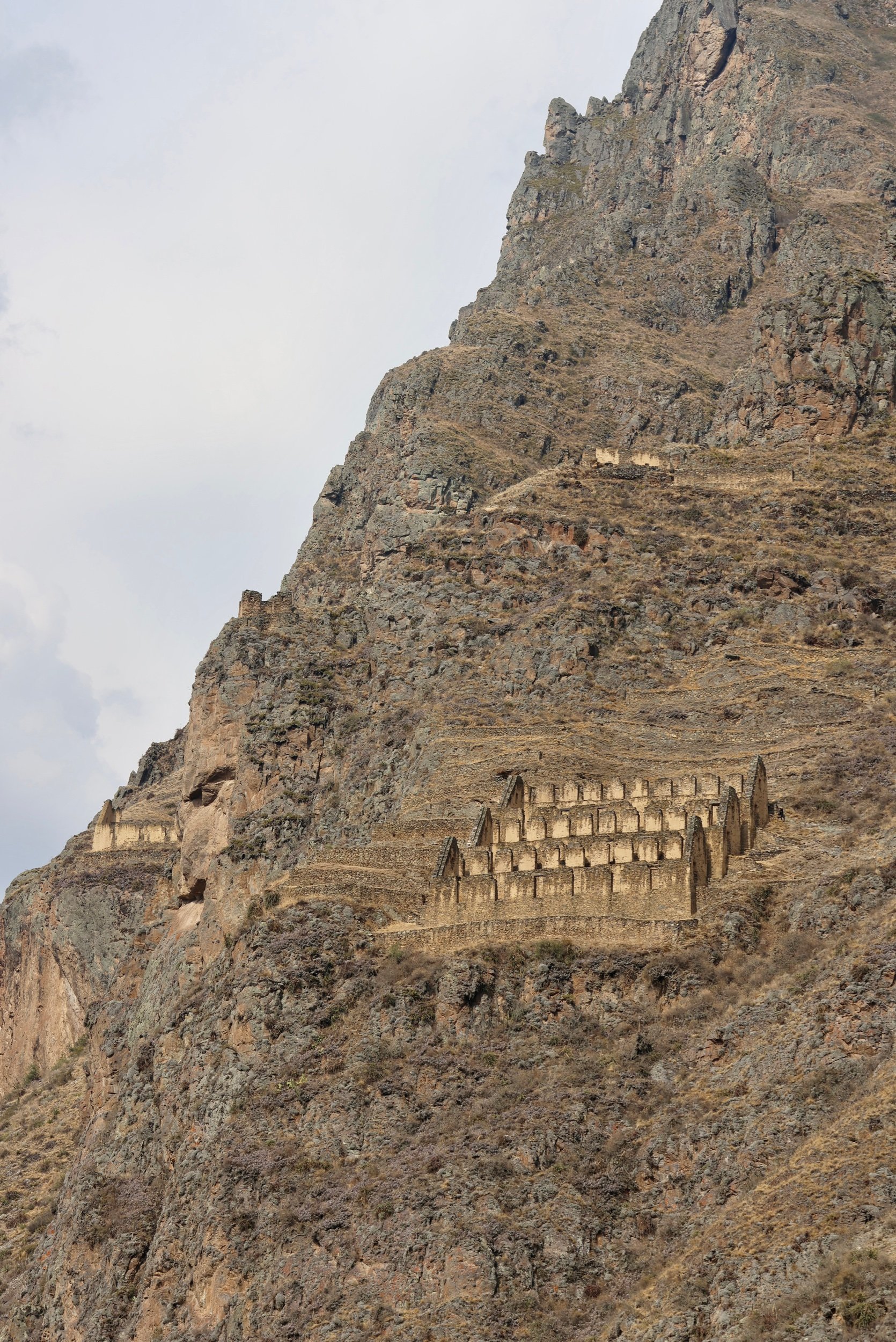
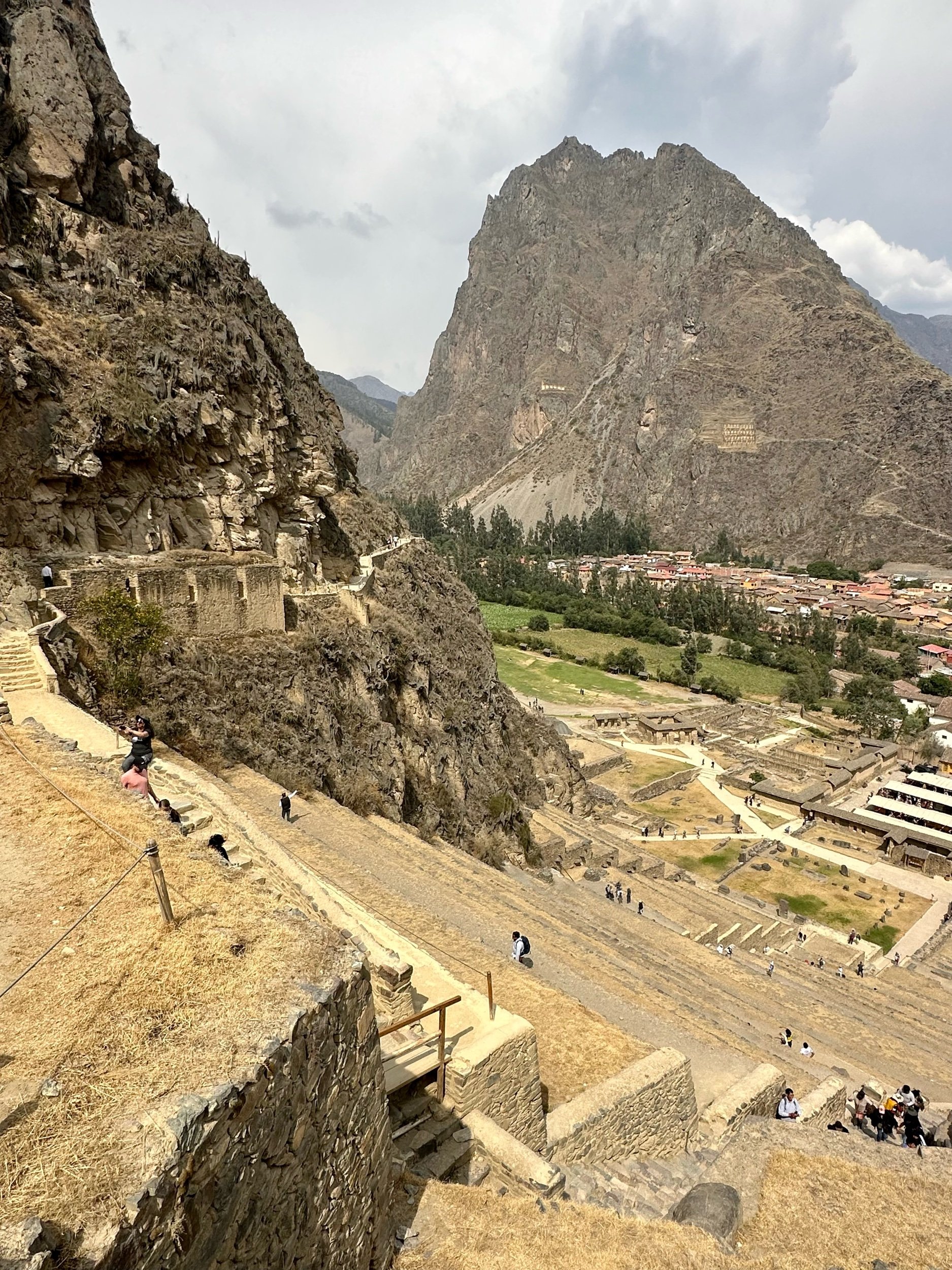
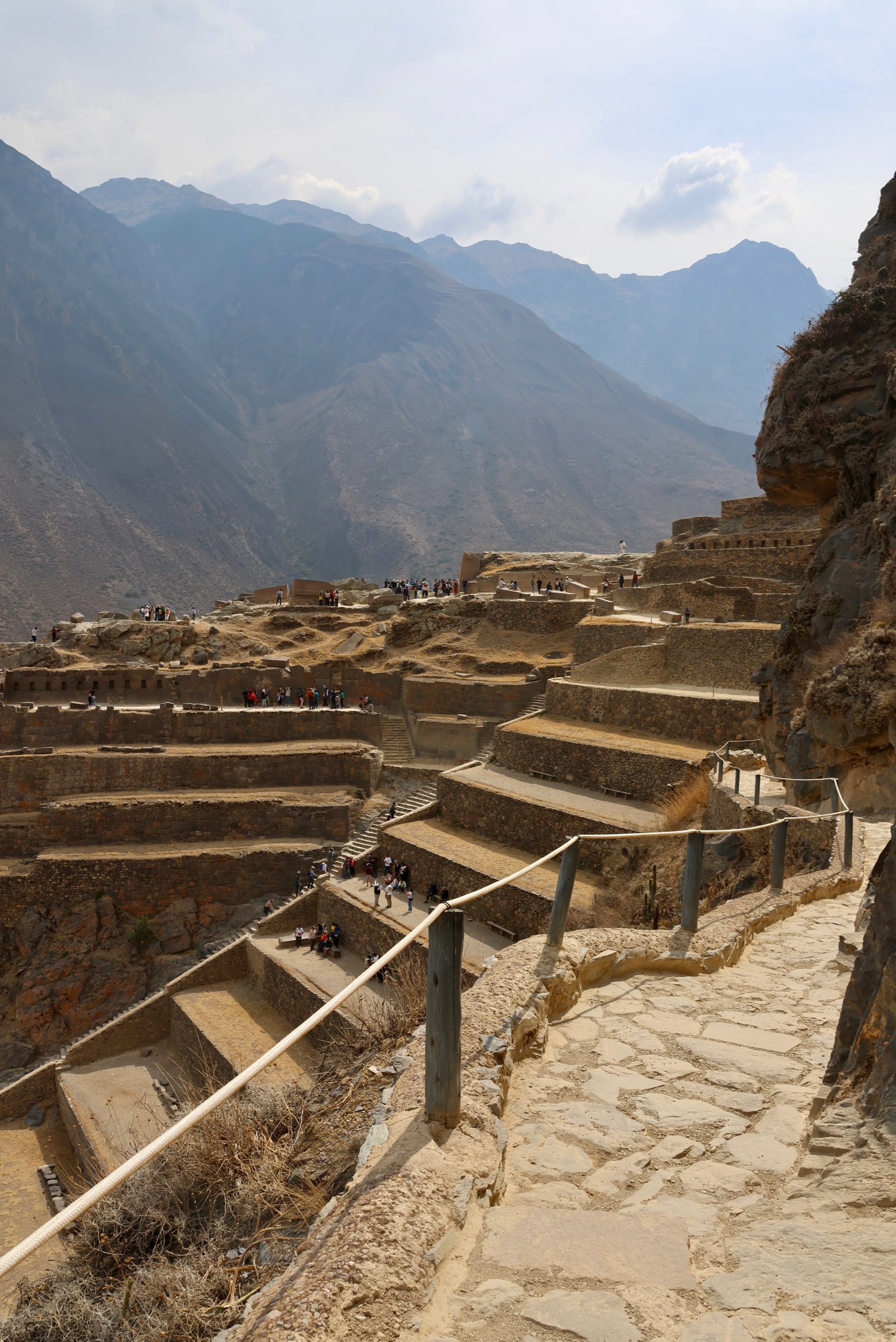
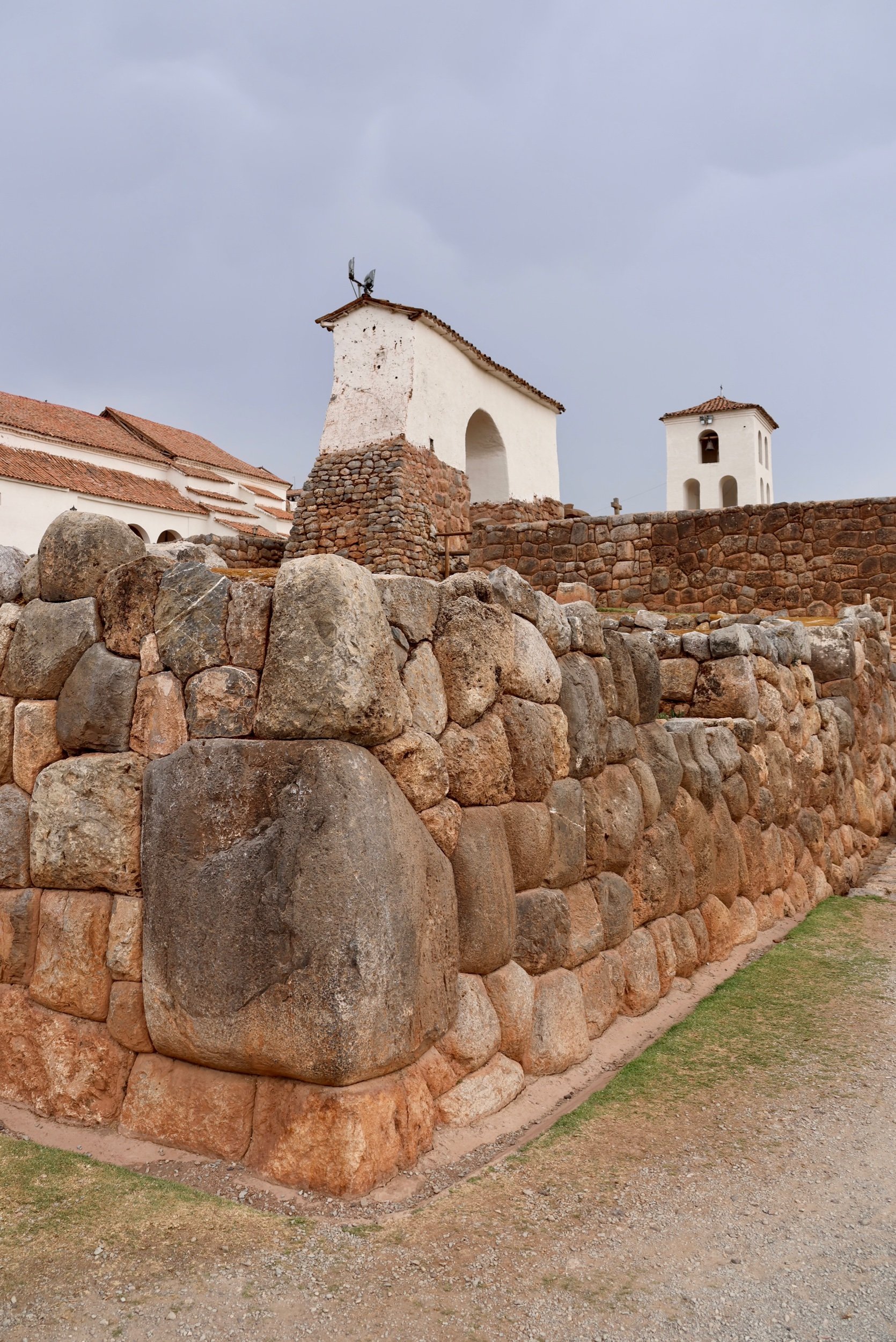
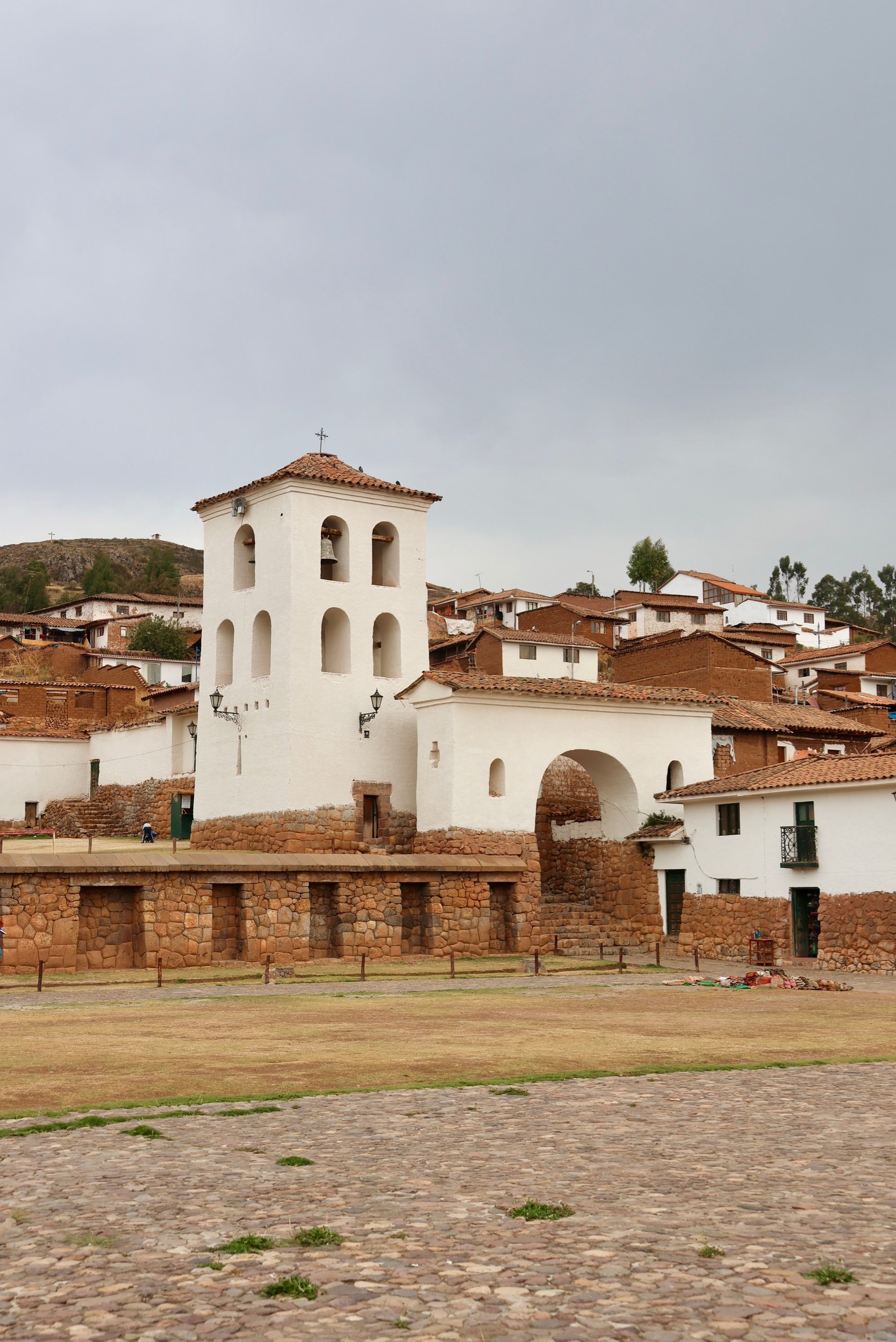
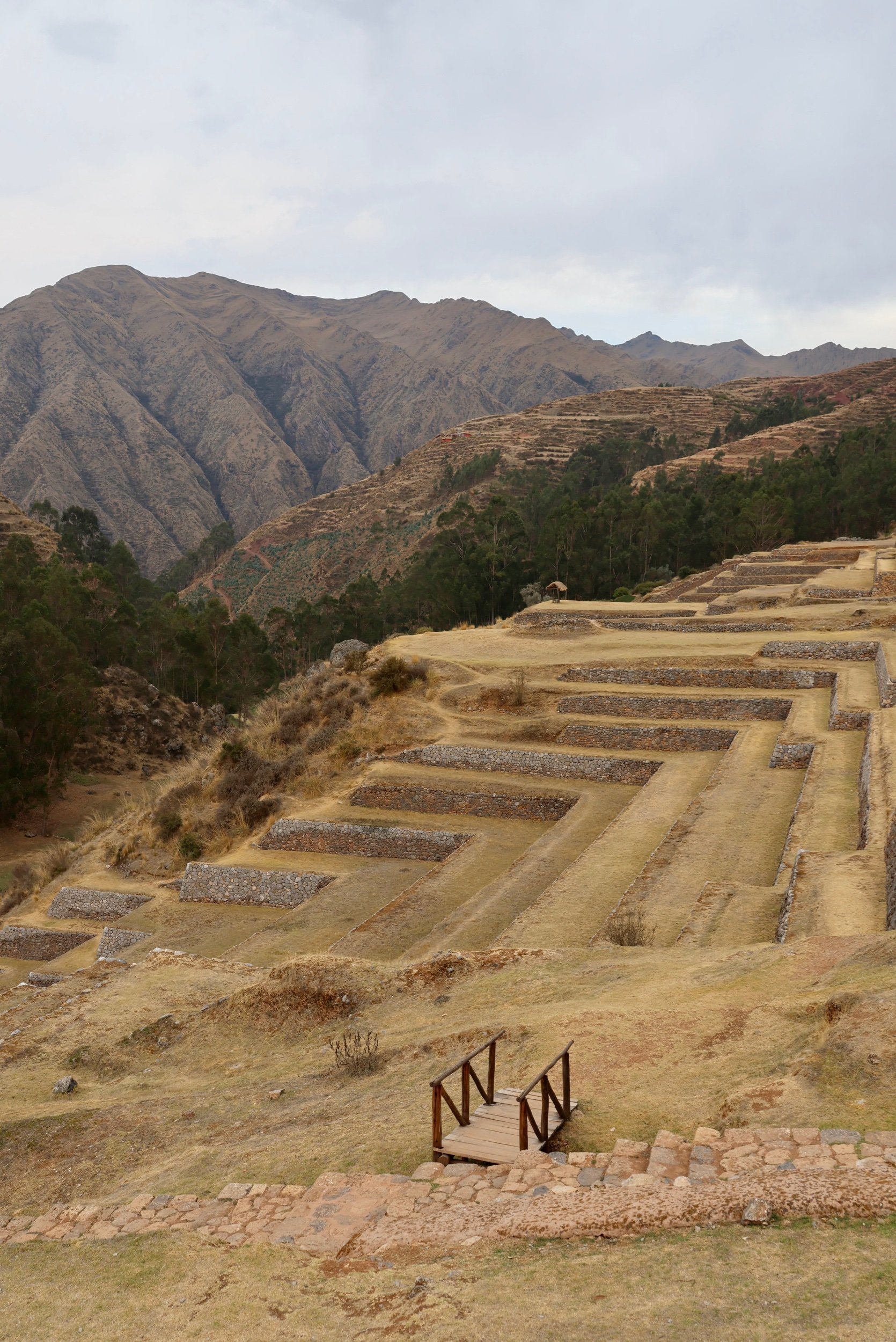
On our last day in Cusco we had no tours planned and took advantage of the free time to rest in preparation for our 5-day hiking trek to Machu Picchu. Lolz, no, I married Susan Davies, she is insane. She found another ruin that no tours went to in a small town called Tipon. This required us to navigate the local collectivos (tiny van buses? that definitely did not have a central map for reference) to a tiny town an hour outside of Cusco, find a taxi in said tiny town (we stood on the side of the highway looking like idiots until a taxi pulled over asking us if we needed a ride), and drive 20 minutes up a mountain road to said ruins. While this seems daunting and potentially unwise to do, in typical Susan fashion she crushed the logistics and got us there with no issues; I am a lucky man. Unfortunately the weather did not cooperate and it started hailing as soon as we got there. But we were still able to walk around the ruins which apparently were a sort of park for the wealthy and royal citizens; there were intricate canals and wide terraces for the special citizens to enjoy and relax. We made it home and started to finally get ready for our trek to Machu Picchu. We really enjoyed seeing the history and archeology of the Inca people. It gave us such an appreciation for how their society operated and the incredible determination they had in order to thrive in their local environments. Cusco was a one-of-a-kind place that we definitely hope to visit again!
